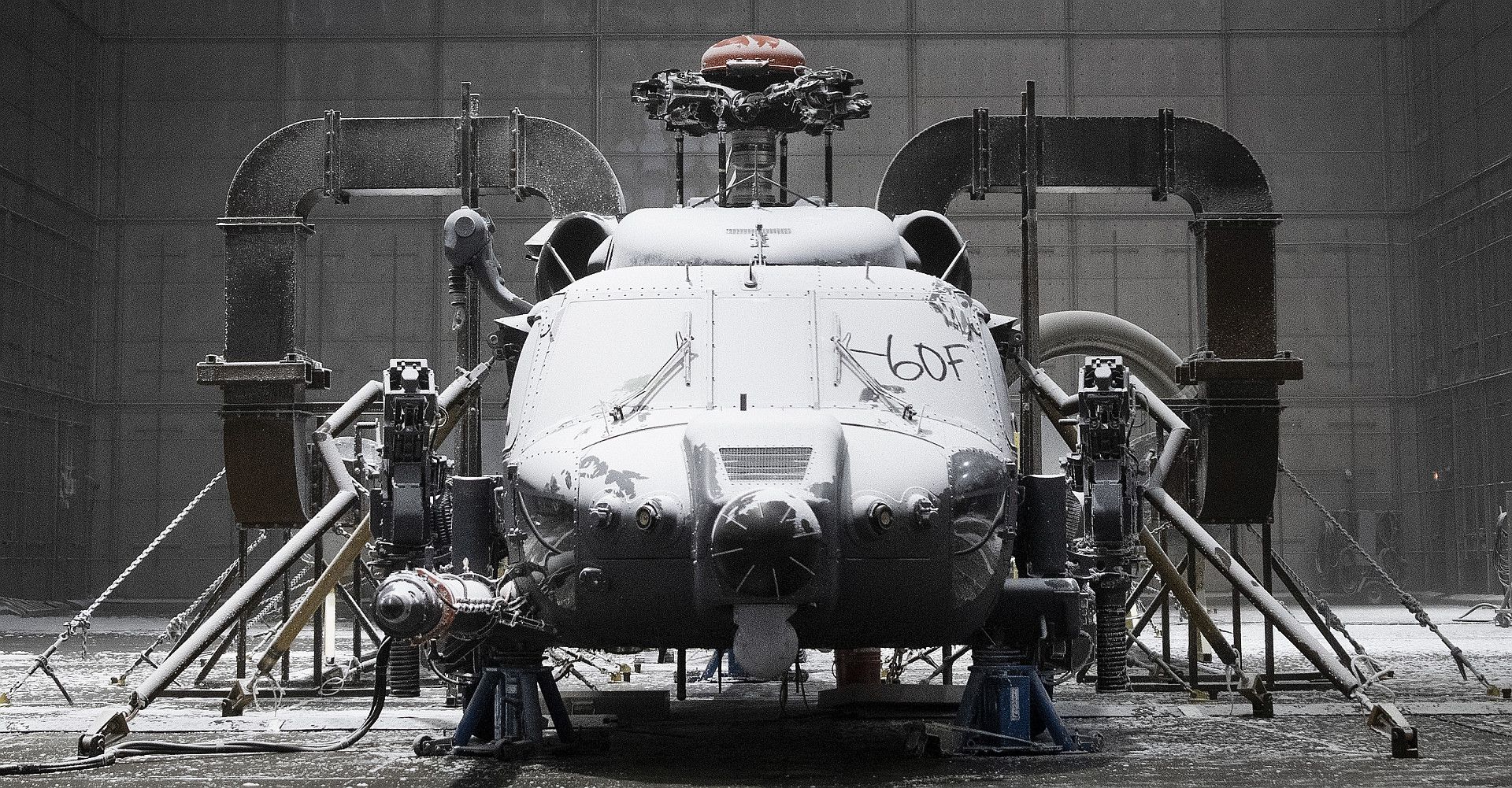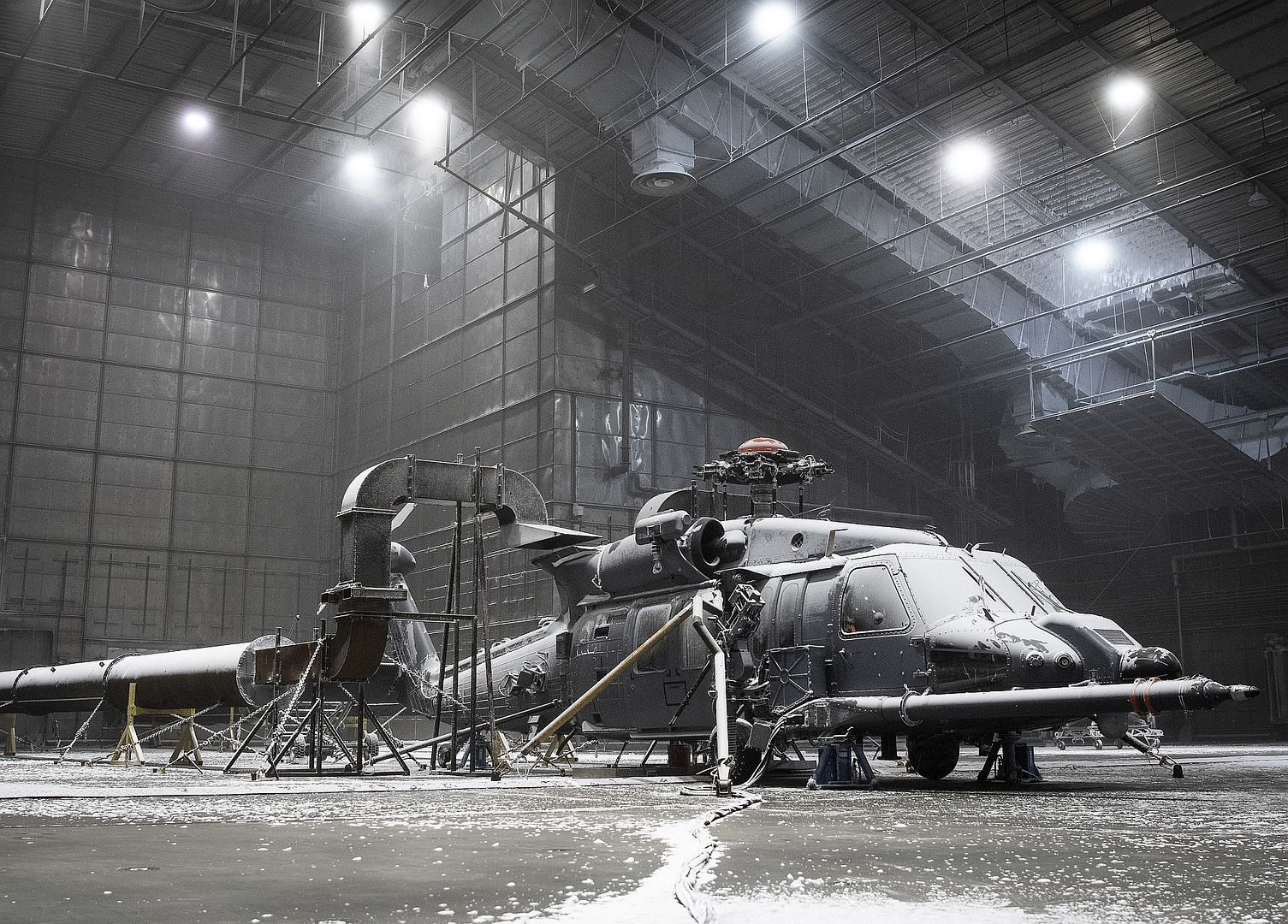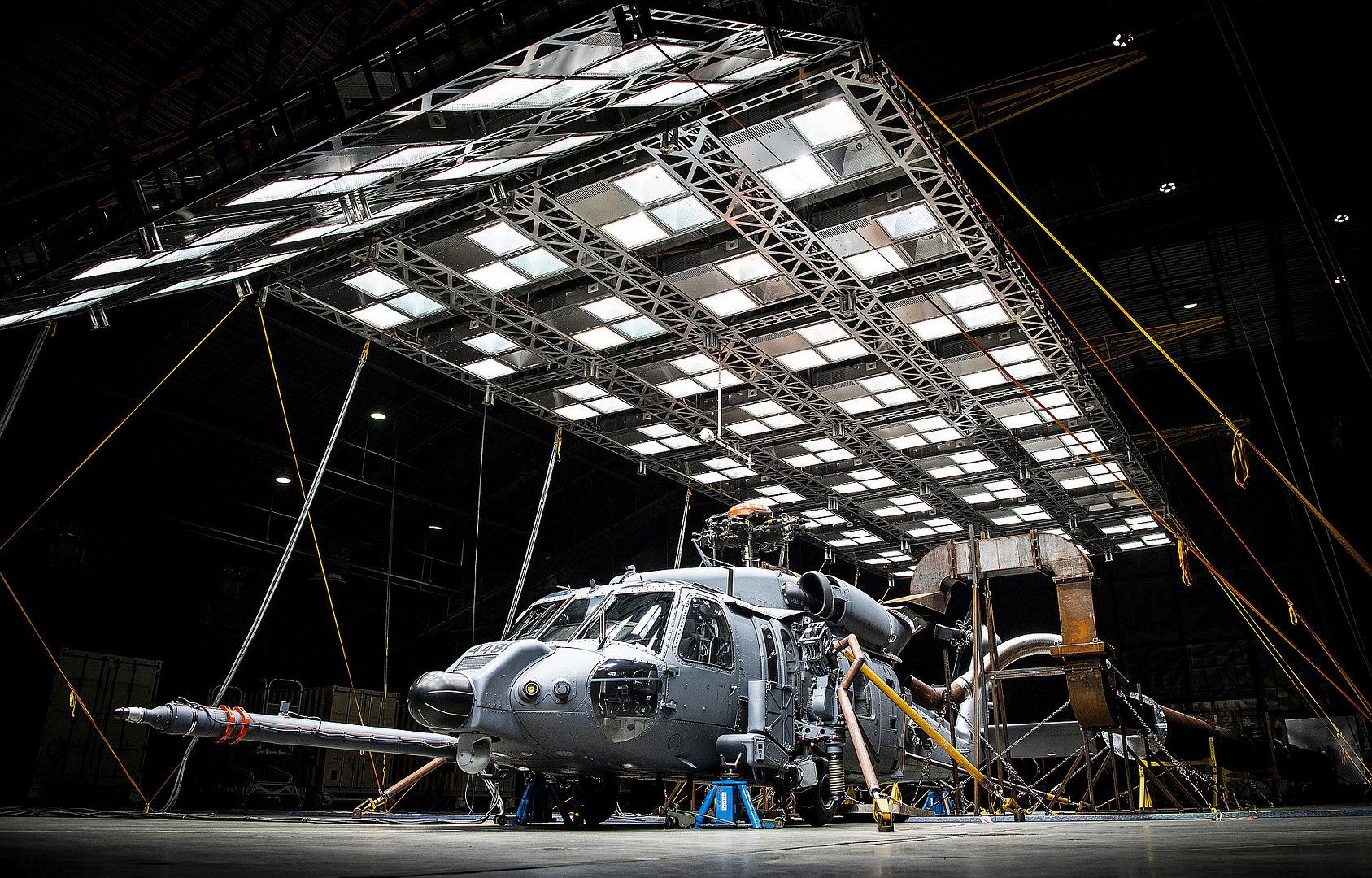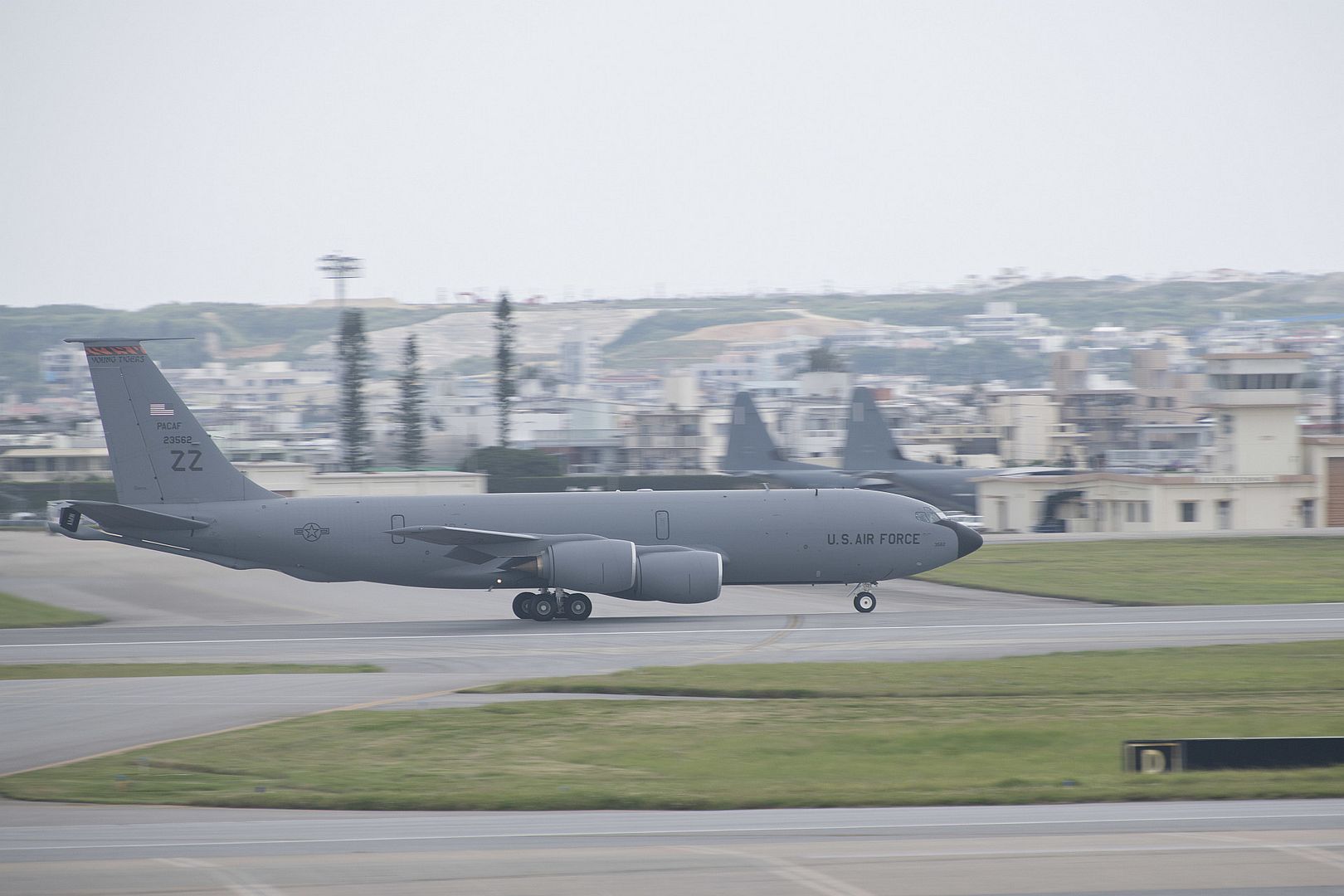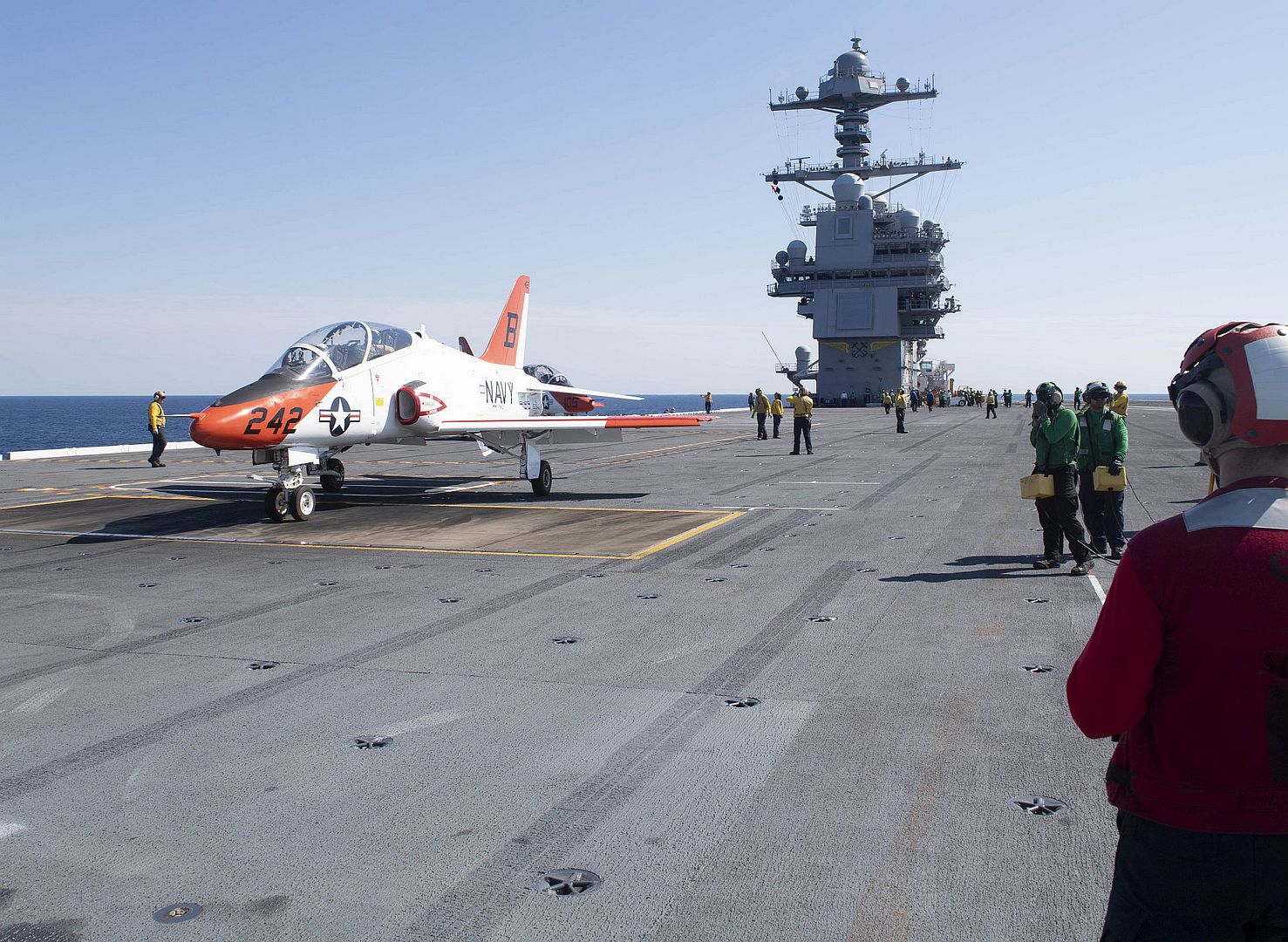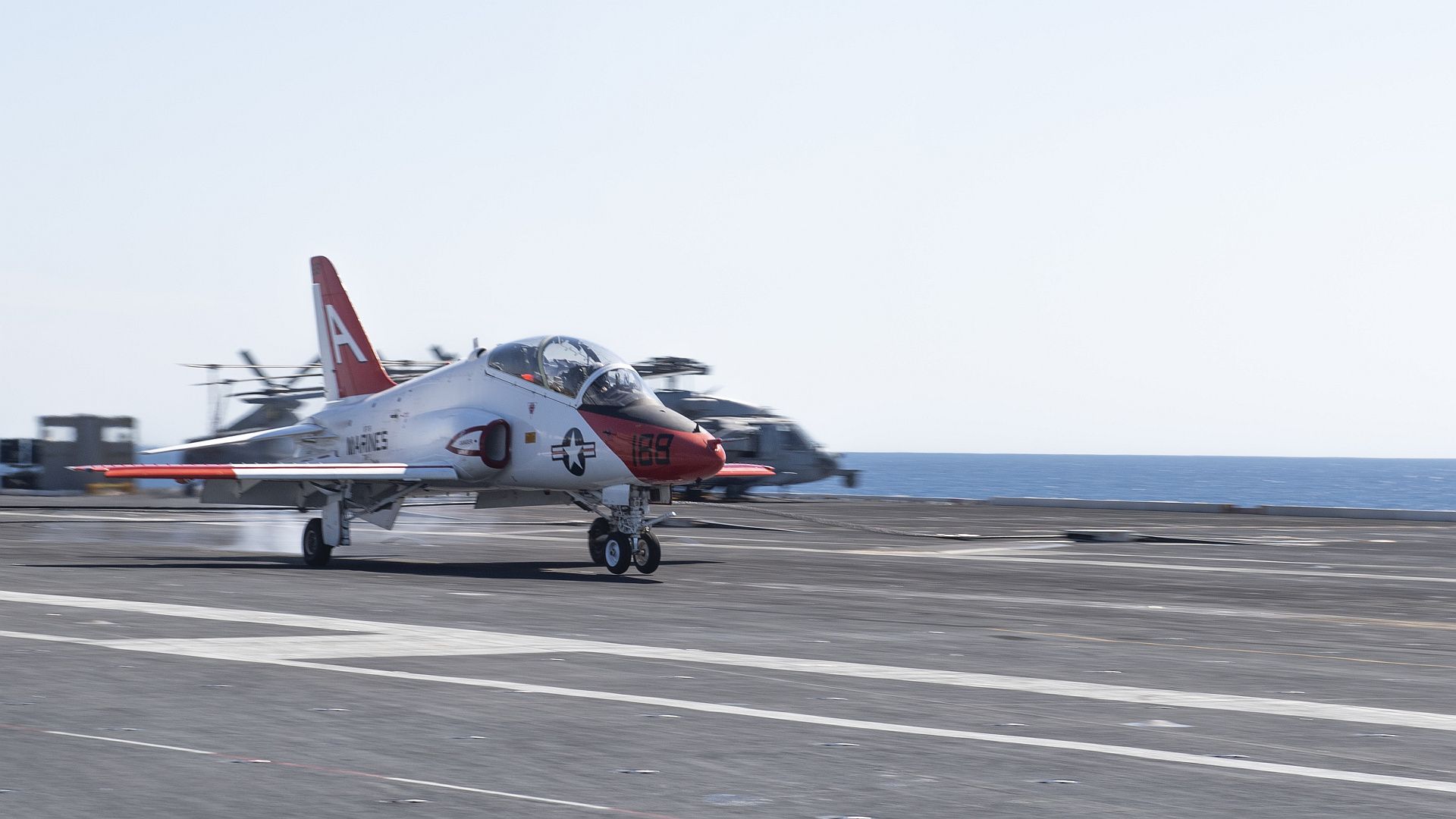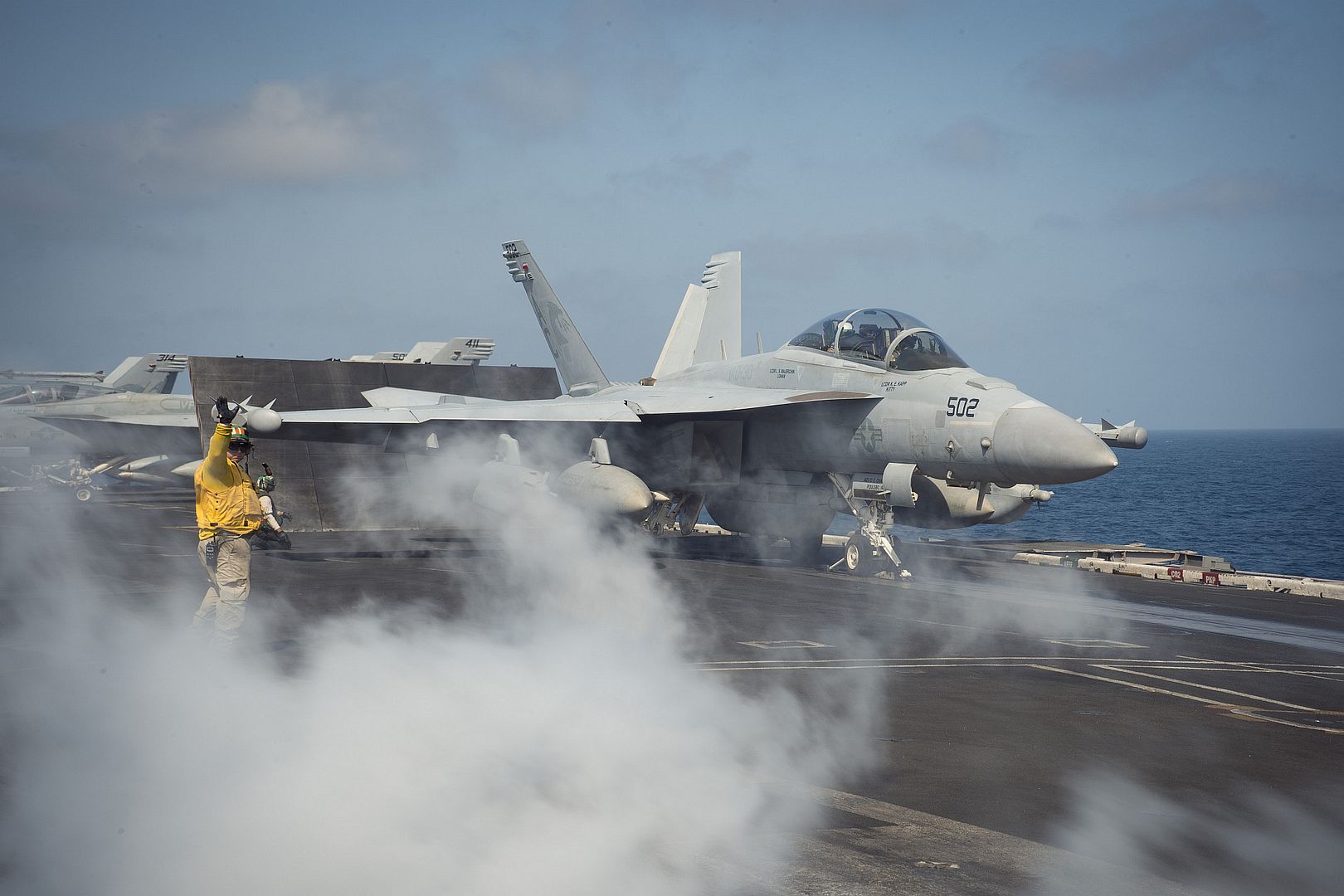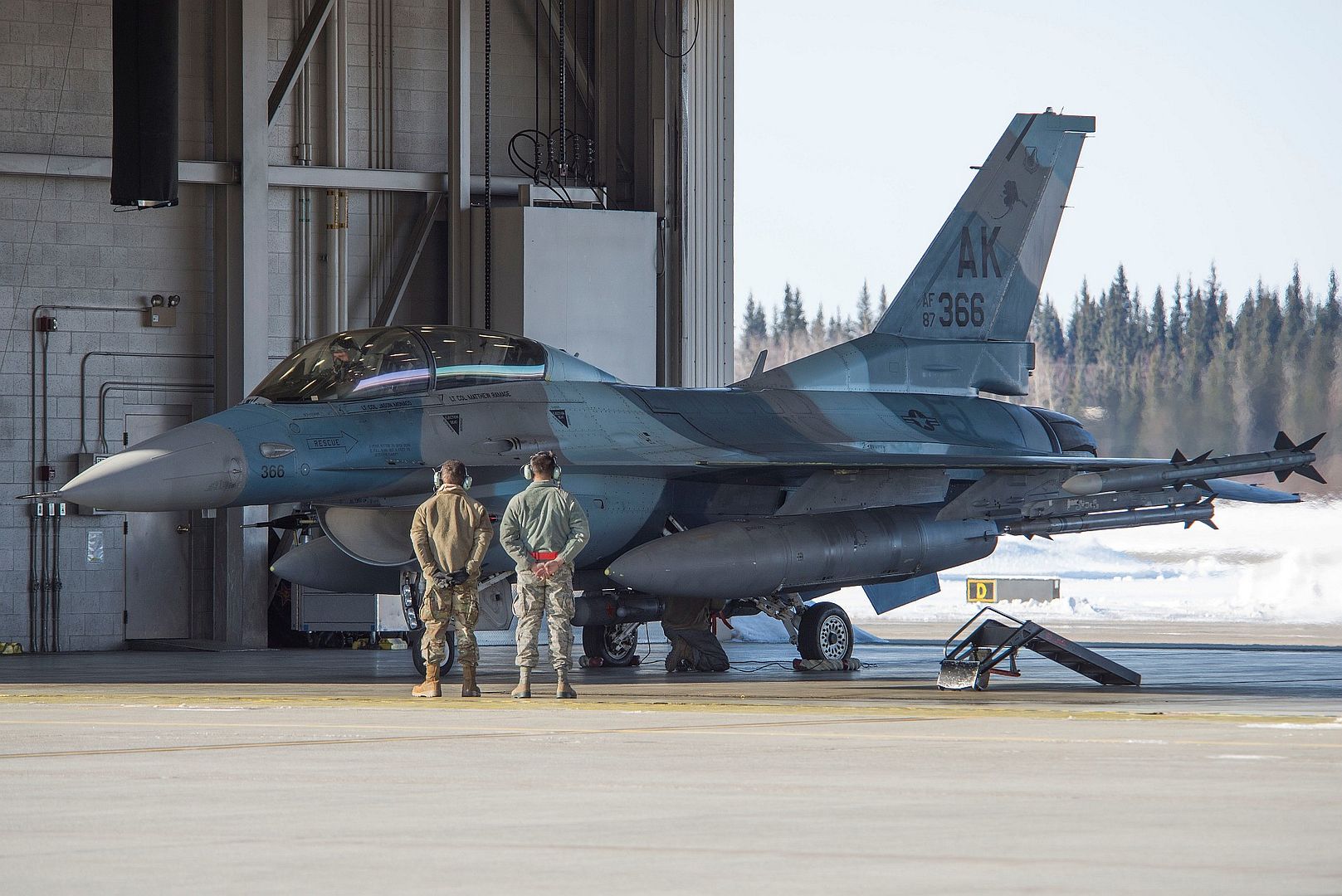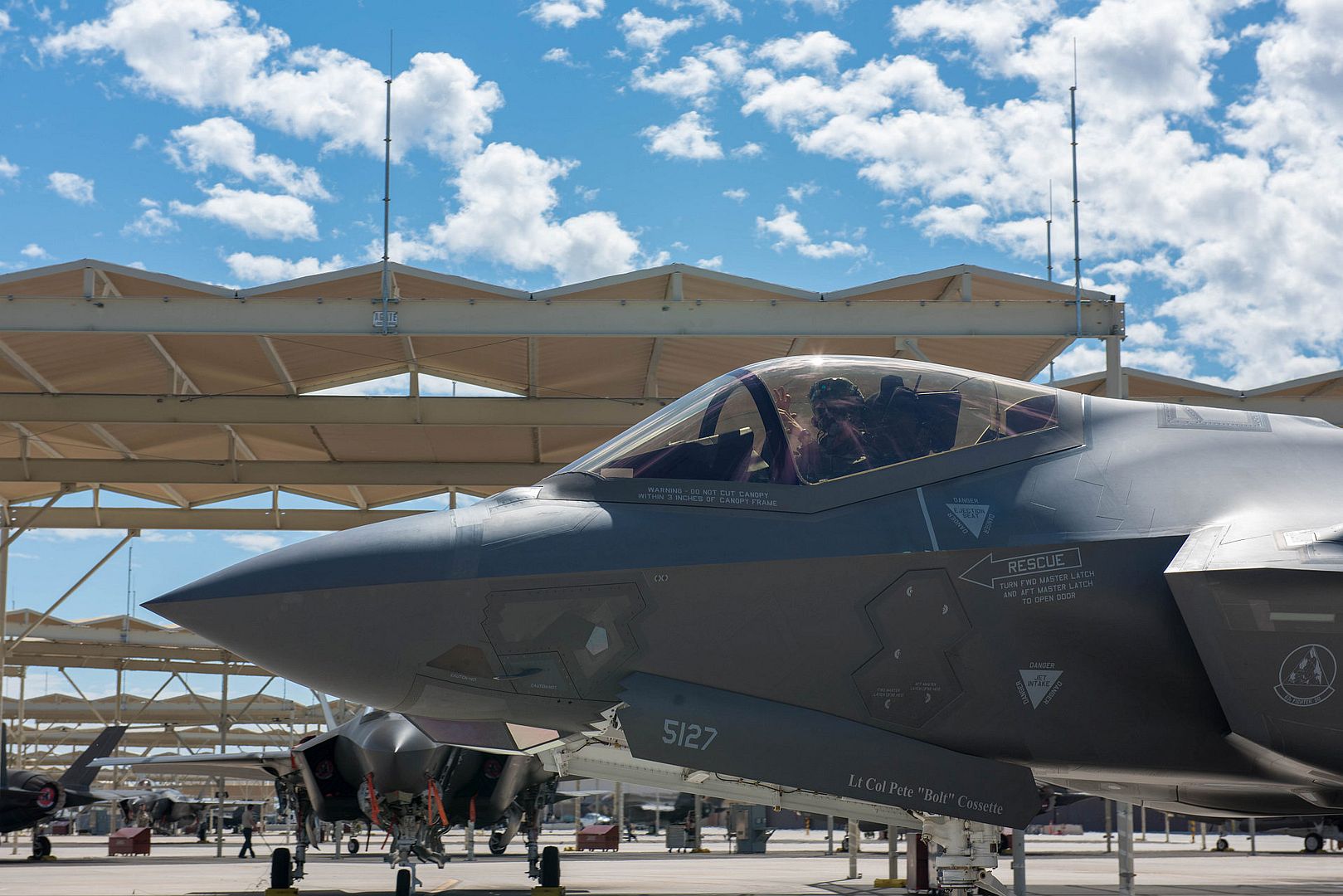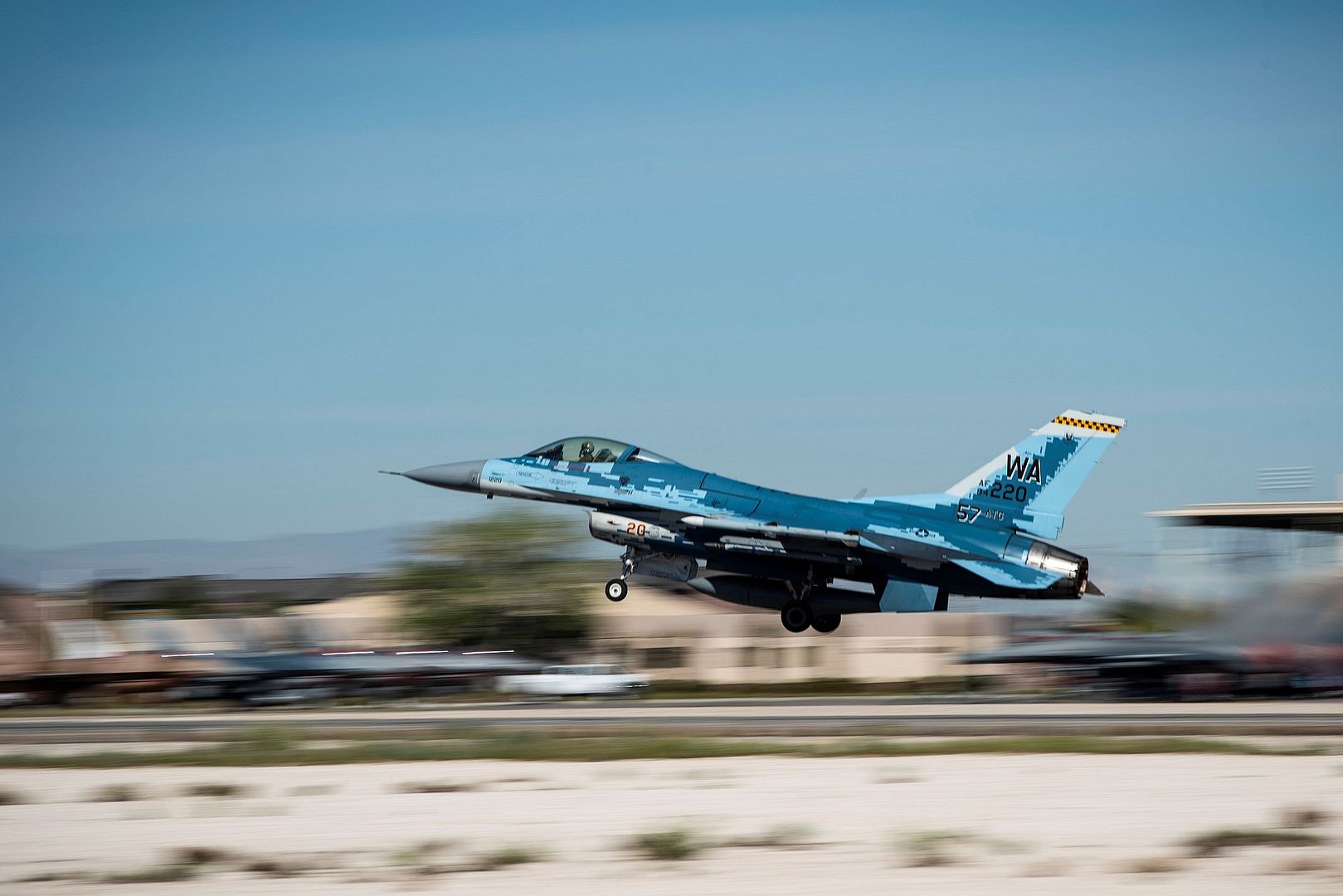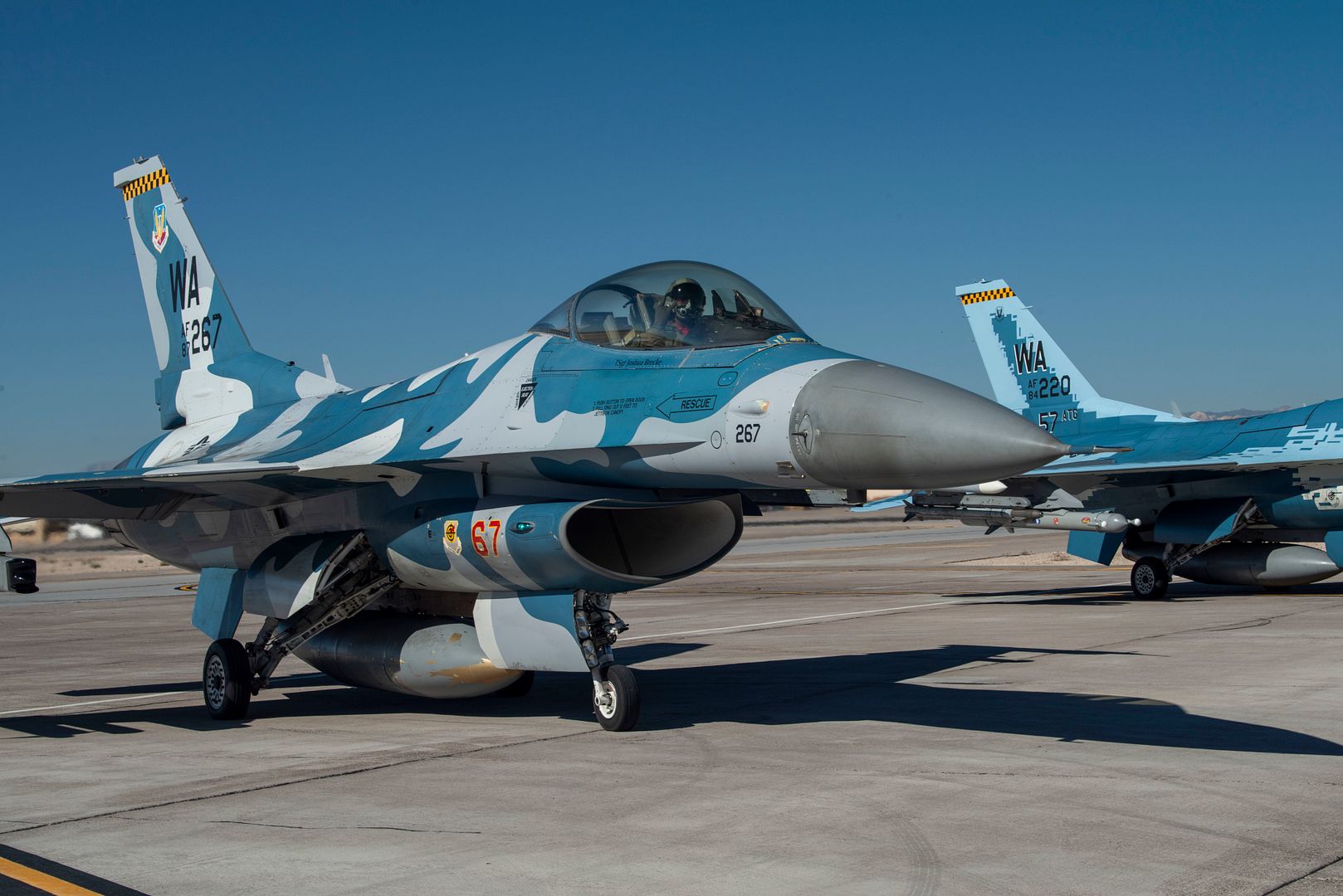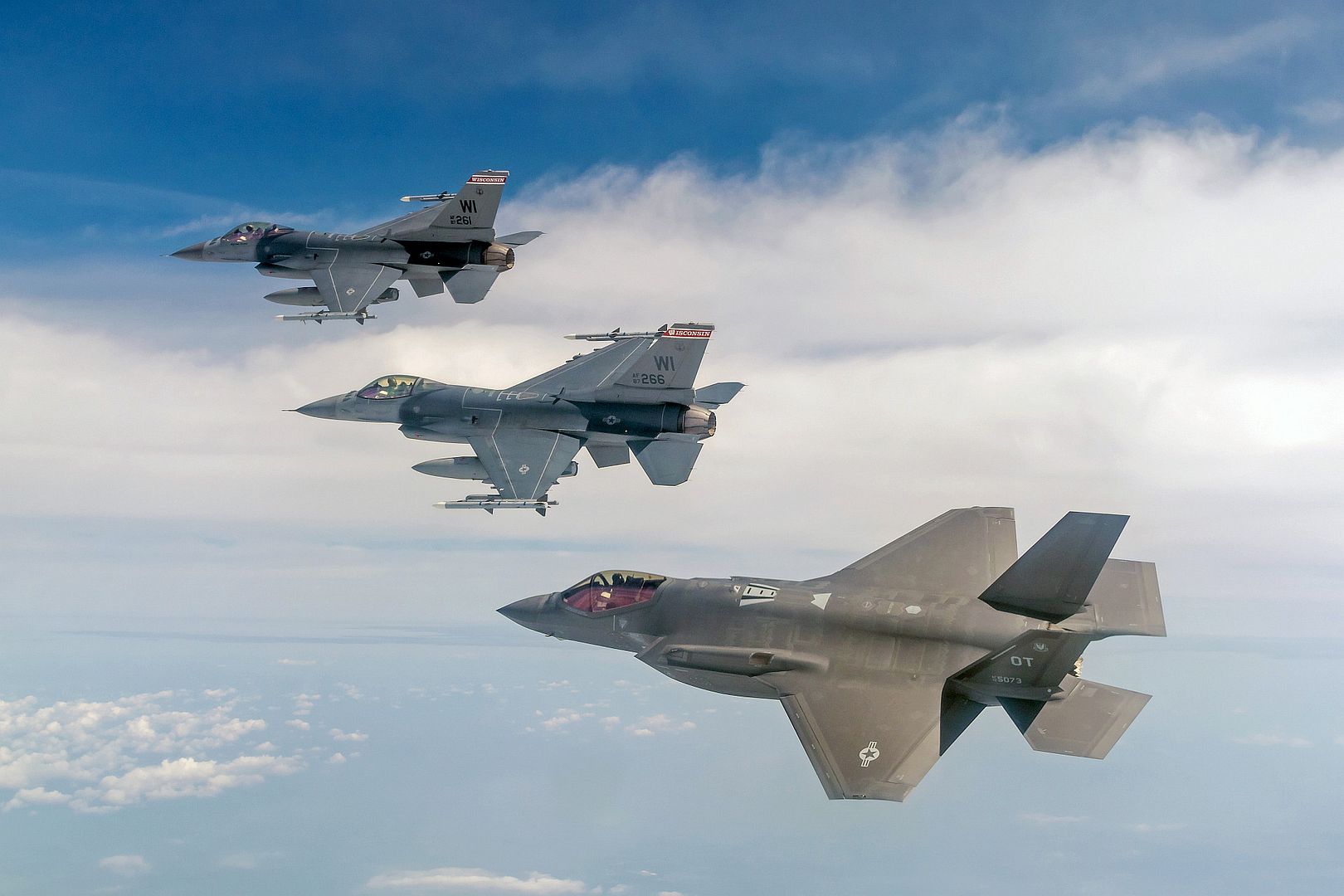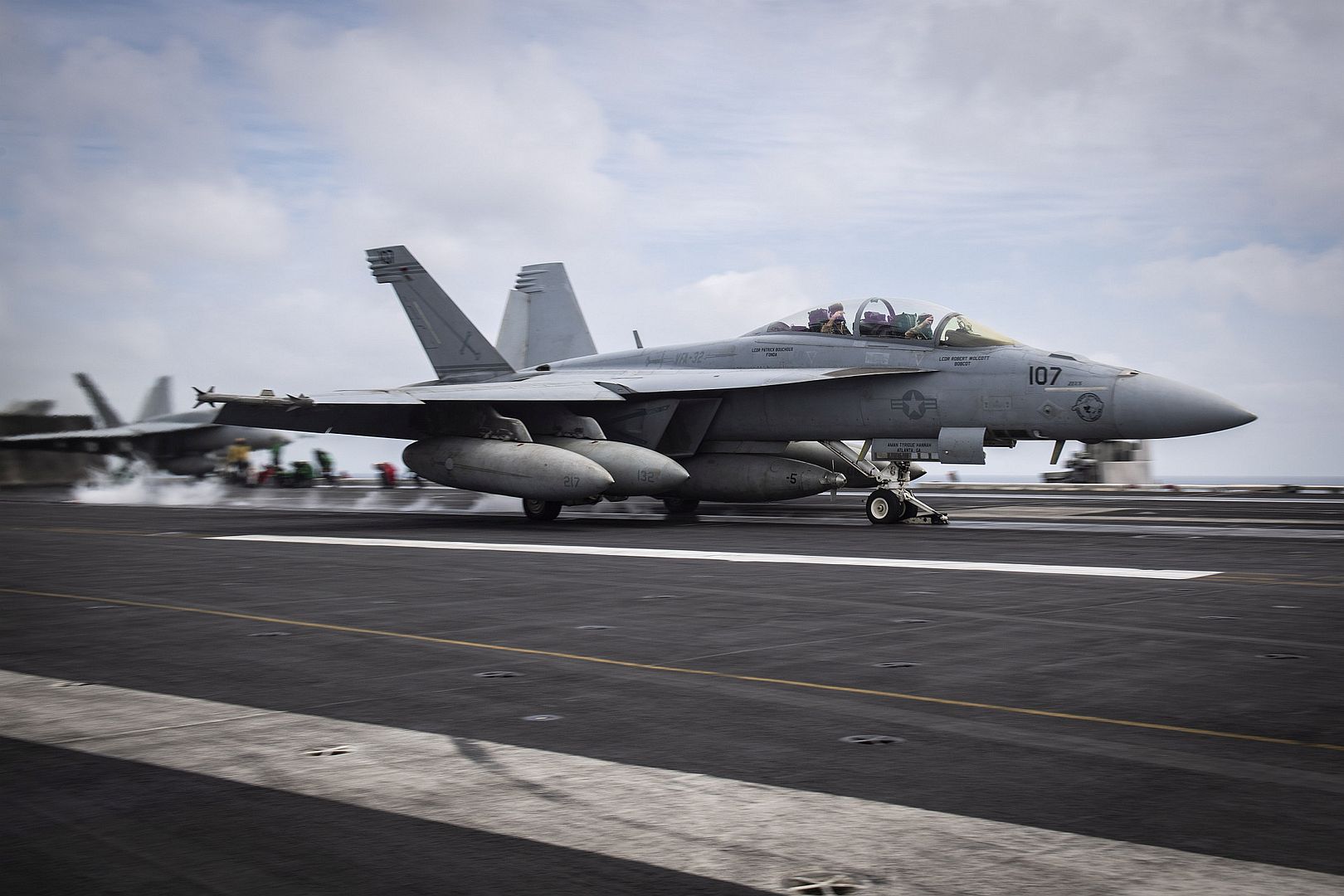Forums
- Forums
- Axis And Allies Forum
- General Discussion
- Aviation News
Aviation News
Post a reply
- Go to Previous topic
- Go to Next topic
- Go to Welcome
- Go to Introduce Yourself
- Go to General Discussion
- Go to Screenshots, Images and Videos
- Go to Off topic
- Go to Works in Progress
- Go to Skinning Tips / Tutorials
- Go to Skin Requests
- Go to IJAAF Library
- Go to Luftwaffe Library
- Go to RAF Library
- Go to USAAF / USN Library
- Go to Misc Library
- Go to The Ops Room
- Go to Made in Germany
- Go to Campaigns and Missions
- Go to Works in Progress
- Go to Juri's Air-Raid Shelter
- Go to Campaigns and Missions
- Go to Works in Progress
- Go to Skinpacks
- Go to External Projects Discussion
- Go to Books & Resources
-
 Main AdminAn F-15C Eagle takes off from Kadena Air Base, Japan, April 3, 2020. Both the 44th and 67th Fighter Squadrons at Kadena AB play a unique role in securing peace and stability in a free and open Indo-Pacific with their F-15C capabilities. (U.S. Air Force photo by Senior Airman Cynthia Bel?o)
Main AdminAn F-15C Eagle takes off from Kadena Air Base, Japan, April 3, 2020. Both the 44th and 67th Fighter Squadrons at Kadena AB play a unique role in securing peace and stability in a free and open Indo-Pacific with their F-15C capabilities. (U.S. Air Force photo by Senior Airman Cynthia Bel?o)
An F-15E Strike Eagle assigned to the 492nd Fighter Squadron launches for a training sortie from Royal Air Force Lakenheath, England, April 6, 2020. The 492nd conducts daily routine training to ensure the Liberty Wing brings unique air combat capabilities to the fight when called upon by United States Air Forces in Europe-Air Forces Africa. (U.S. Air Force photo by Airman 1st Class Madeline Herzog)
An F-15C Eagle assigned to the 493rd Fighter Squadron launches for a training sortie from Royal Air Force Lakenheath, England, April 6, 2020. The 493rd conducts daily routine training to ensure the Liberty Wing brings unique air combat capabilities to the fight when called upon by United States Air Forces in Europe-Air Forces Africa. (U.S. Air Force photo by Airman 1st Class Madeline Herzog)
An F-15E Strike Eagle assigned to the 494th Fighter Squadron launches for a training sortie from Royal Air Force Lakenheath, England, April 6, 2020. The 494th conducts daily routine training to ensure the Liberty Wing brings unique air combat capabilities to the fight when called upon by United States Air Forces in Europe-Air Forces Africa. (U.S. Air Force photo by Airman 1st Class Madeline Herzog)
An F-15C Eagle assigned to the 493rd Fighter Squadron lands after a training sortie at Royal Air Force Lakenheath, England, April 6, 2020. The 493rd conducts daily routine training to ensure the Liberty Wing brings unique air combat capabilities to the fight when called upon by United States Air Forces in Europe-Air Forces Africa. (U.S. Air Force photo by Airman 1st Class Madeline Herzog)
An F-35B Lightning II assigned to the 31st Marine Expeditionary Unit (MEU), Marine Medium Tiltrotor Squadron (VMM) 265 (Reinforced) takes of the flight deck of amphibious assault ship USS America (LHA 6). America, flagship of the America Expeditionary Strike Group, 31st MEU, is operating in the U.S. 7th Fleet area of operations to enhance interoperability with allies and partners and serve as a ready response force to defend peace and stability in the Indo-Pacific region.
Photo by Seaman Apprentice Theodore Lee.
04.04.2020
The Russian Aerospace Forces completed the operation to transfer to the Republic of Serbia Russian military specialists, the necessary equipment and machinery to assist Serbia in the fight against the spread of coronavirus infection.
For these purposes, the crews of military transport aircraft Il-76 of the Russian Aerospace Forces completed 11 flights from the Chkalovsky airfield (Moscow region) to the Batainitsa airfield, located 20 kilometers northwest of Belgrade (Republic of Serbia).
87 servicemen of the Russian Ministry of Defence, including military physicians, specialist virologists of the NBC protection troops, special medical equipment, protective equipment and 16 pieces of military equipment, were delivered to the Republic of Serbia.
On April 4, in Belgrade, at the base of the military medical academy of the Serbian military department, a meeting will be held with the participation of representatives of the Ministry of Health and the Ministry of Defence of Serbia, at which the most priority objects for the work of Russian military specialists and the arrived equipment will be determined.
The day before, the first consultations of Russian and Serbian military experts took place at the Batainitsa airfield to identify possible areas of application for Russian aid that arrived in Serbia, at which it was proposed to use Russian medical and nursing teams in the settlements of the Republic of Serbia with the most difficult epidemiological conditions - Belgrade, Chupria, Valjevo, Novi Sad, Nis, Kragujevac, Kikinda.
It is planned to use the specialists of the NBC protection troops to disinfect a military camp in the city of Bachka Pola, where cases of the coronavirus of Serbian military personnel have been detected.
Tokyo, 6 April 2020 ? Japan?s largest Super Puma operator, Japan Coast Guard (JCG), has placed a new order of two H225 helicopters. This follow-on order brings JCG?s Super Puma fleet to 15, comprising two AS332s and 13 H225s. The new helicopters will be utilised for territorial coastal activities, security enforcement, as well as disaster relief missions in Japan.
?We thank the Japan Coast Guard for its continued confidence in the H225,? said Guillaume Leprince, Managing Director of Airbus Helicopters in Japan. ?The H225 is well regarded as a reference in search-and-rescue operations and security enforcement, and we are certainly happy to see these helicopters effectively deployed in Japan through the years. We have delivered three new H225 to JCG in the recent months, within schedule, and are committed to fully supporting its existing fleet, as well as its upcoming deliveries, ensuring high availability for its operations.?
The JCG?s H225s are covered by Airbus? HCare Smart full-by-the-hour material support. This customised fleet availability programme allows JCG to focus on its flight operations whilst Airbus manages its assets.
The 11-ton-category, twin-engine H225 is the latest member of Airbus Helicopters? Super Puma family. Equipped with state-of-the-art electronic instruments and renowned autopilot precision, the all-weather capable H225 offers outstanding endurance and fast cruise speed, and can be fitted with various equipment to suit any role.
In Japan alone, a total of 28 helicopters from the Super Puma family are currently flown by civil, parapublic operators, and Japan?s Ministry of Defense for various search and rescue missions, offshore operations, VIP, fire-fighting, and passenger and goods transportation.
Toulouse - Airbus continues to purchase and supply millions of face masks from China, the large majority of which will be donated to governments of the Airbus home countries, namely France, Germany, Spain and the UK.
An Airbus flight test crew has just completed its latest mission with an A350-1000 test aircraft. This is the third of such missions between Europe and China. The aircraft returned to France with a cargo of 4 million face masks on Sunday, 5 April.
The A350-1000 left Toulouse, France, on Friday, 3 April, reaching the Airbus site in Tianjin, China on 4 April and returning to Hamburg the same day.
Since mid-March, the previous two missions were performed by an A330-800 and an A330 Multi-Role Tanker Transport (MRTT). Airbus also deployed an A400M and its Beluga fleet to transport shipments of masks between its European sites, in France, Germany, the UK and Spain.
Airbus will continue to support the fight against the coronavirus pandemic wherever possible.
"I would like to pay tribute to all the Airbus teams, globally, supporting the fight against COVID-19. They're living our values in assisting those who are saving lives every day,? said Guillaume Faury, Airbus CEO.
Airbus is focused on the health and safety of its employees and supporting its customers and the industry eco-system with business continuity. At the same time Airbus is contributing to many vital public and private services and working with partners who rely on aircraft, helicopters, space and security solutions to carry out life-saving missions in support of the global pandemic.
Airbus is deploying its employees, their expertise and know-how and leveraging technology in this fight against the COVID-19 pandemic, for example in designing and manufacturing ventilators and 3D printed visors which are critical resources for hospitals.
The company is partnering with other organisations in unprecedented ways to achieve this goal as fast as possible.
-
5 years agoTue Apr 07 2020, 10:04pm
 Main AdminA C-17 Globemaster III assigned to the 305th Air Mobility Wing sits on the flight line at Joint Base McGuire-Dix-Lakehurst, N.J., April 5, 2020. The 305th AMW extends America's global reach by generating, mobilizing and deploying KC-10 Extender and C-17 aircraft to conduct strategic airlift and air refueling missions worldwide. (U.S. Air Force photo by Staff Sgt. Stephanie Serrano)
Main AdminA C-17 Globemaster III assigned to the 305th Air Mobility Wing sits on the flight line at Joint Base McGuire-Dix-Lakehurst, N.J., April 5, 2020. The 305th AMW extends America's global reach by generating, mobilizing and deploying KC-10 Extender and C-17 aircraft to conduct strategic airlift and air refueling missions worldwide. (U.S. Air Force photo by Staff Sgt. Stephanie Serrano)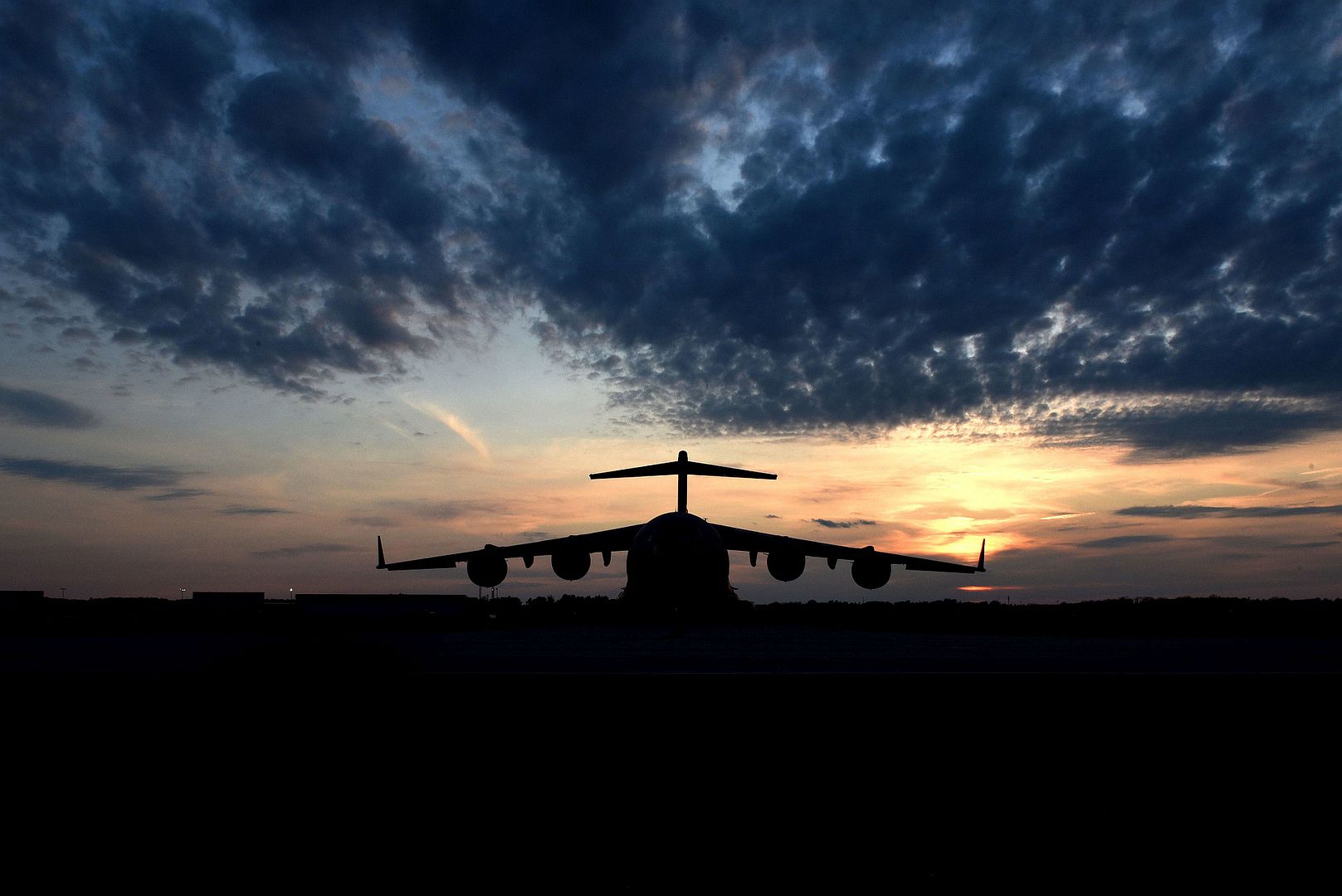
U.S. Air Force F-22 Raptors assigned to the 525th Fighter Squadron taxi after landing at Joint Base Elmendorf-Richardson, Alaska, April 6, 2020. The Raptors flew a training sortie to support mission readiness by preserving combat capability. The continued focus on readiness demonstrates the installation?s resiliency and interest in maintaining postured for the future throughout the COVID-19 pandemic. (U.S. Air Force photo's by Airman 1st Class Emily Farnsworth)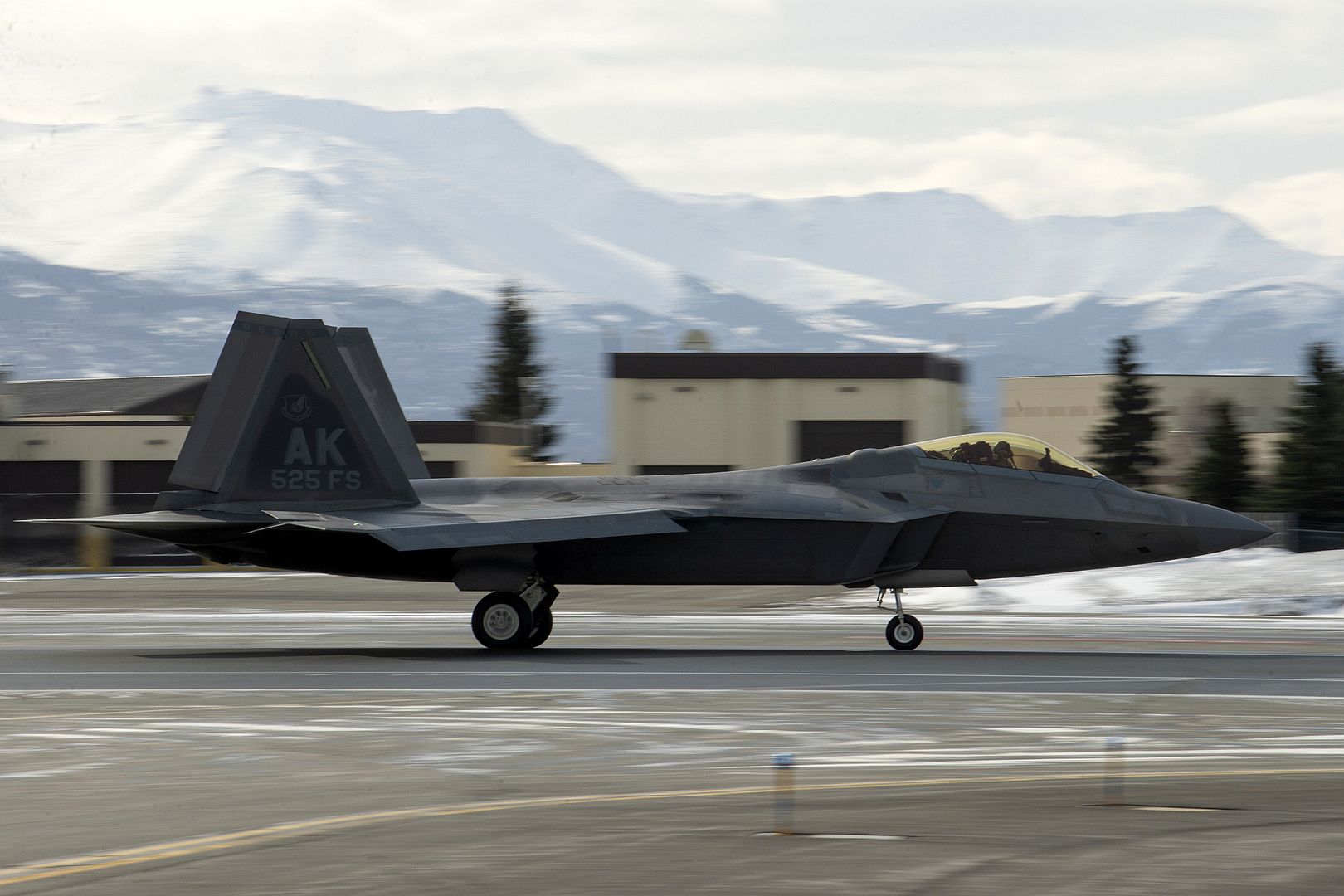
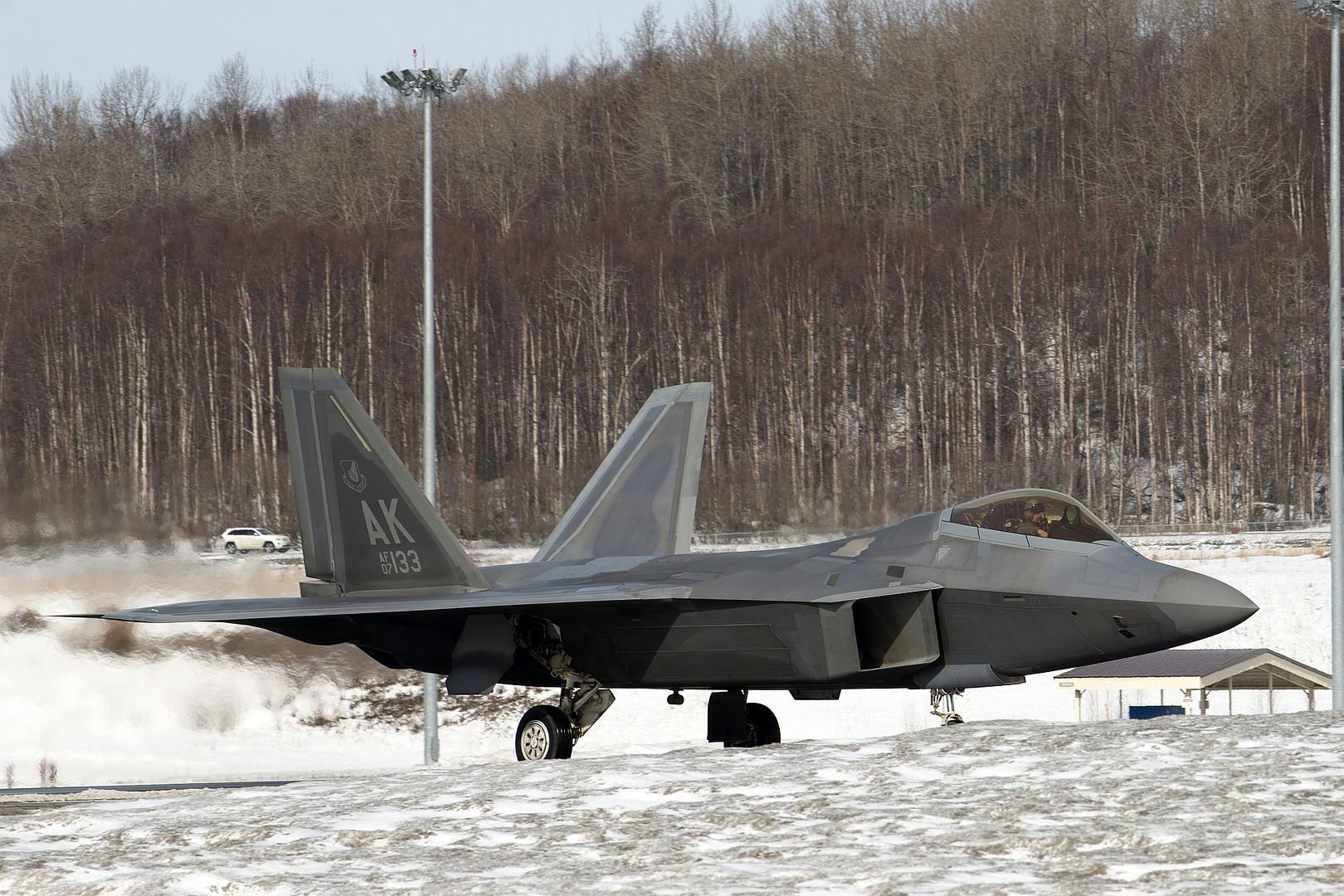
A U.S. Air Force F-22 Raptor assigned to the 525th Fighter Squadron takes off at Joint Base Elmendorf-Richardson, Alaska, April 6, 2020. The Raptor flew a training sortie to support mission readiness by preserving combat capability. The continued focus on readiness demonstrates the installation?s resiliency and interest in maintaining postured for the future throughout the COVID-19 pandemic. (U.S. Air Force photo's by Airman 1st Class Emily Farnsworth)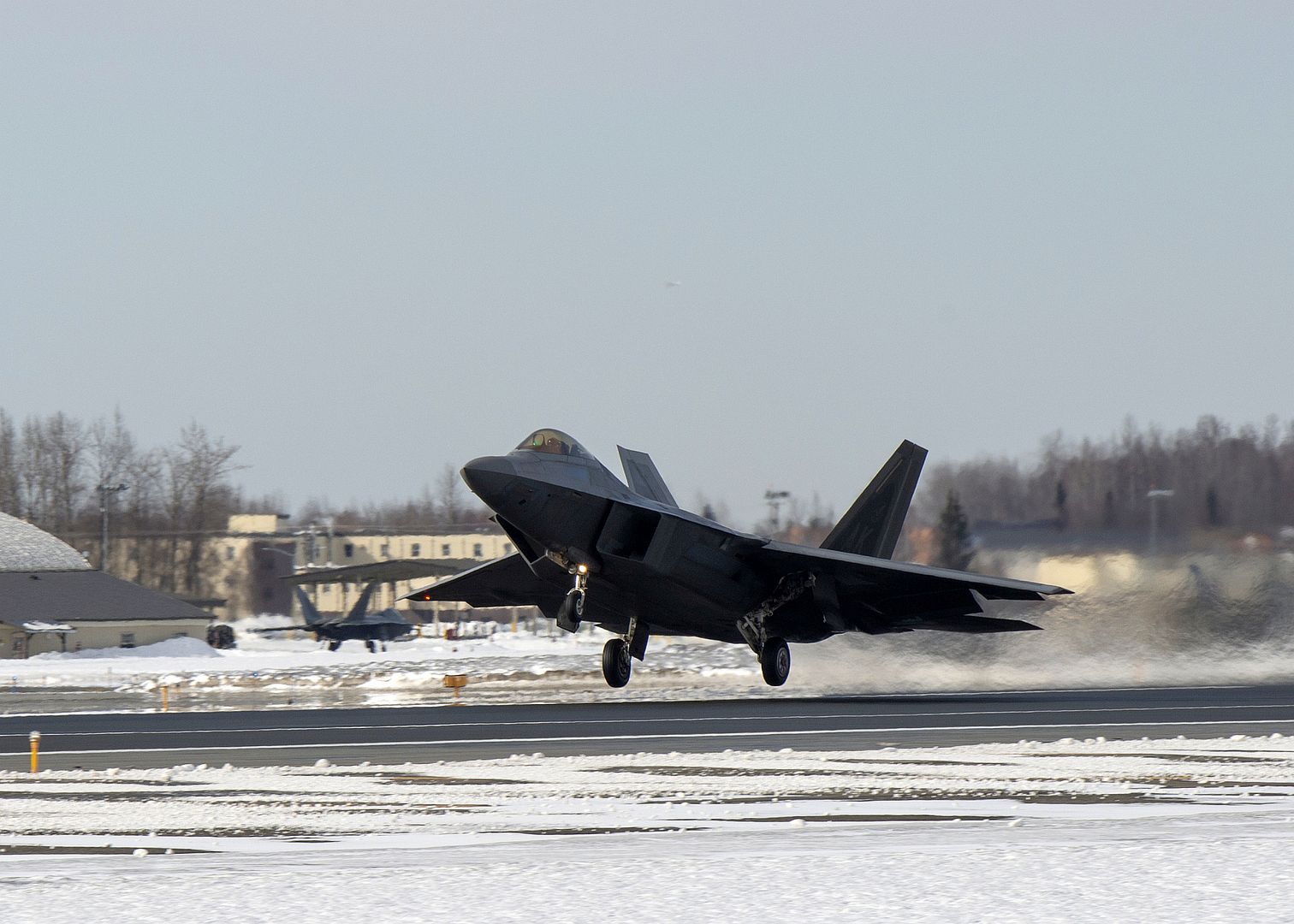
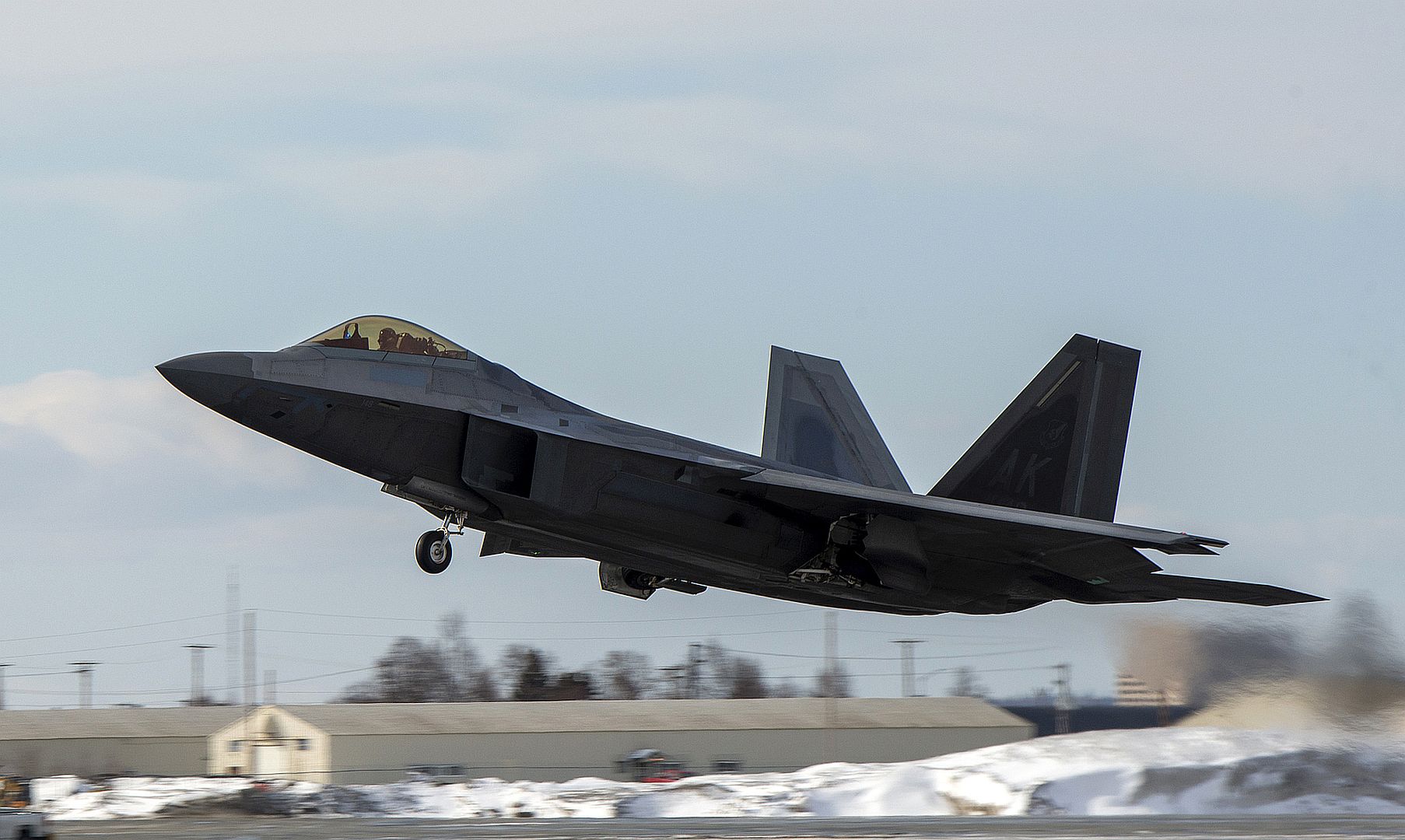
A U.S. Air Force F-15E Strike Eagle flies over Iraq, April 2, 2020. The Strike Eagle is a dual-role fighter designed to perform air-to-air and air-to- ground missions, demonstrating U.S. Air Forces Central Commands? posture to compete, deter, and win against state and non-state actors. (U.S. Air Force photo by Staff Sgt. Daniel Snider)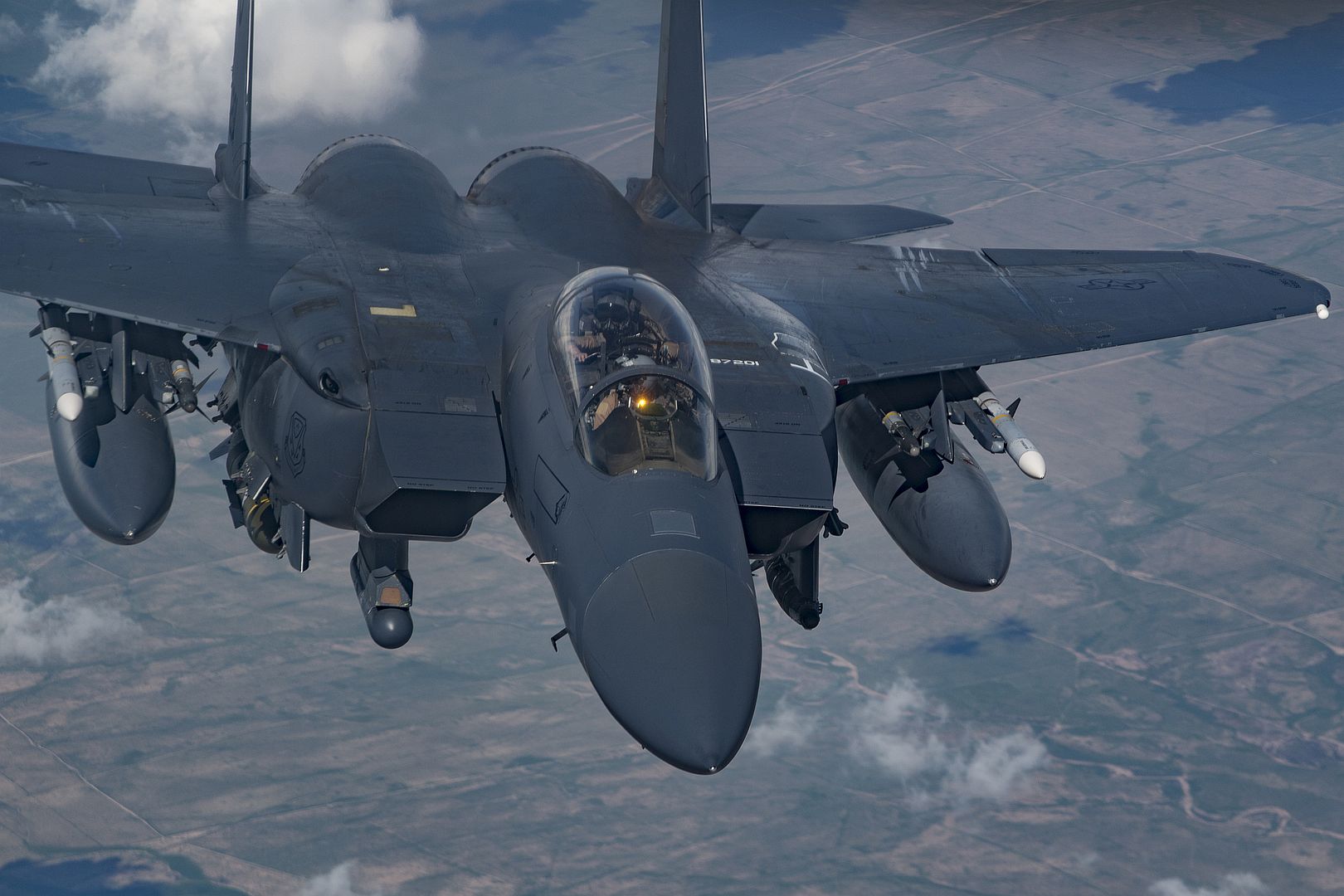
A Royal Australian Air Force E-7A Wedgetail flies over Iraq, April 2, 2020. In an ongoing U.S. effort to build and shape partner air forces, U.S. Air Forces Central Command forces have partnered with the Royal Australian Air Force to enhance war-winning airpower in the U.S. Central Command area of responsibility and provide deterrence and stability to the region. (U.S. Air Force photo by Staff Sgt. Daniel Snider)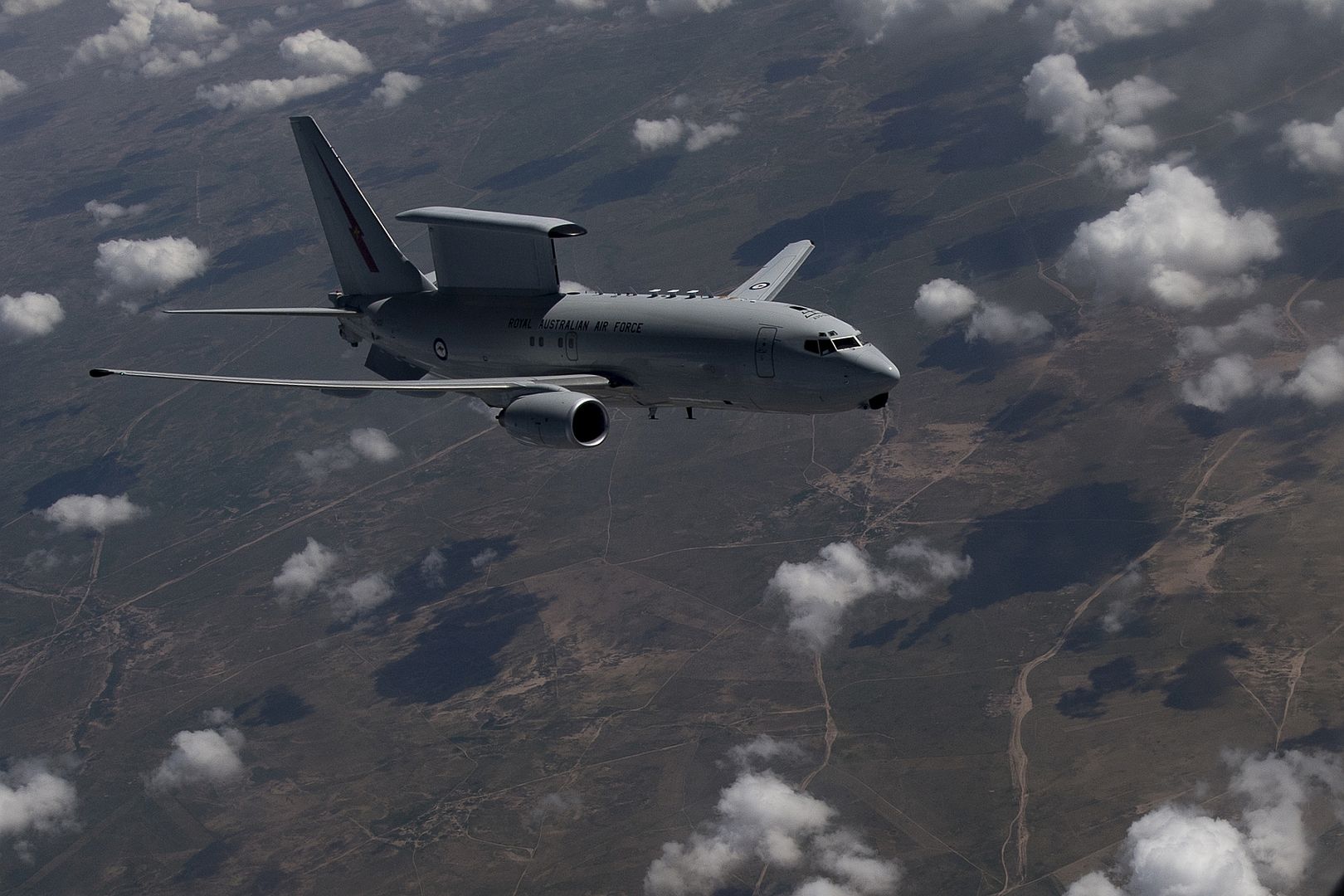
A U.S. Air Force KC-135 Stratotanker refuels a Royal Australian Air Force E-7A Wedgetail above Iraq, April 2, 2020. In an ongoing U.S. effort to build and shape partner air forces, U.S. Air Forces Central Command forces have partnered with the Royal Australian Air Force to enhance war-winning airpower in the U.S. Central Command area of responsibility and provide deterrence and stability to the region. (U.S. Air Force photo by Staff Sgt. Daniel Snider)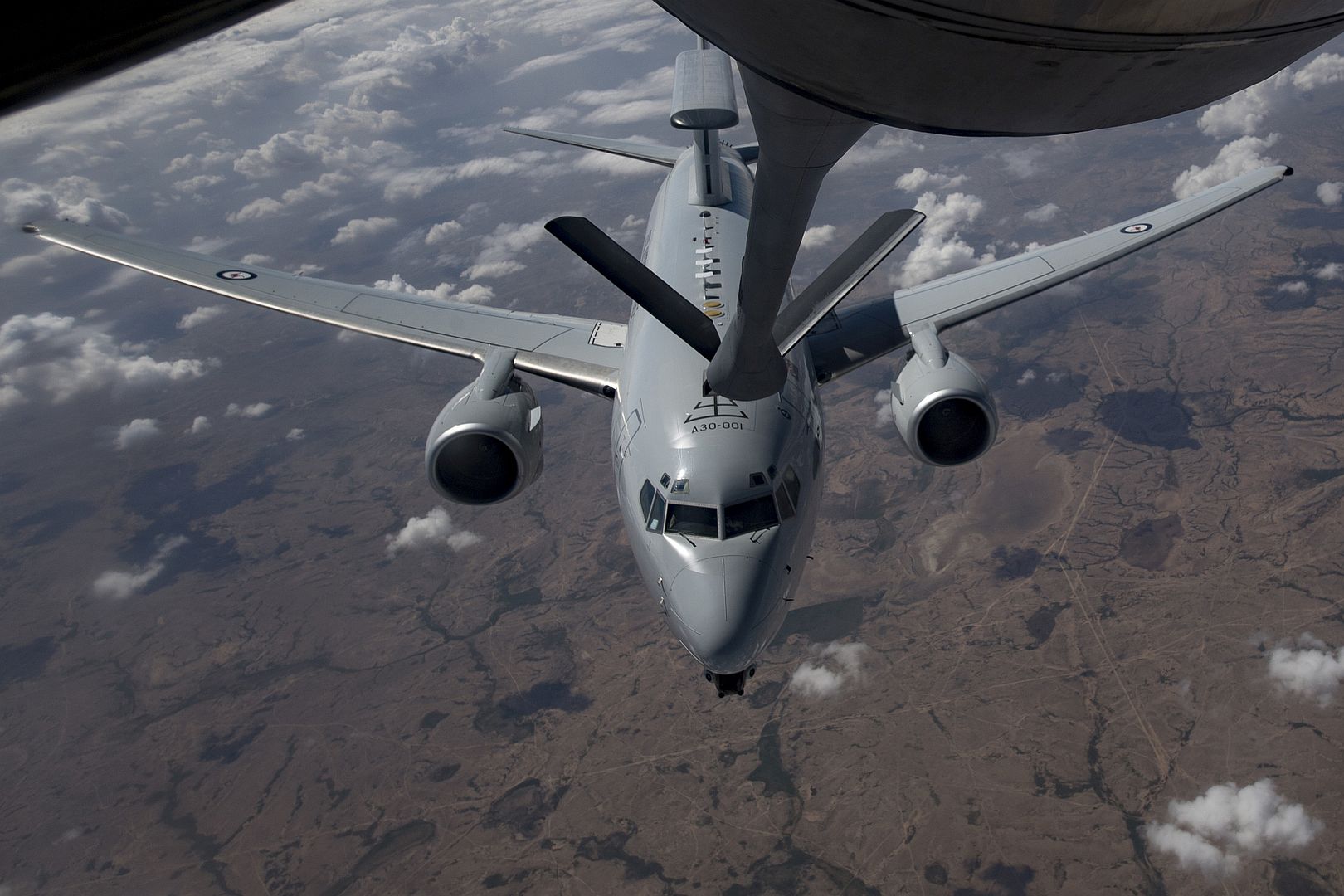
07 April 2020
As part of a larger weather test campaign, Saab flew Gripen E to northern Sweden this winter and conducted several tests. The tests proved that harsh weather is no match for Gripen E.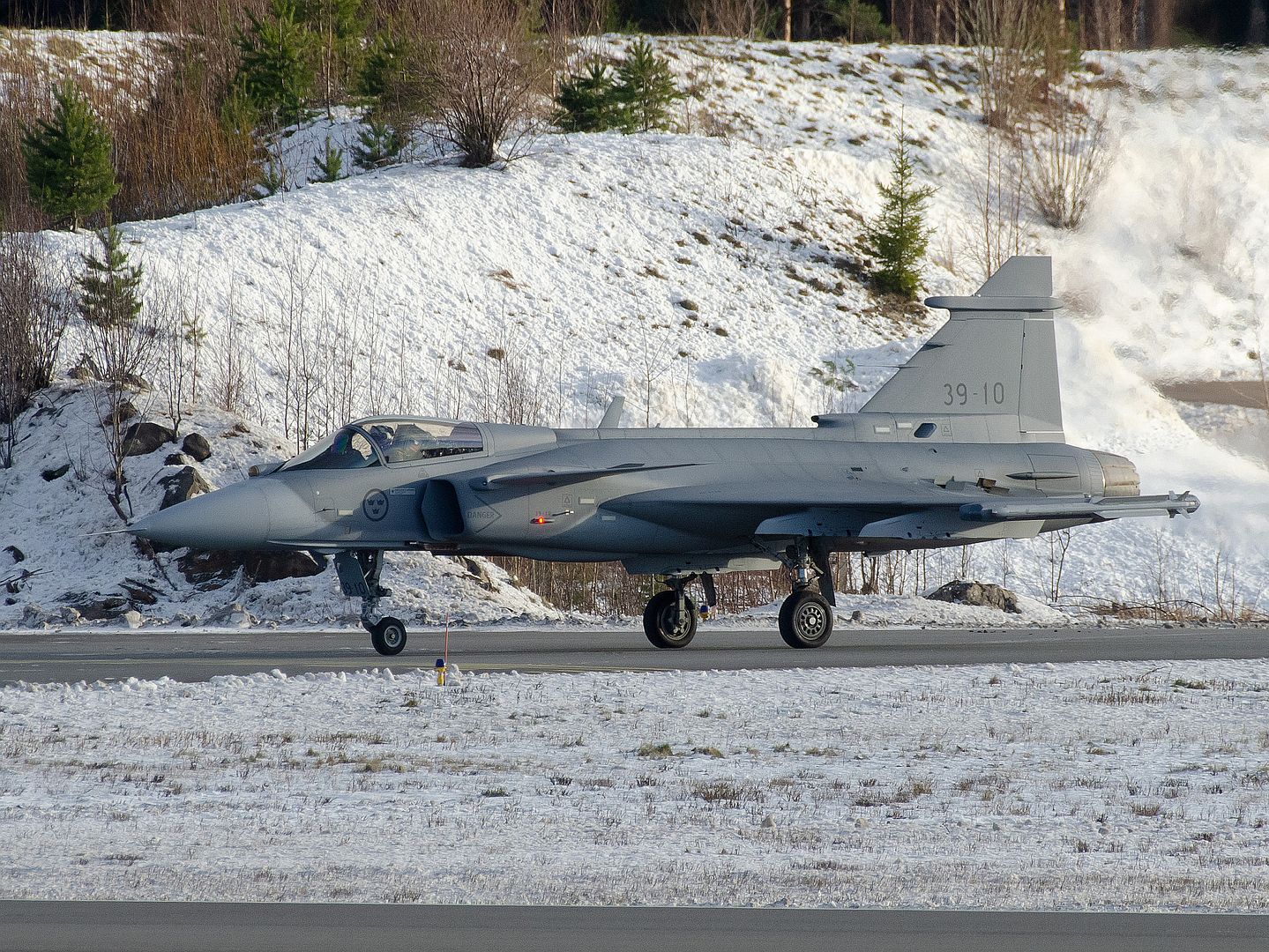
The purpose of the tests at Vidsel air base was to see how Gripen E operates in this type of climate with regard to maintenance, normal start-ups, flights, landings and braking on a naturally snow and ice covered landing strip.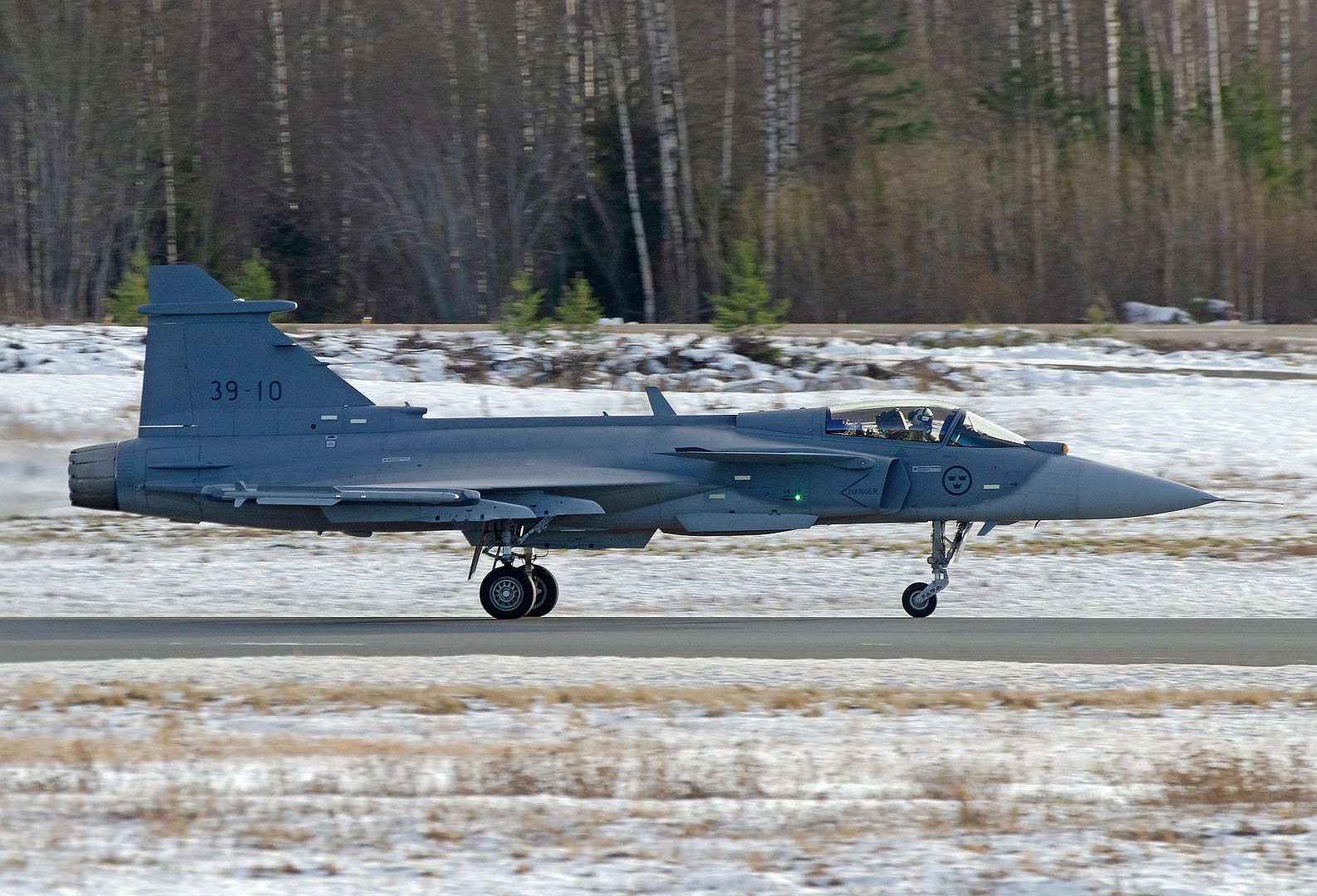
"The weather conditions were on our side and we were able to perform several normal start-ups and flights in temperatures spanning from -20 to -26 degrees celsius. The result was above expectations and we got a lot of really valuable data to review, says Katarina Milososka, test aircraft coordinator at Saab, and responsible for the campaign in Vidsel.
The cold weather test is a part of a larger weather test campaign for Gripen E, called World Wide Climate Campaign. Up next is hot climate tests in Sweden followed by hot and humid tests in Brazil.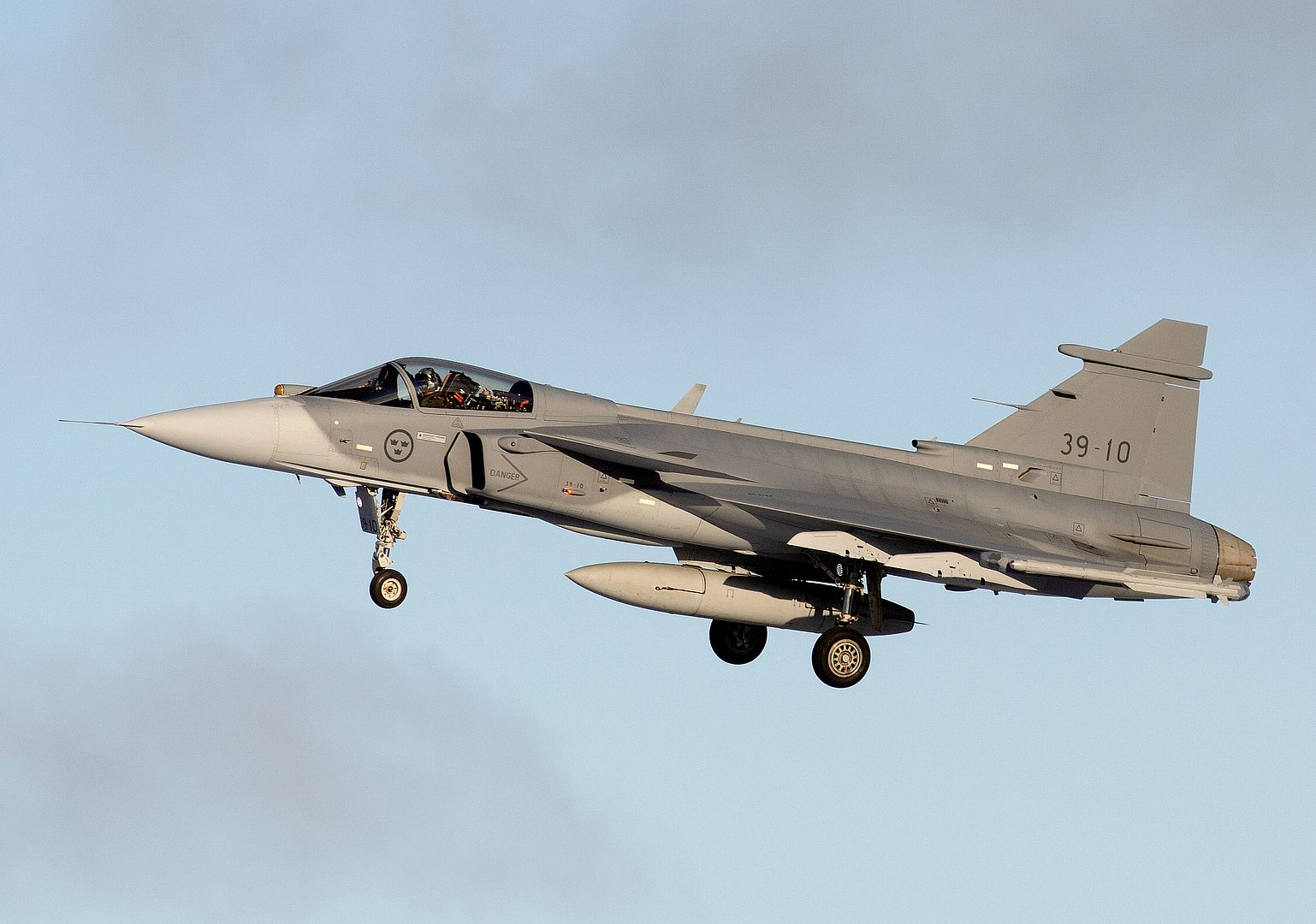
-
 Main AdminEGLIN AIR FORCE BASE, Fla. (AFNS) --
Main AdminEGLIN AIR FORCE BASE, Fla. (AFNS) --
An HH-60W Jolly Green II, the Air Force?s new combat search and rescue helicopter, completed a month-long trial of extremes inside the McKinley Climatic Lab April 2.
The Sikorsky test aircraft endured real temperatures ranging from 120 degrees to minus 60 degrees Fahrenheit as well as 45 mph winds coupled with heavy rainfall. All of those scenarios were created within the lab?s 55,000-square-foot test chamber.
The goal of these punishing tests was to prove the new aircraft?s sustainability in any operational environment.
?Operating the HH-60W in the extreme conditions was a truly unique experience as a pilot and a tester,? said Lt. Col. Ryan Coates, 88th Test and Evaluation Squadron pilot, who also performed most of the testing. ?Checking system performance under the stress of heat, cold, heavy wind and rain will give us real-world data regarding the helicopter?s capability to perform the rescue mission worldwide in various environments, which is exactly what the operator needs to make solid employment decisions."
Once the lab technicians created extreme environments, the aircrew would enter the aircraft and perform various test procedures. The crew would execute their preflight checklists and perform tasks to see if the extreme conditions affected any of the avionics, electronics, engine and other systems.
The aircrew performing the procedures were also test subjects themselves. Their own reactions and movements were evaluated in the harsh environments. For example, the cold-weather gear worn by the aircrew is much bulkier than a standard flight suit. One of the evaluations was to ensure the pilots could easily reach all of the aircraft controls in the thicker cold-weather gear.
A significant amount of the test schedule was dedicated to preparing the chamber for extreme conditions. McKinley?s lab professionals create, break-down, and recreate again for each new test environment. Technicians worked continuously to go from a superheated 100-degree desert condition to a below-freezing icebox in only three days.
?McKinley Climatic Laboratory maintains quickness and technical proficiency by retaining our own staff of highly experienced welders, machinists, electricians, instrumentation experts, test assembly personnel and refrigeration operators,? said William Higdon, the lab?s technical advisor. ?Our main mission is to support the warfighter and to ensure any environment they encounter in the field; their equipment has already been proven in those extremes.?
The Jolly Green II created some unique challenges for McKinley Lab personnel. The lab technicians created a system specifically for the HH-60W to remove the aircraft?s exhaust. Thorough exhaust removal is a critical part of maintaining the controlled temperature conditions needed for chamber testing, according to lab technicians working on the test.
The design of the ventilation system meant the aircraft?s blades were removed for the duration of the testing. The lab?s in-house fabrication shop also specially designed brackets for the aircraft?s weapons among other items.
?Successful completion of this test is absolutely shared with the Sikorsky and McKinley teams,? said Ben Walker, 413th Flight Test Squadron lead test engineer for the effort and Air Force PALACE Acquire journeyman. ?Everyone worked together extremely well and we completed on time and on budget. I am very thankful for this opportunity to perform exciting engineering work, while also supporting the warfighter.?
After testing in the climatic lab, the HH-60W will return to Sikorsky?s test facility in West Palm Beach for further evaluation. The HH-60W developmental test program is a joint effort between Sikorsky, the 413th FLTS, the 88th TES and Air Force Operational Test and Evaluation Center. Test aircraft are primarily split between Duke Field here and Sikorsky?s West Palm Beach facility.
?Testing on the combat rescue helicopter continued amidst the chaos of COVID-19,? said Lt. Col. Wayne Dirkes, 413th FLTS operations officer. ?While the situation could change at any moment, we have not lost any test schedule thus far. That is a testament to the entire team?s attitude and willingness to work through challenges.?
A CH-53K King Stallion successfully plugs into a funnel-shaped drogue towed behind a KC-130J during aerial refueling wake testing, April 6, 2020, over the Chesapeake Bay. The all-new heavy-lift helicopter will expand the Marine Corps' ability to move more material more rapidly. (U.S. Marine Corps photo's courtesy of Lockheed Martin by Dane Wiedmann)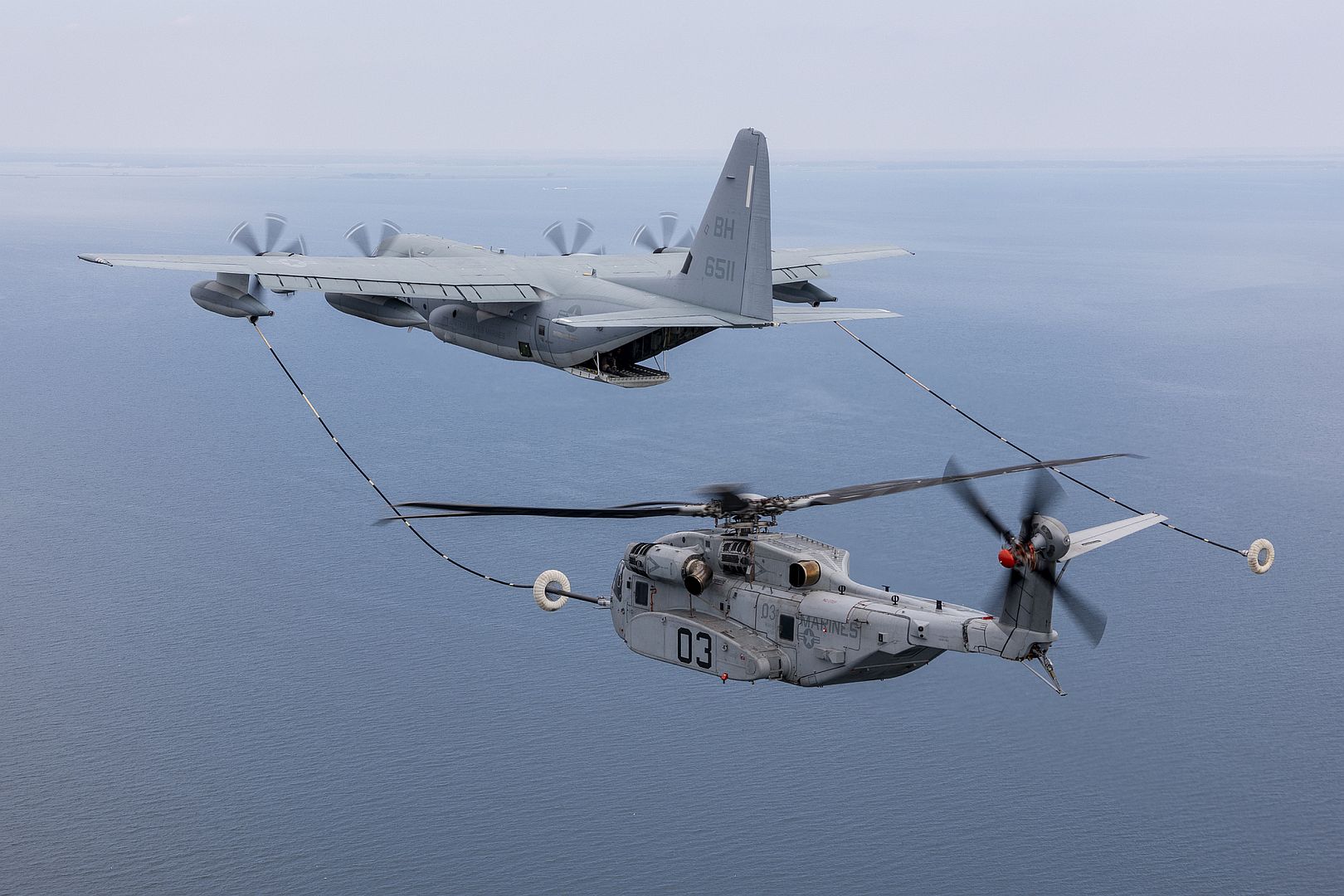
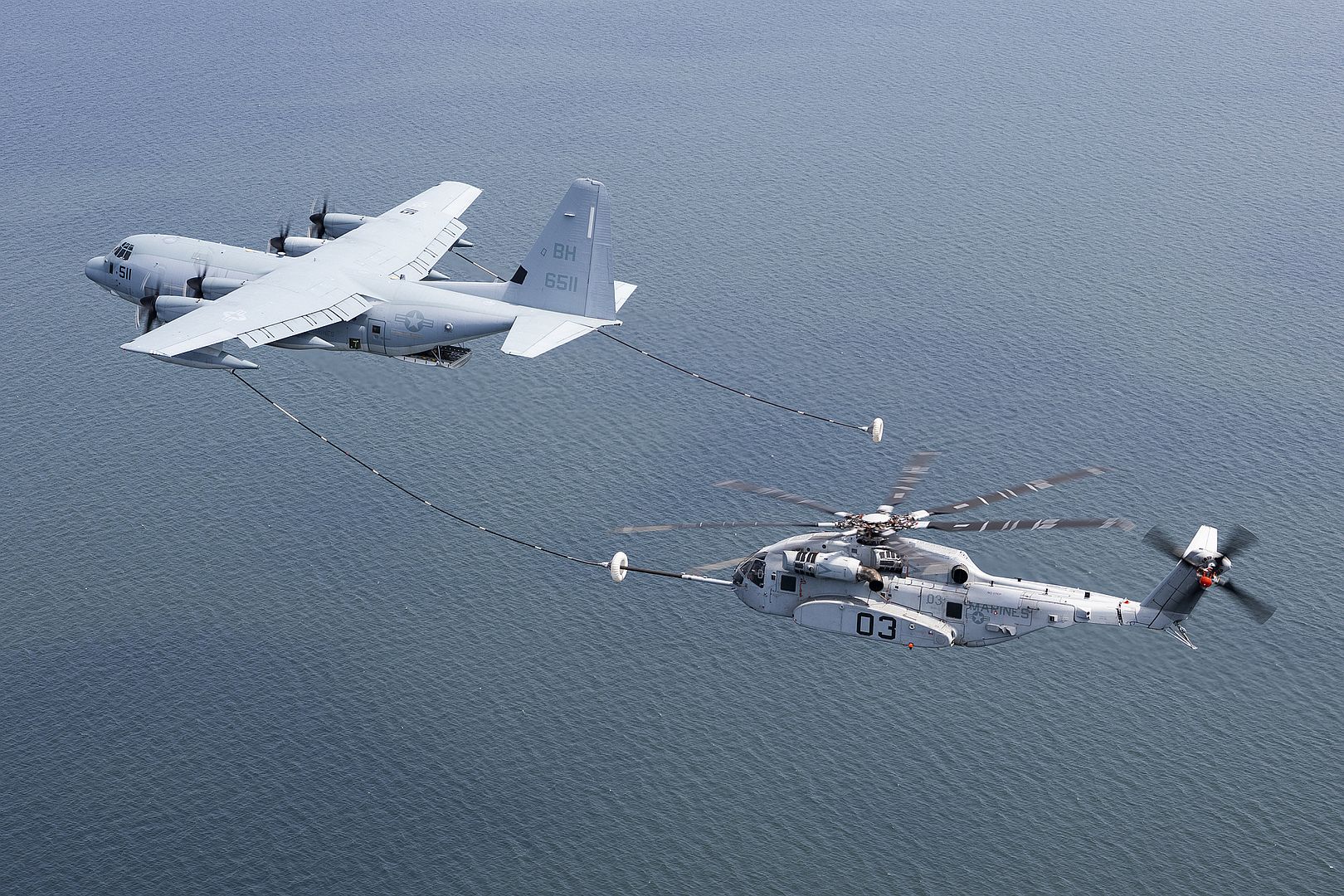
Two U.S. Air Force F-16 Fighting Falcons assigned to the 480th Fighter Squadron, bottom, and two German Eurofighter Typhoons assigned to Tactical Air Wing 31, Norvenich Air Base, Germany, top, fly in formation over Spangdahlem Air Base, Germany, April 7, 2020. The 52nd Fighter Wing routinely trains with partner militaries to provide full-spectrum airpower to European allied nations. (U.S. Air Force photo by Senior Airman Valerie R. Seelye)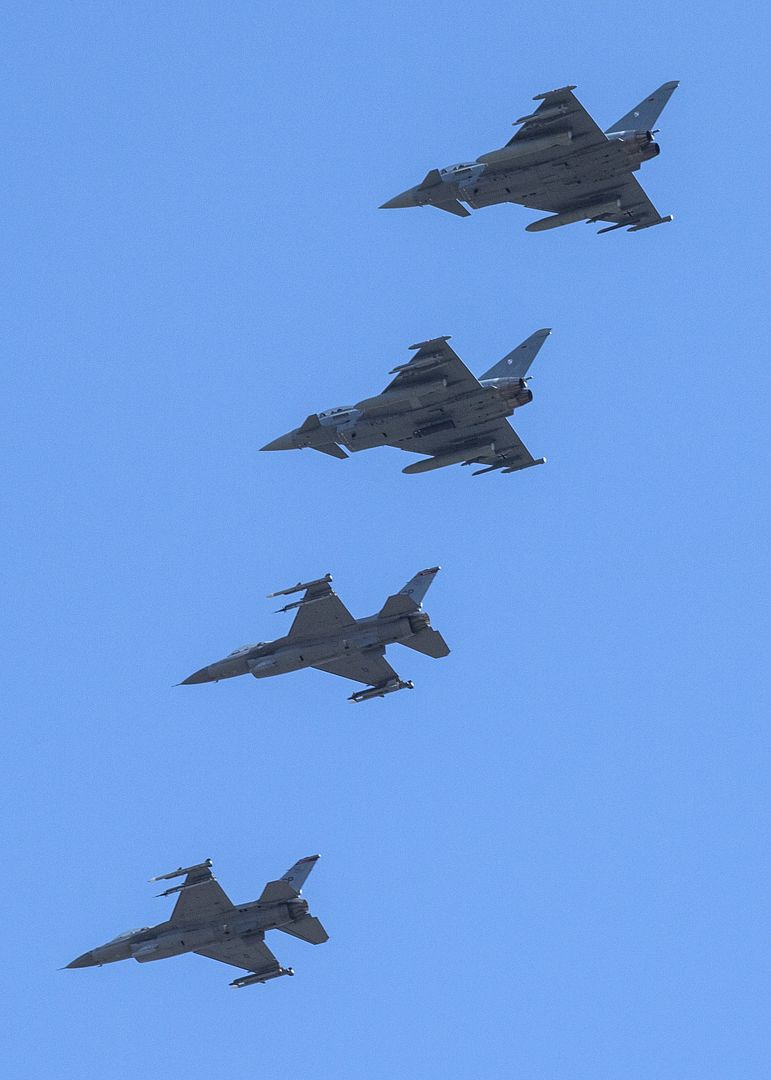
A German Eurofighter Typhoon assigned to Tactical Air Wing 31, Norvenich Air Base, Germany, flies over Spangdahlem Air Base, Germany, April 7, 2020. Routinely training with allied partners allows the 52nd Fighter Wing to improve interoperability between the U.S. and NATO European allies. (U.S. Air Force photo by Senior Airman Valerie R. Seelye)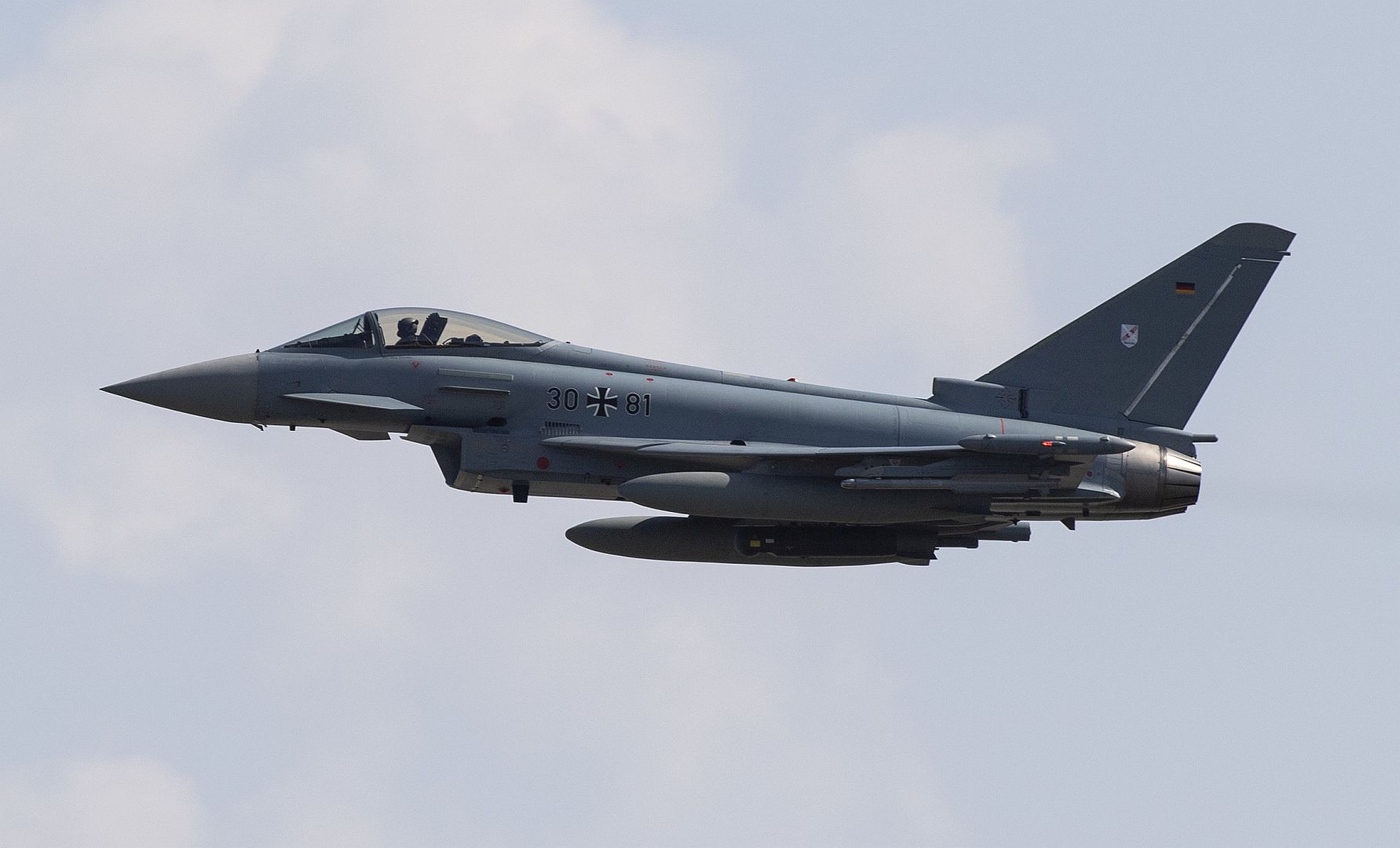
U.S. Air Force F-16 Fighting Falcon's from the 510th Fighter Squadron takeoff at Aviano Air Base, Italy, Apr. 6, 2020. The F-16 Fighting Falcon is a compact, multi-role fighter aircraft that is highly maneuverable and has proven itself in air-to-air combat and air-to-surface attack. (U.S. Air Force photo's by Airman Thomas S. Keisler IV)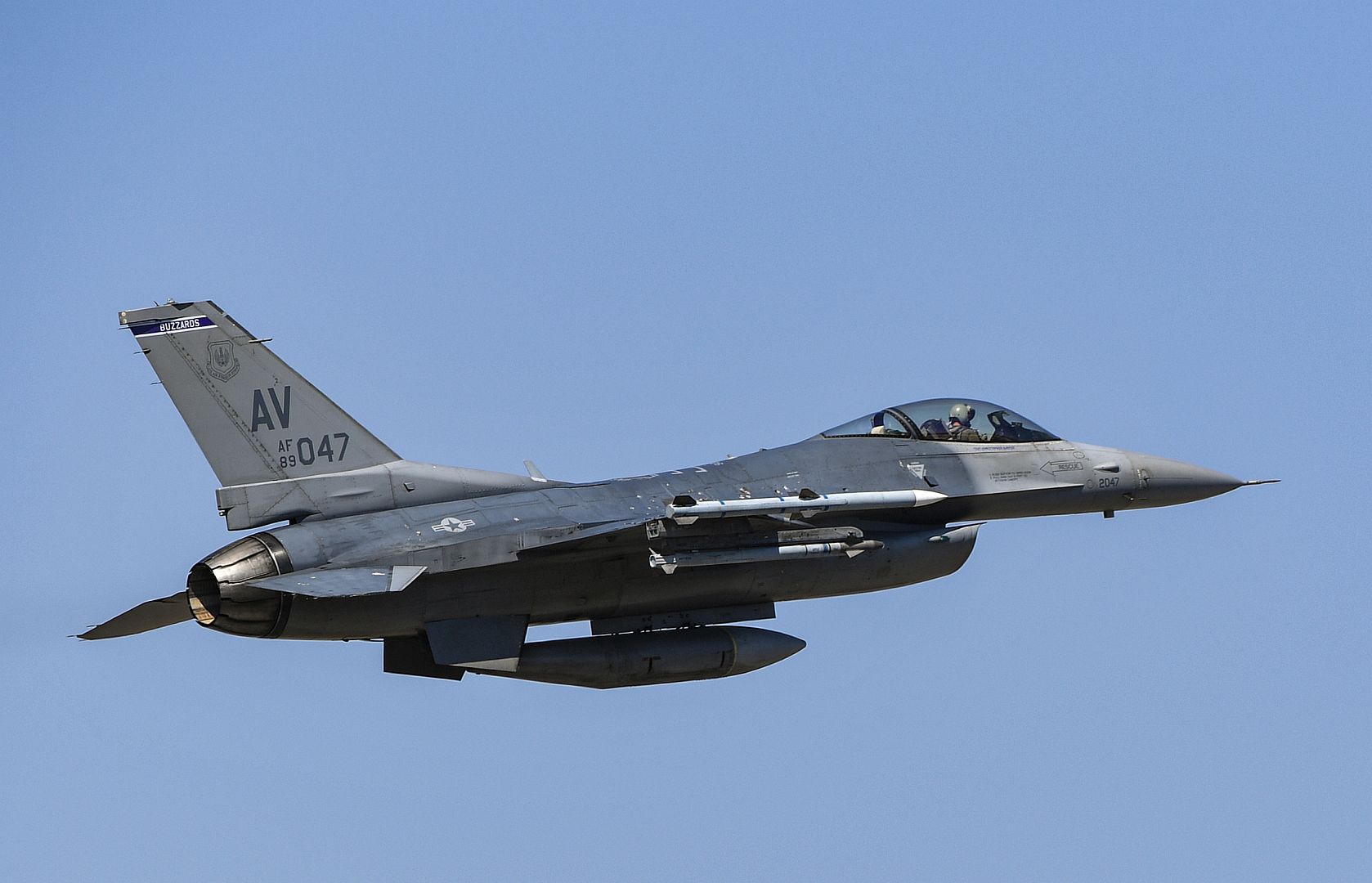
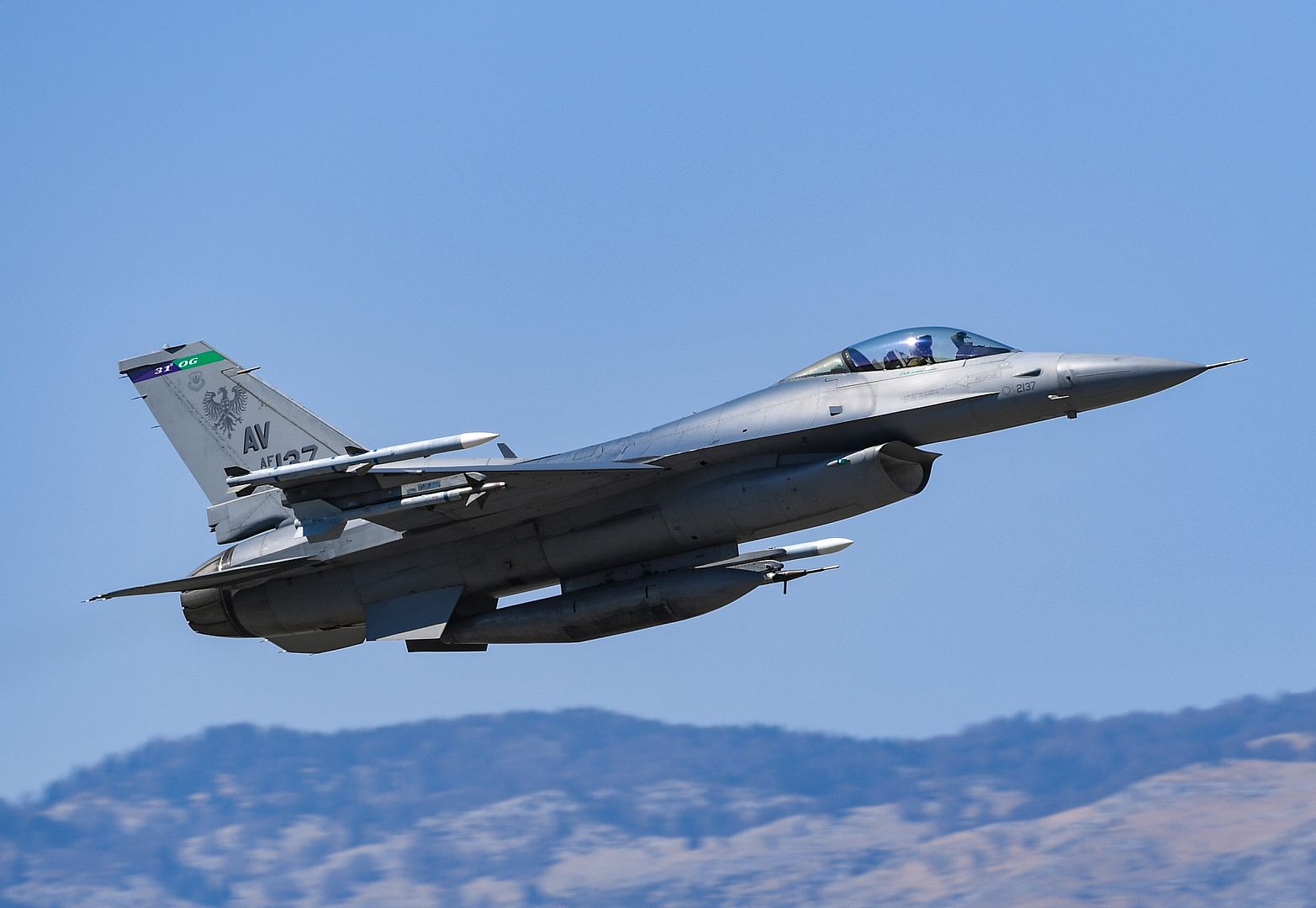
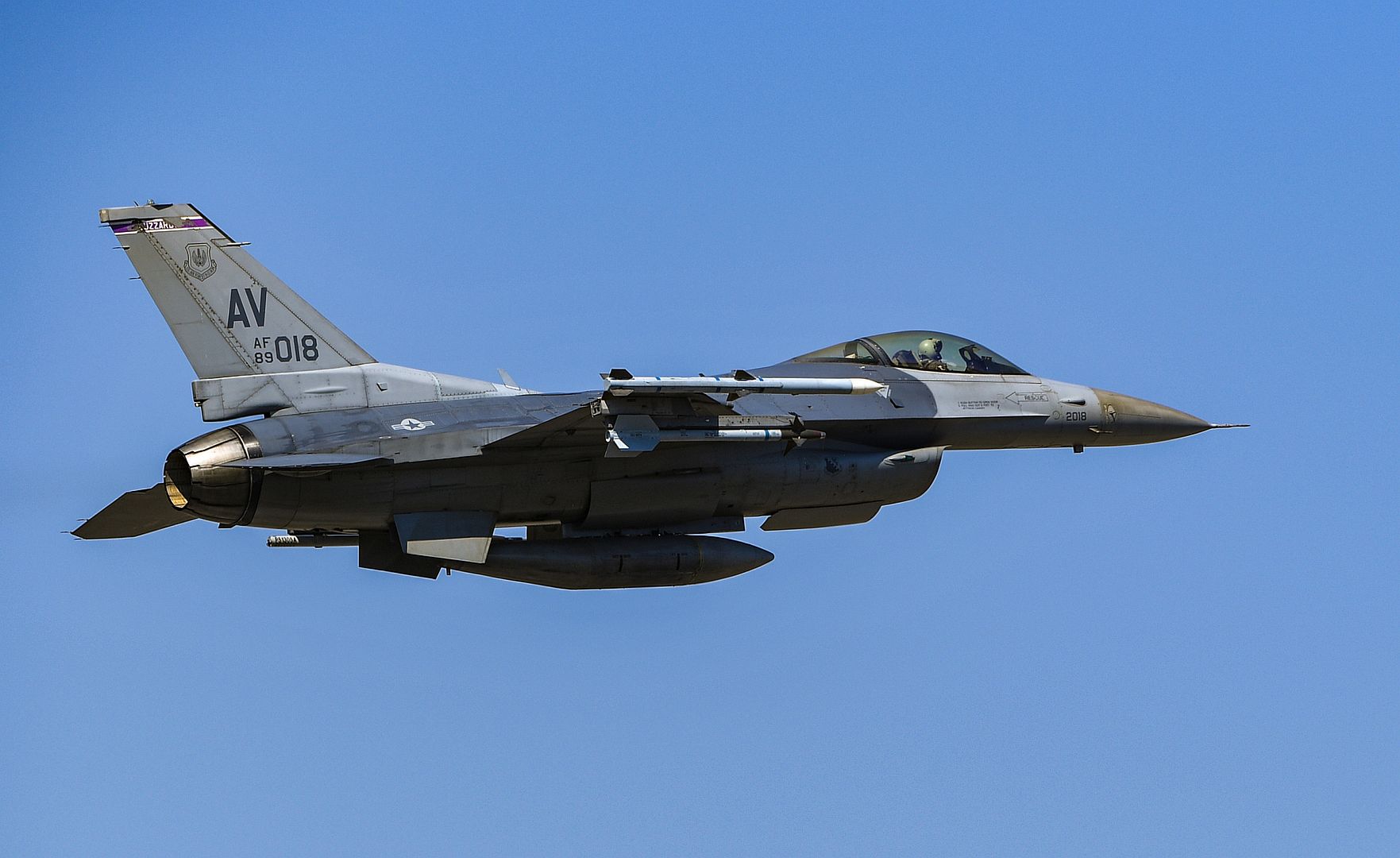
A C-17 Globemaster III assigned to the 911th Airlift Wing prepares to perform a touch-and-go training behind grounded commercial aircraft at the Pittsburgh International Airport Air Reserve Station, Pennsylvania, April 7, 2020. Despite commercial air travel restrictions due to the COVID-19 outbreak, mission essential personnel from the 911th AW work to continue the mission in defense of the nation. (U.S. Air Force photo by Joshua J. Seybert)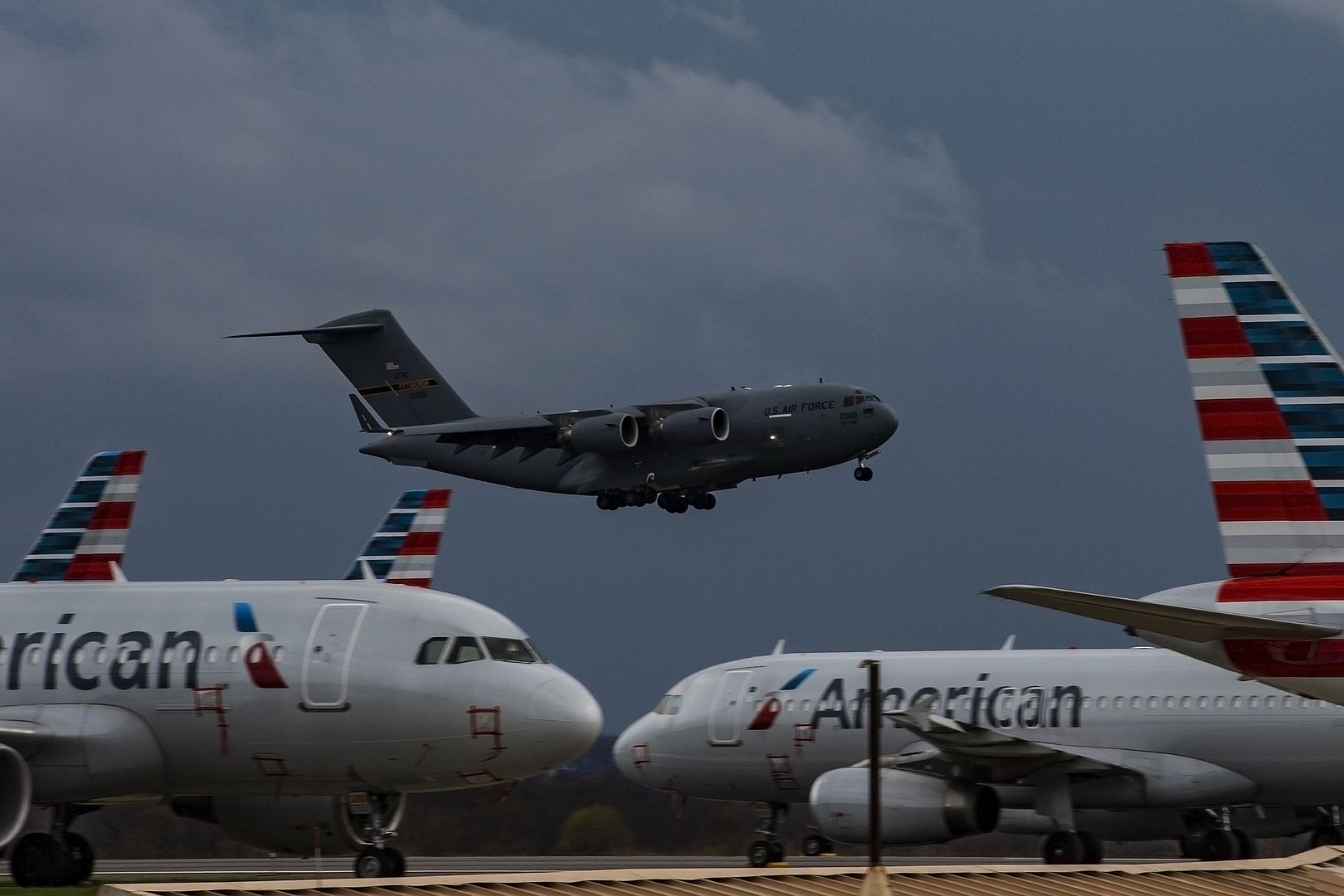
08.04.2020
Crews of upgraded MiG-31 fighter-interceptors will work out the practical tasks of a tactical flight exercise at maximum altitude, which began in a separate mixed aviation regiment of the Northern Fleet this week. The pilots will rise to the lower stratosphere above the Arctic at an altitude of about 17 thousand meters.
During the exercise, the crews of fighter-interceptors will also work out joint actions with bomber aircraft to defeat the forces of a mock enemy at sea, on land and in the air.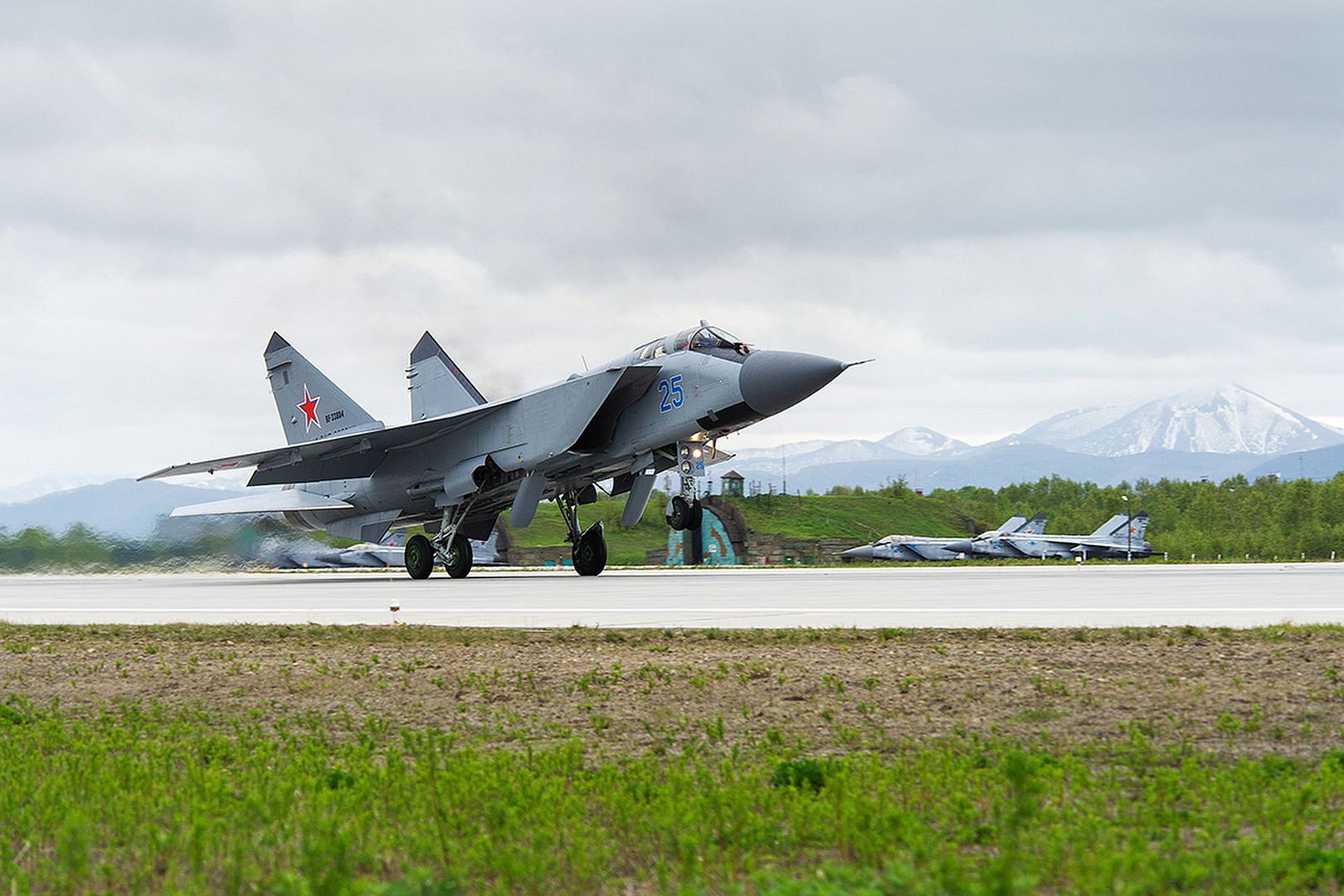
The exercise was participated by the entire flight and engineering staff of the aviation regiment's divisions, as well as logistics and communications specialists, it involved ten Su-24 and five MiG-31 aircrafts. They will work out flights both day and night.
The main goal of the flight-tactical exercise is to improve the professional skills of pilots and develop tactical skills of joint actions.
Photo's courtesy of Ministry of Defence of the Russian Federation.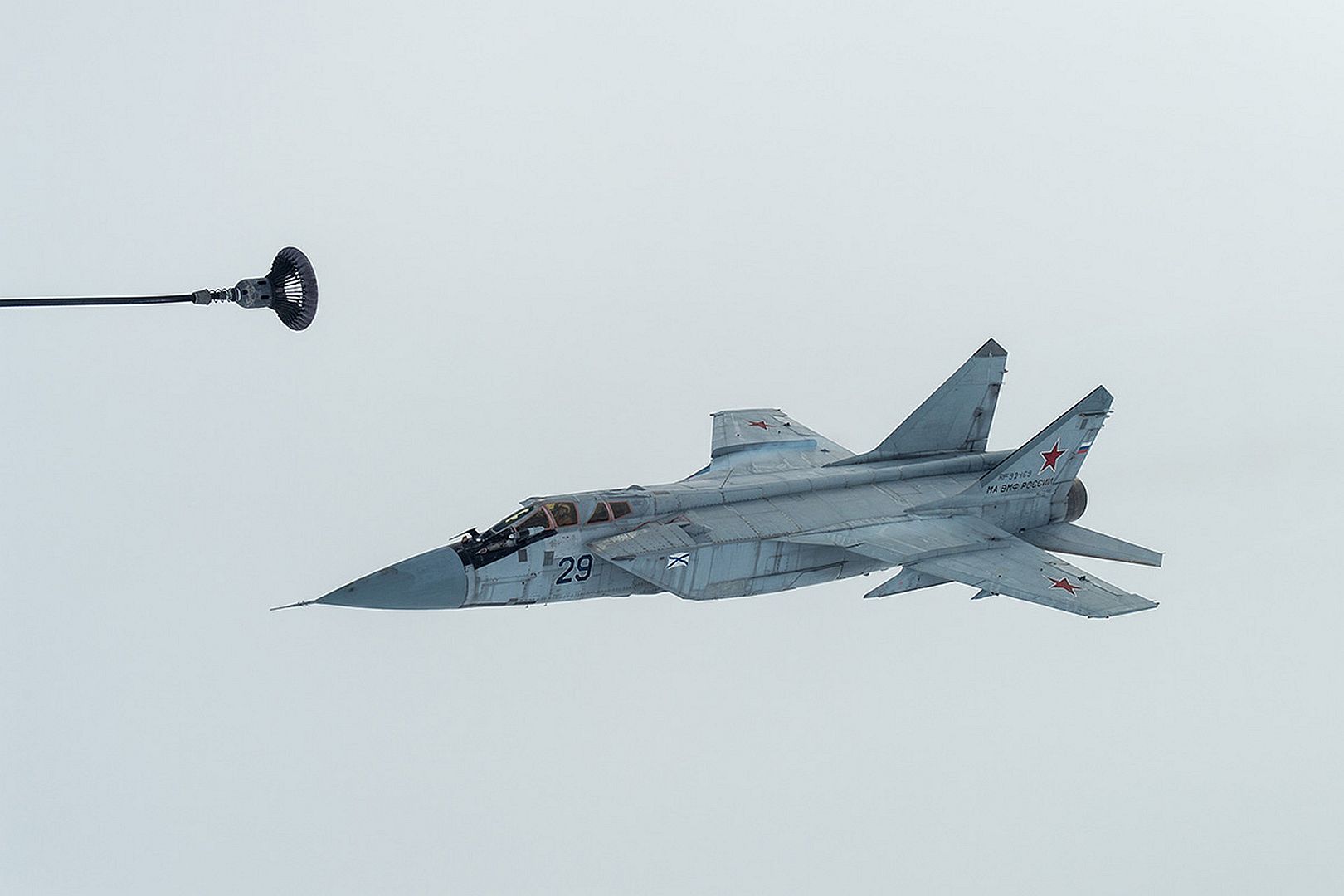
Australia, April 9, 2020 ? Boeing [NYSE: BA] Australia recently achieved two more milestones on the Royal Australian Air Force?s Loyal Wingman ? Advanced Development Program: weight on wheels and aircraft power on.
The development milestones for the unmanned aircraft come just weeks after completion of the first fuselage, allowing for rapid progress on systems installation and functional and integration testing from the aircraft?s own landing gear.
?We?re continuing at pace toward our goal of flying later this year, so that we can show our customer and the world what unmanned capability like this can do,? said Dr. Shane Arnott, program director of the Boeing Airpower Teaming System. ?The strong contributions from our industry team are powering our progress.?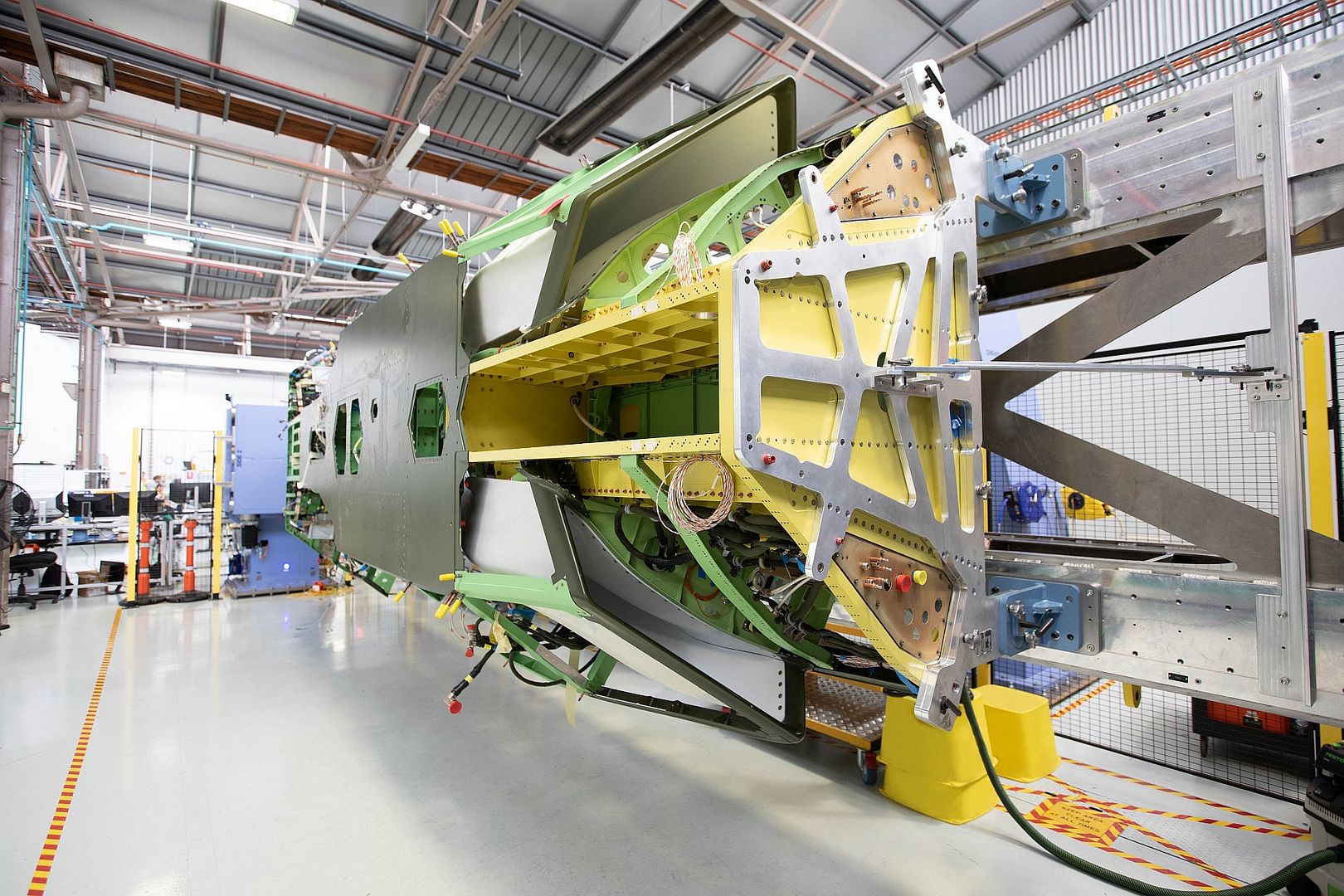
-
5 years agoThu Apr 09 2020, 09:19pm
 Main AdminA U.S. Air Force KC-135 Stratotanker, assigned to the 909th Air Refueling Squadron, takes off April 6, 2020, at Kadena Air Base, Japan. Team Kadena is postured to protect its forces against COVID-19 while also maintaining mission readiness in support of the U.S.-Japan Alliance. The 909 ARS conducts aerial refueling missions throughout the region ensuring a free and open Indo-Pacific. (U.S. Air Force photo by Senior Airman Rhett Isbell)
Main AdminA U.S. Air Force KC-135 Stratotanker, assigned to the 909th Air Refueling Squadron, takes off April 6, 2020, at Kadena Air Base, Japan. Team Kadena is postured to protect its forces against COVID-19 while also maintaining mission readiness in support of the U.S.-Japan Alliance. The 909 ARS conducts aerial refueling missions throughout the region ensuring a free and open Indo-Pacific. (U.S. Air Force photo by Senior Airman Rhett Isbell)
ATLANTIC OCEAN (April 7, 2020) A T-45C Goshawk, assigned to Training Squadron (VT) 7, taxies on the flight deck of the aircraft carrier USS Gerald R. Ford (CVN 78), April 7, 2020. Ford is underway in the Atlantic Ocean conducting carrier qualifications. (U.S. Navy photo by Mass Communication Specialist Seaman Apprentice Sawyer Connally/Released)
ATLANTIC OCEAN (April 7, 2020) A T-45C Goshawk, assigned to Training Squadron (VT) 7, lands on the flight deck of the aircraft carrier USS Gerald R. Ford (CVN 78), April 7, 2020. Ford is underway in the Atlantic Ocean conducting carrier qualifications. (U.S. Navy photo by Mass Communication Specialist Seaman Apprentice Sawyer Connally/Released)
09.04.2020
In Primorye, the crews of Su-35S fighters during the district stage of the Aviadarts contest perform missile and bomb strikes.
This year, competitions are held not at one airfield, to which aircraft are usually relocated from the airfields of the Khabarovsk, Zabaykalsky and Primorsky Territories, but at places of deployment.
Within the framework of the competition, the crews of Su-35S multifunctional fighters are working off the Tsentralnaya Uglovaya airfield.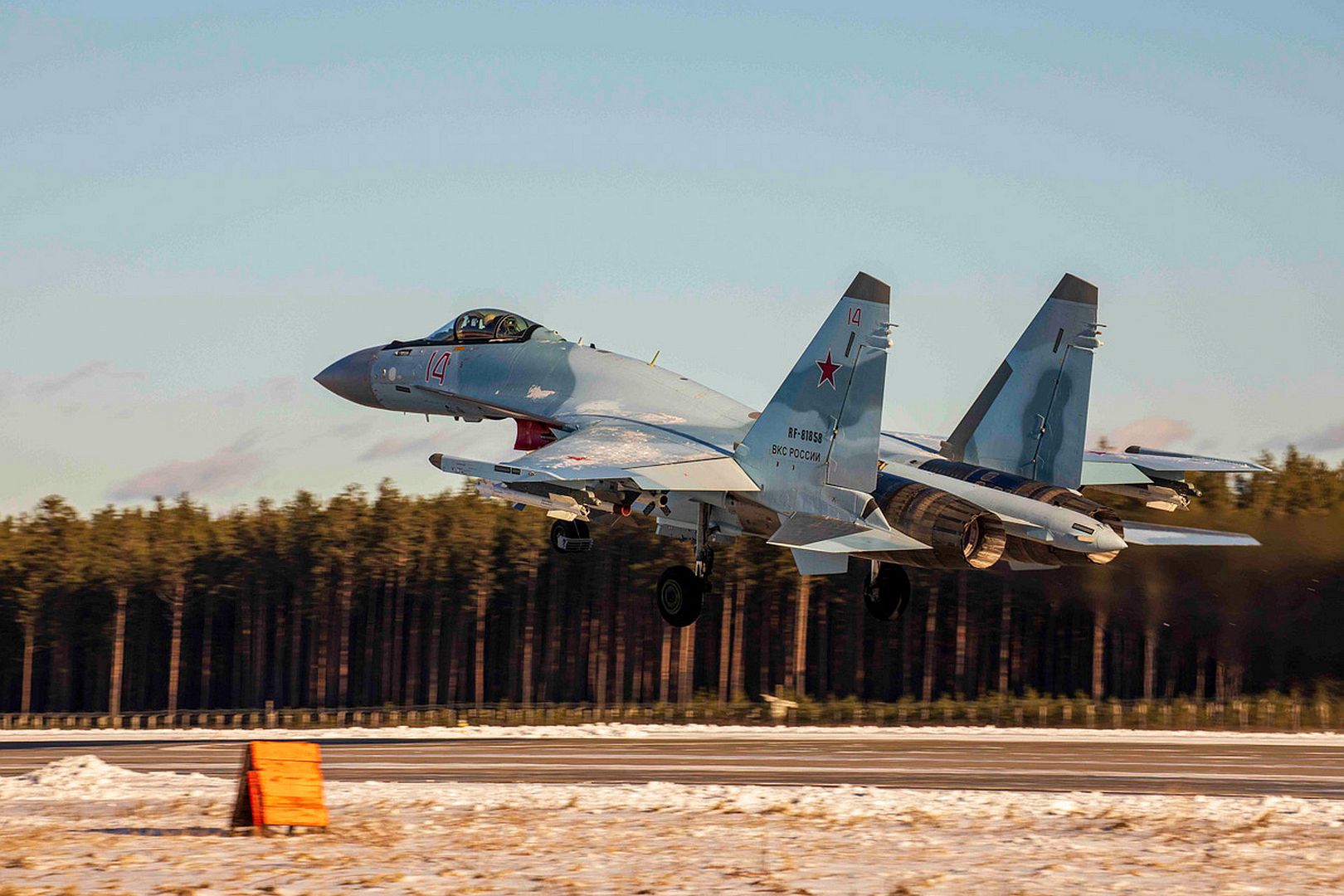
At the training ground, the Su-35S crews tested the use of missile and bomb weapons for accuracy purposes. During training flights, fighters conducted live firing at ground targets with unguided missiles at various distances and carried out bombing.
Photo's
Ministry of Defence of the Russian Federation.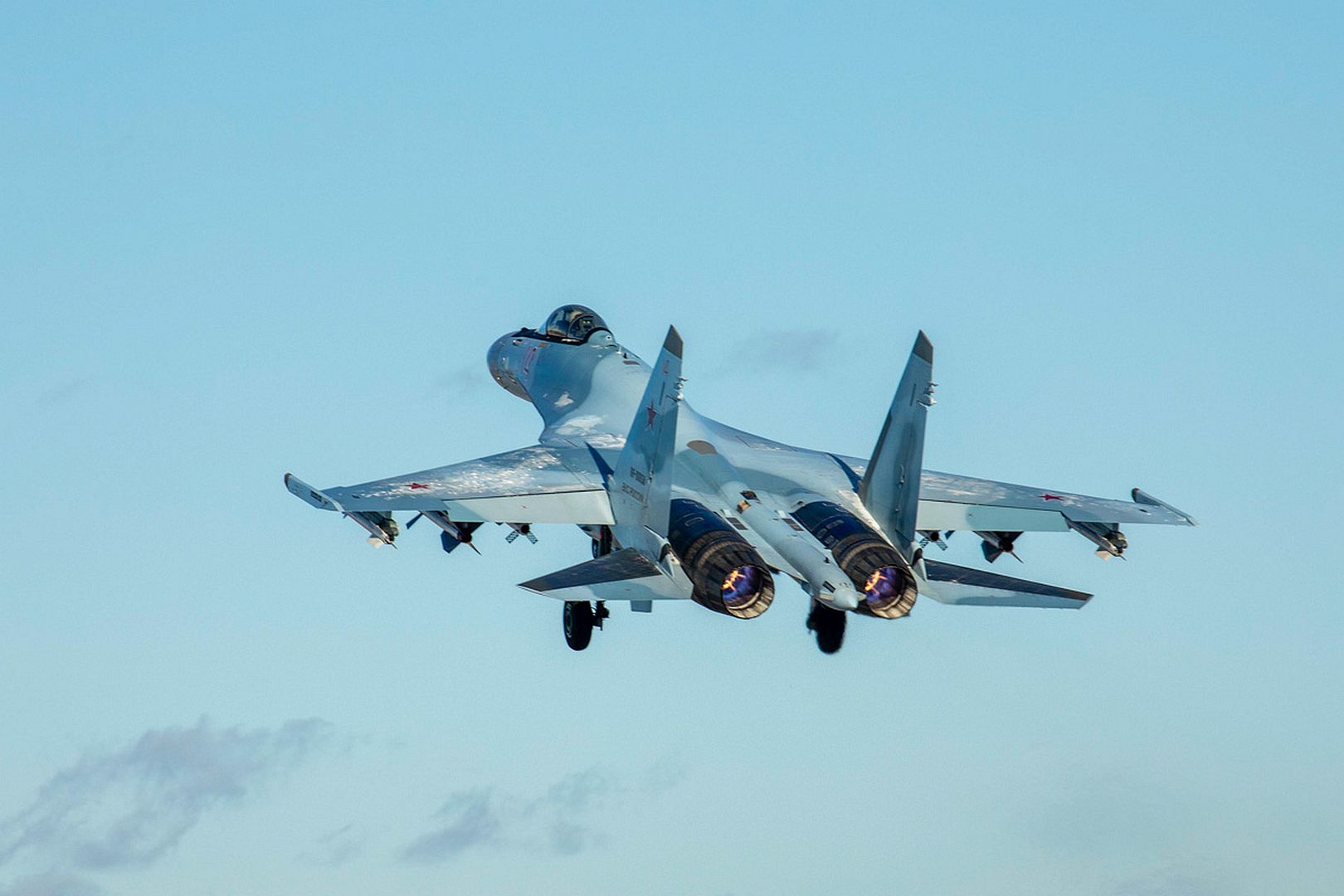
-
5 years agoFri Apr 10 2020, 04:49pm
 Main AdminPHILIPPINE SEA (April 9, 2020) Sailors aboard amphibious assault ship USS America (LHA 6) prepare an F-35B Lightning II fighter aircraft with Marine Medium Tiltrotor Squadron (VMM) 265 (Reinforced), 31st Marine Expeditionary Unit (MEU), for takeoff during flight operations aboard the America. VMM 265, reinforced with F-35B Lightning II fighter aircraft from Marine Fighter Attack Squadron 121, is currently serving as the aviation combat element for the 31st MEU. America, flagship of the America Expeditionary Strike Group, 31st MEU team, is operating in the U.S. 7th Fleet area of operations to enhance interoperability with allies and partners and serve as a ready response force to defend peace and stability in the Indo-Pacific region. (Official U.S. Marine Corps photo by Cpl. Isaac Cantrell)
Main AdminPHILIPPINE SEA (April 9, 2020) Sailors aboard amphibious assault ship USS America (LHA 6) prepare an F-35B Lightning II fighter aircraft with Marine Medium Tiltrotor Squadron (VMM) 265 (Reinforced), 31st Marine Expeditionary Unit (MEU), for takeoff during flight operations aboard the America. VMM 265, reinforced with F-35B Lightning II fighter aircraft from Marine Fighter Attack Squadron 121, is currently serving as the aviation combat element for the 31st MEU. America, flagship of the America Expeditionary Strike Group, 31st MEU team, is operating in the U.S. 7th Fleet area of operations to enhance interoperability with allies and partners and serve as a ready response force to defend peace and stability in the Indo-Pacific region. (Official U.S. Marine Corps photo by Cpl. Isaac Cantrell)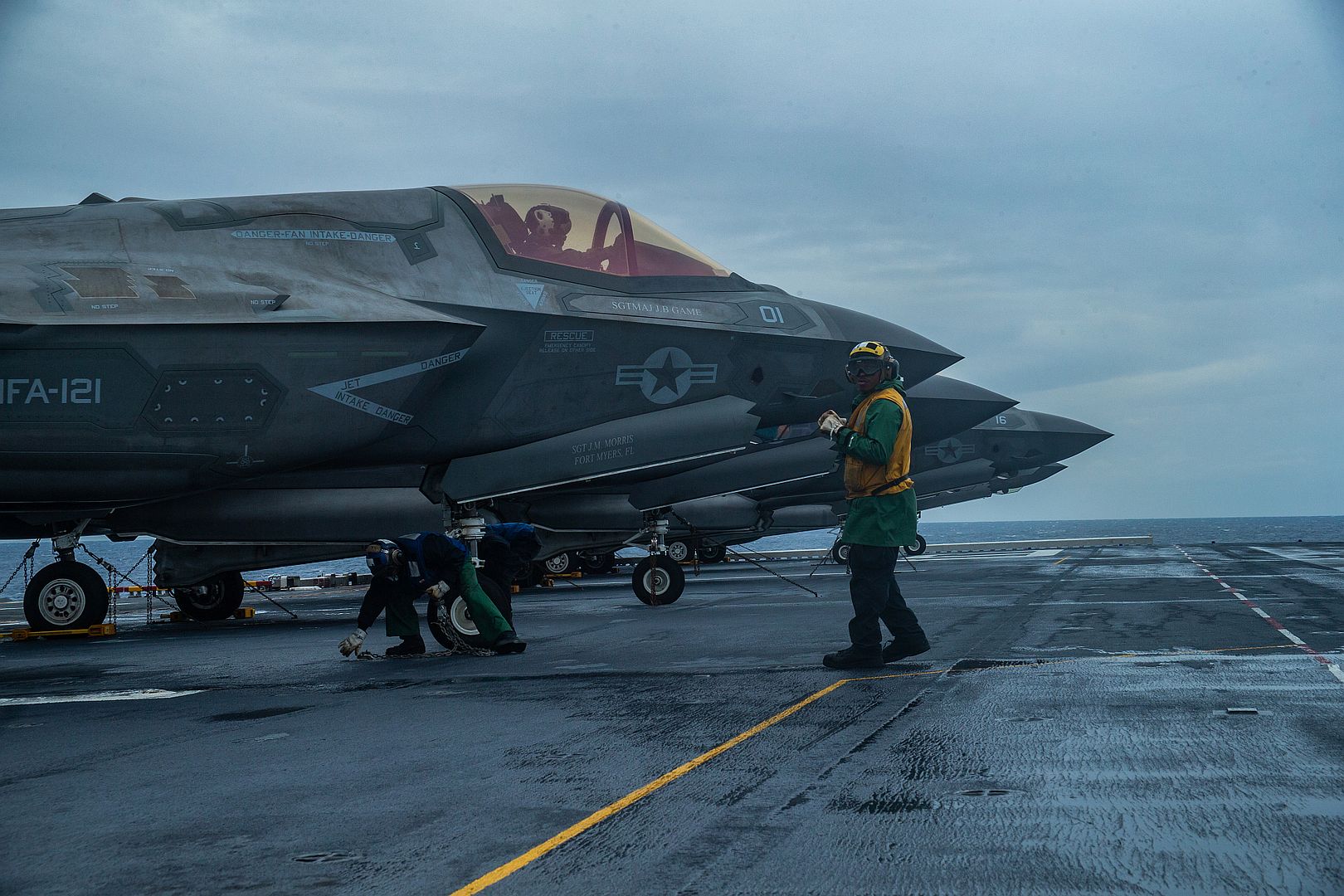
PHILIPPINE SEA (April 9, 2020) An F-35B Lightning II assigned to the 31st Marine Expeditionary Unit, Marine Medium Tiltrotor Squadron (VMM) 265 (Reinforced) takes off from the flight deck of amphibious assault ship USS America (LHA 6). America, flagship of the America Expeditionary Strike Group, 31st Marine Expeditionary Unit team, is operating in the U.S. 7th Fleet area of operations to enhance interoperability with allies and partners and serve as a ready response force to defend peace and stability in the Indo-Pacific region. (U.S. Navy photo by Mass Communication Specialist Seaman Jomark A. Almazan)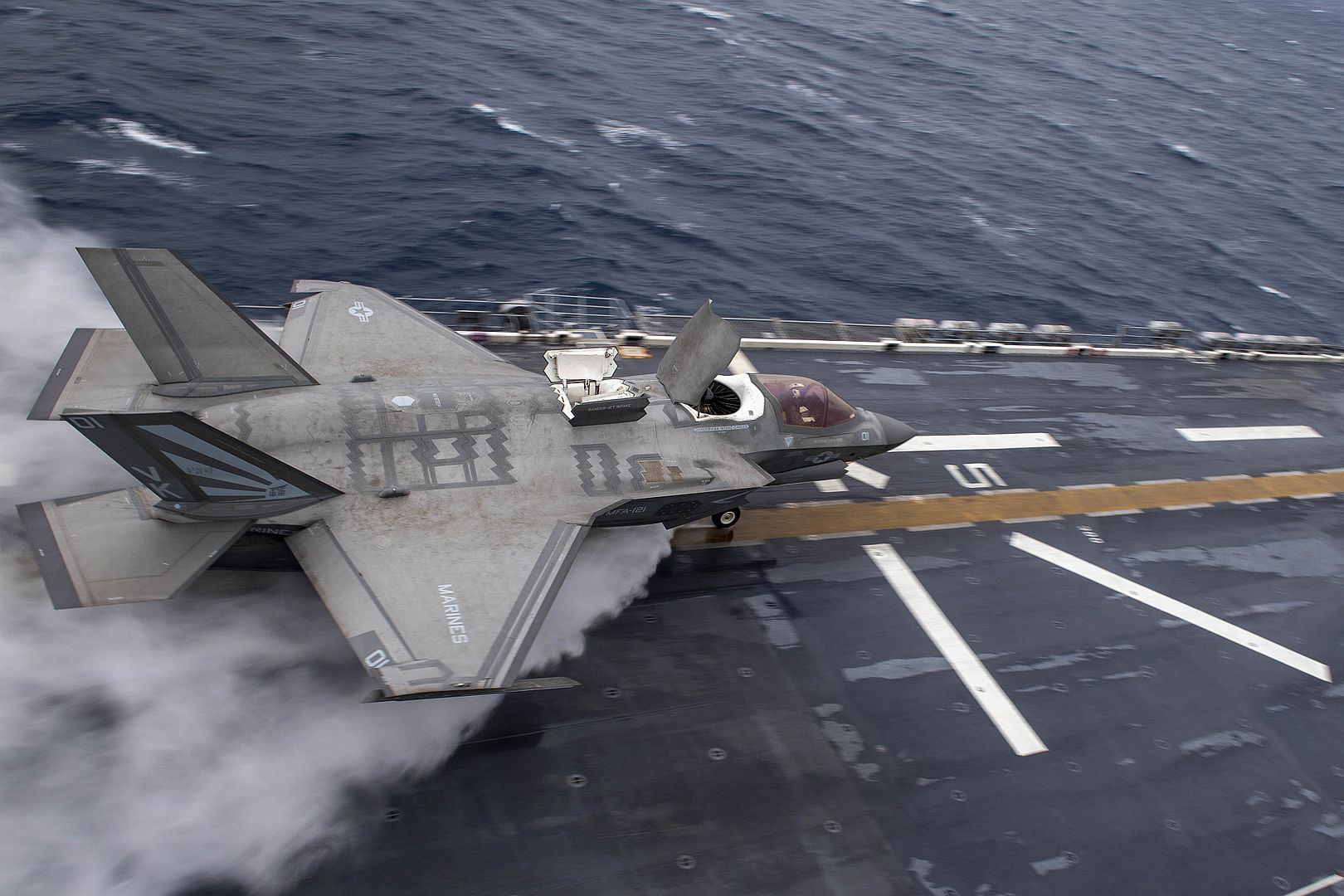
A U.S. Air Force HC-130J Combat King II sits on the flight line at Davis-Monthan Air Force Base, Ariz., April 8, 2020. The HC-130J's primary function is to serve as the only fixed-wing personnel recovery platform in the Air Force's inventory. (U.S. Air Force photo by Airman 1st Class Jacob T. Stephens)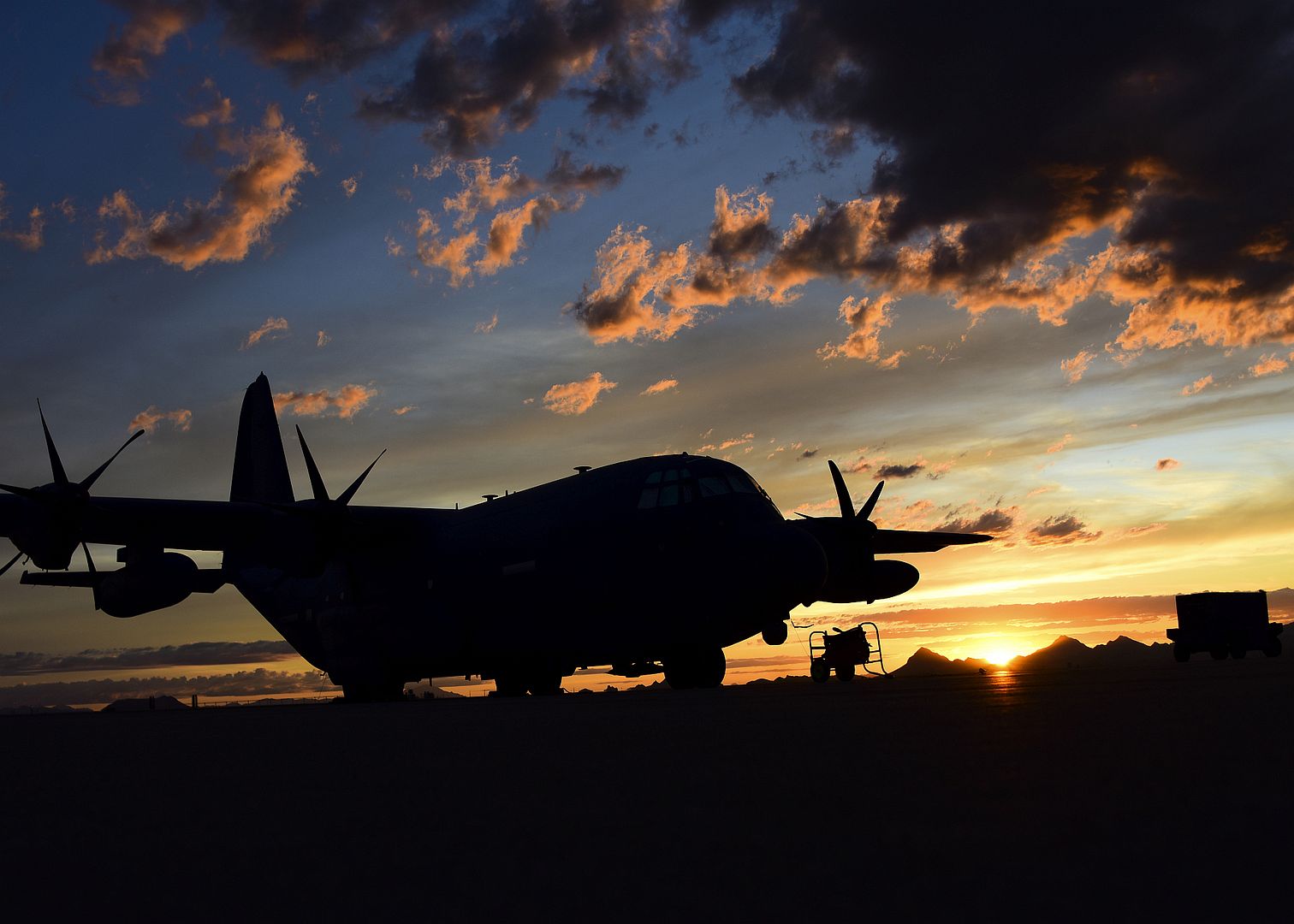
A U.S. Air Force A-10 Thunderbolt II sits on the flight line at Davis-Monthan Air Force Base, Ariz., April 8, 2020. The A-10 performs close air support, airborne forward control and combat search and rescue operations. (U.S. Air Force photo by Airman 1st Class Jacob T. Stephens)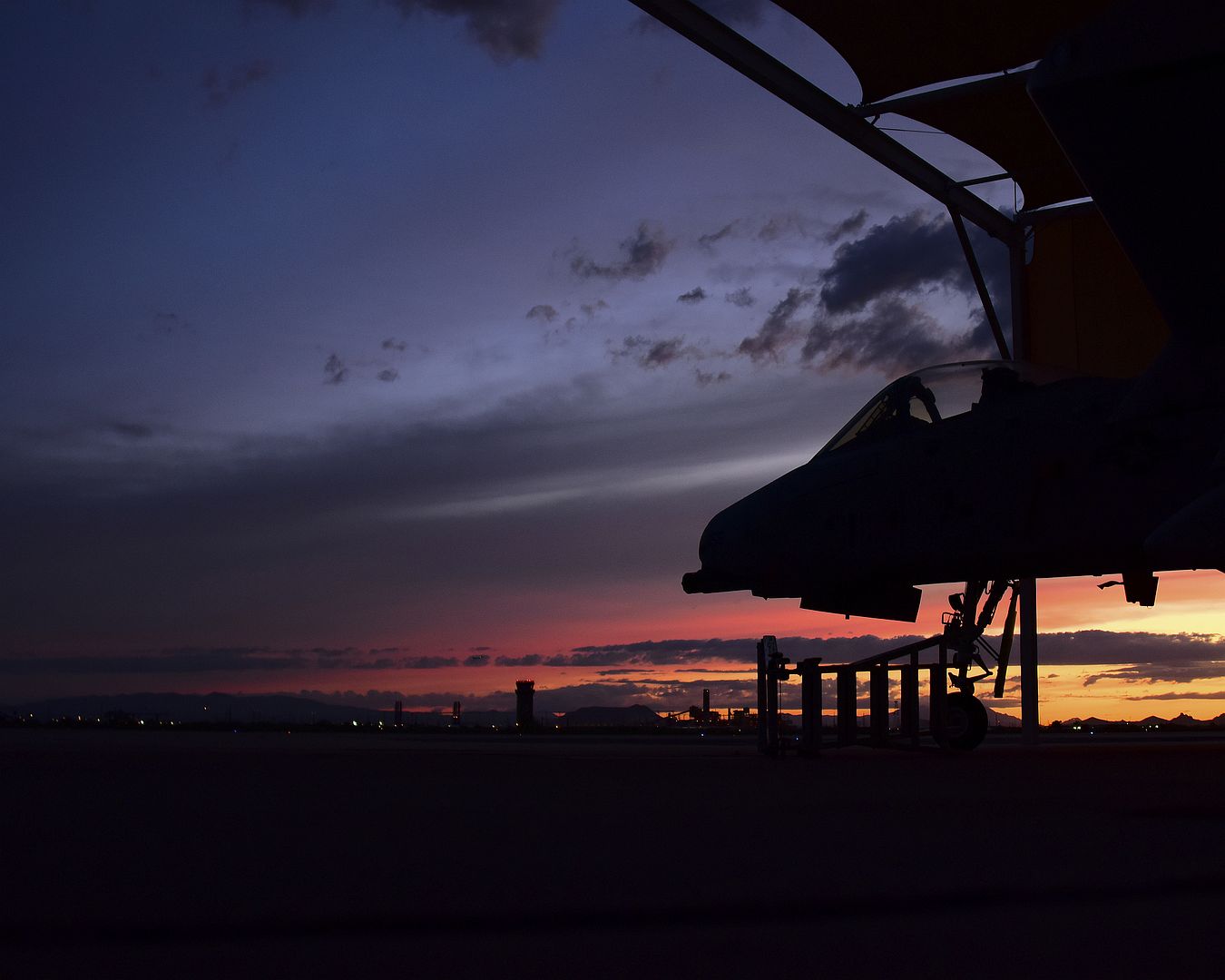
F-15E Strike Eagles, assigned to the 332nd Air Expeditionary Wing, April 8, 2020, at an undisclosed location in Southwest Asia. The F-15E is an extremely maneuverable tactical fighter designed to allow the Air Force to establish air superiority over the battlefield. (U.S. Air Force photo's by Senior Master Sgt. Ralph Branson)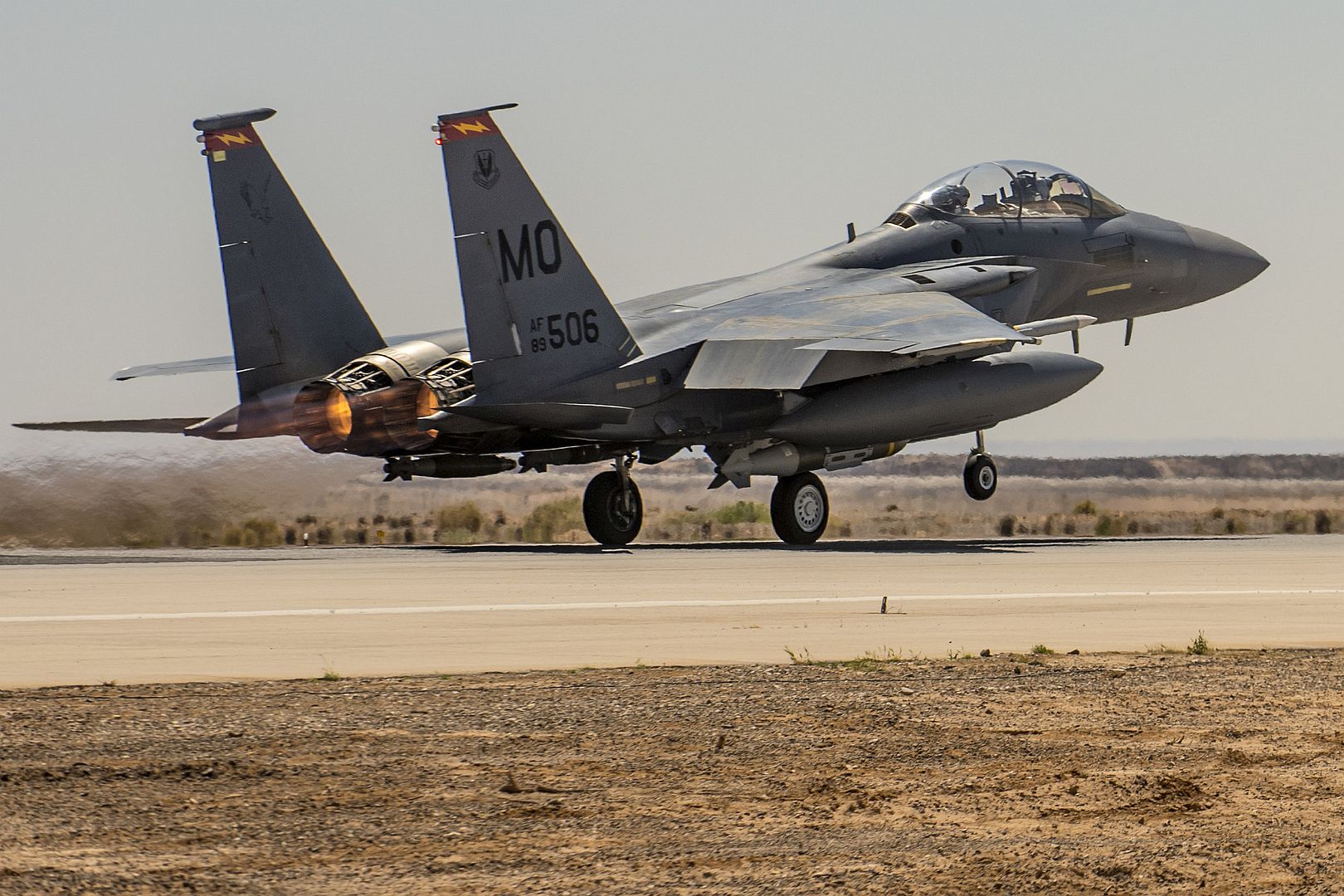
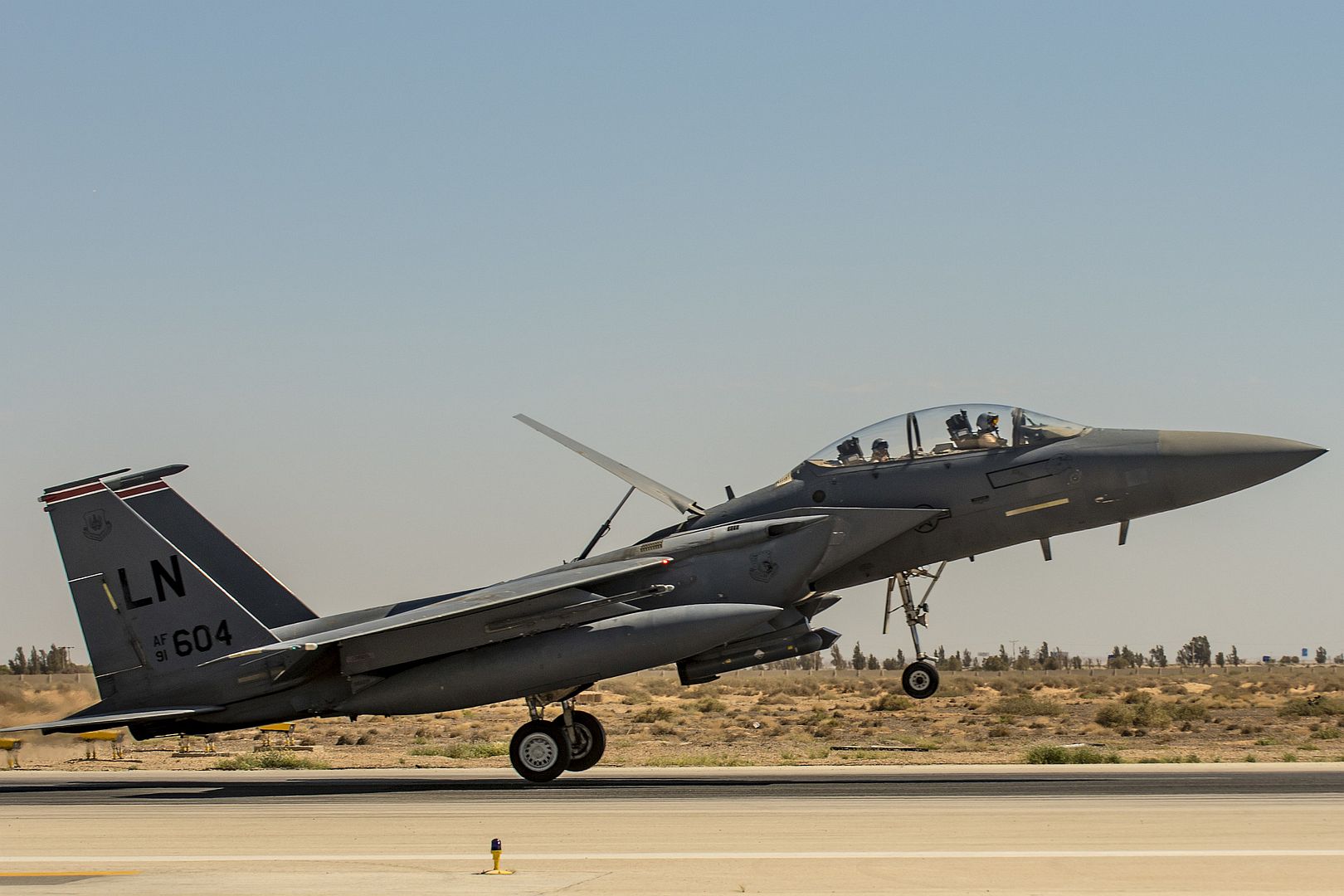
ARABIAN SEA (April 9, 2020) An E/A-18G Growler attached to the Zappers of Electronic Attack Squadron 130 prepares to launch from the flight deck aboard the aircraft carrier USS Dwight D. Eisenhower (CVN 69), April 9, 2020. Ike is deployed to the U.S. 5th Fleet area of operations in support of naval operations to ensure maritime stability and security in the Central Region, connecting the Mediterranean and Pacific through the western Indian Ocean and three strategic choke points. (U.S. Navy photo by Mass Communication Specialist 2nd Class Kaleb J. Sarten/Released) -
 Main AdminA U.S. Air Force F-22 Raptor aircraft prepares to land after a training flight at Joint Base Langley-Eustis, Virginia, April 10, 2020. The 1st Fighter Wing continues to fly and train while implementing strict social distancing and sanitization practices, in line with the installation Health Protection Condition measures, to combat the spread of COVID-19.
Main AdminA U.S. Air Force F-22 Raptor aircraft prepares to land after a training flight at Joint Base Langley-Eustis, Virginia, April 10, 2020. The 1st Fighter Wing continues to fly and train while implementing strict social distancing and sanitization practices, in line with the installation Health Protection Condition measures, to combat the spread of COVID-19.
Photo by Nicholas J. De La Pena.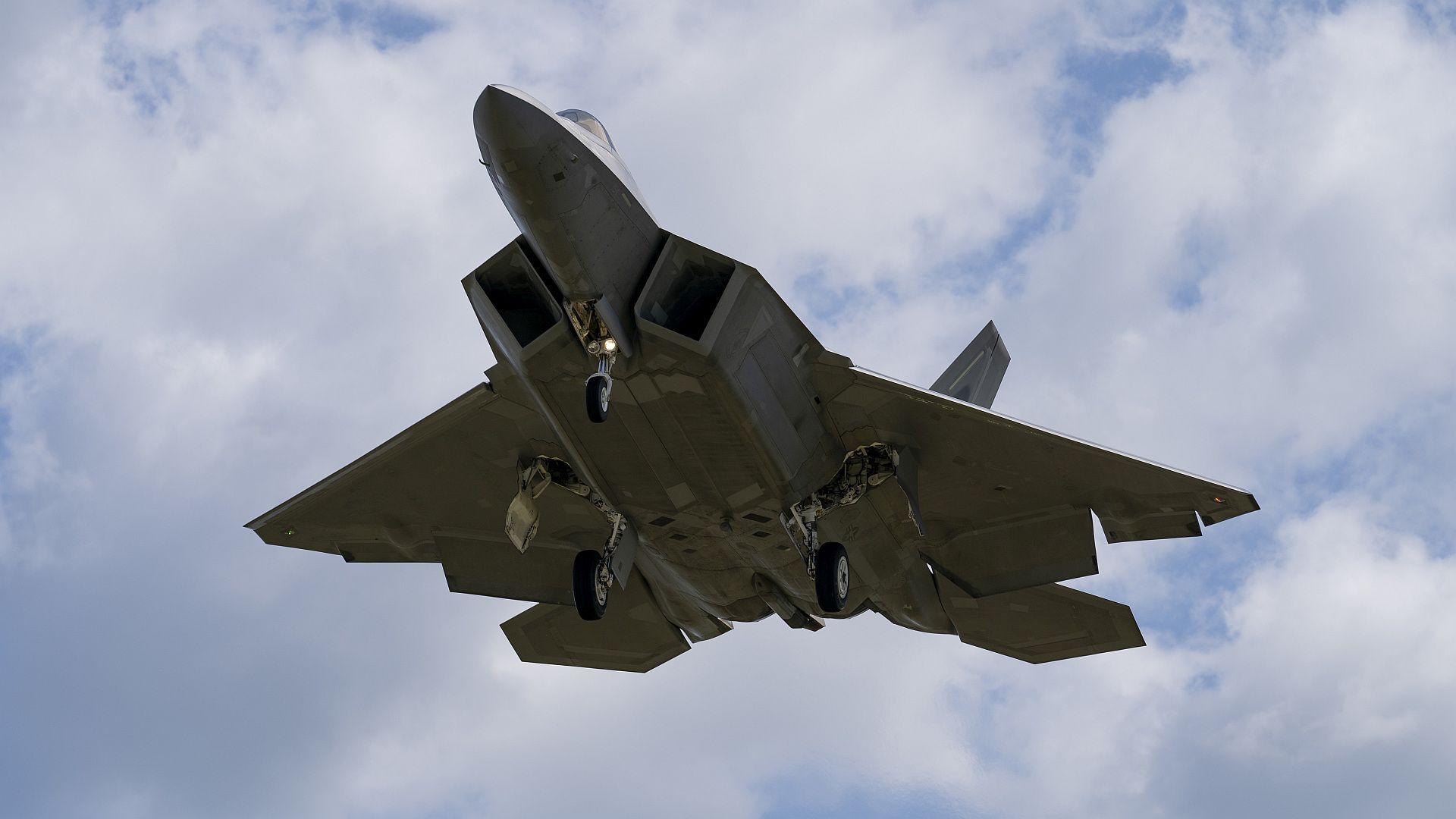
Maj. Lloyd Wright, a pilot assigned to the 18th Aggressor Squadron (AGRS), prepares for takeoff on Eielson Air Force Base, Alaska, April 9, 2020. The 18th AGRS mission is to know, teach, and replicate near-peer adversary threats in order to provide realistic training to other pilots and prepare them for combat. (U.S. Air Force photo by Staff Sgt. Zade Vadnais)
Seville, 13.04.2020 ? The Airbus A400M new-generation airlifter ordered by the Luxembourg Armed Forces has made its maiden flight, marking a key milestone towards its delivery. The aircraft, known as MSN104, took off from Seville (Spain), where the final assembly line is located, at 16:08 local time (CET) and landed back on site 5 hours later.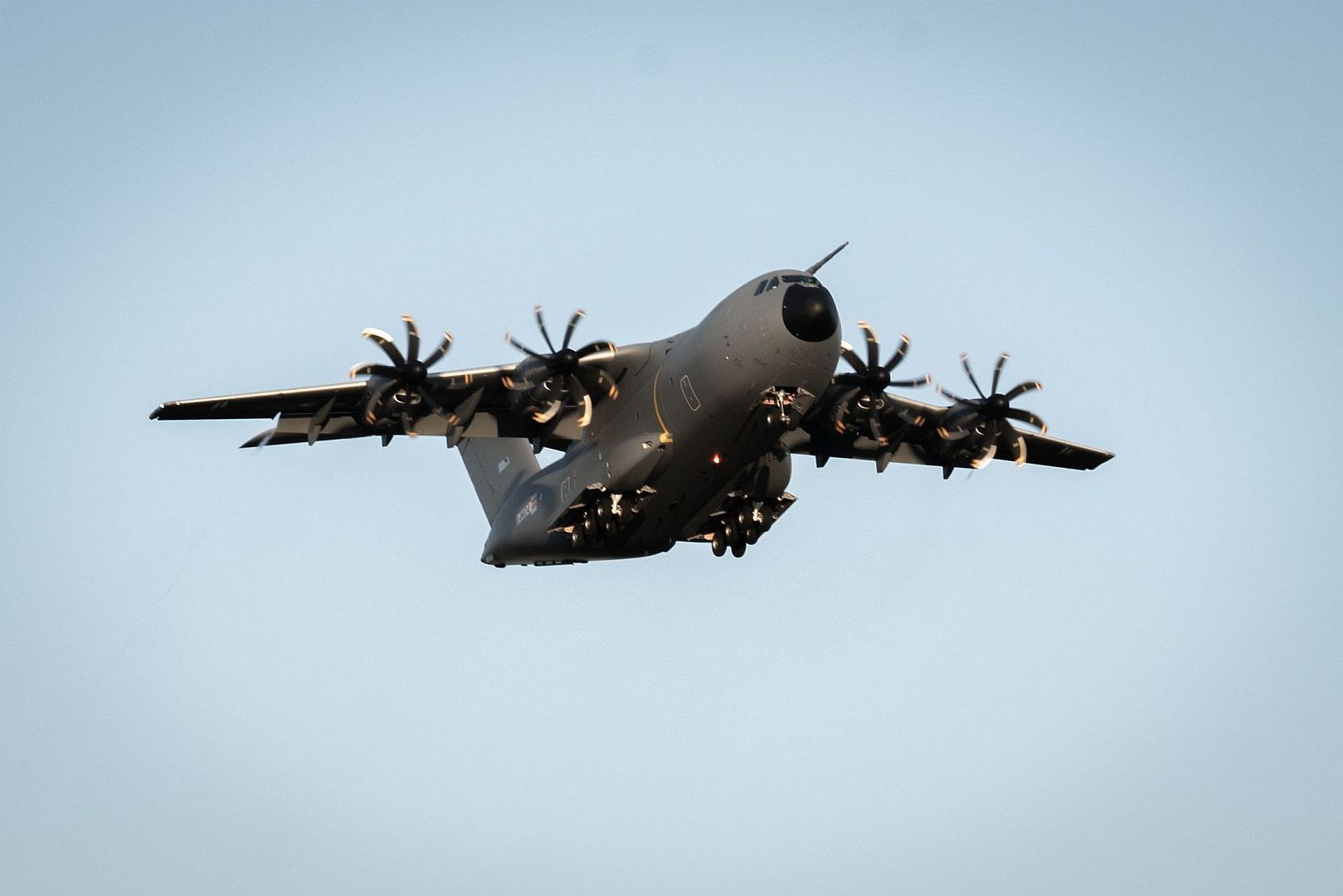
The Luxembourg aircraft will be operated by the armed forces of Belgium and Luxembourg within a binational unit based in Belgium. MSN104 is scheduled to be delivered in the second quarter of 2020.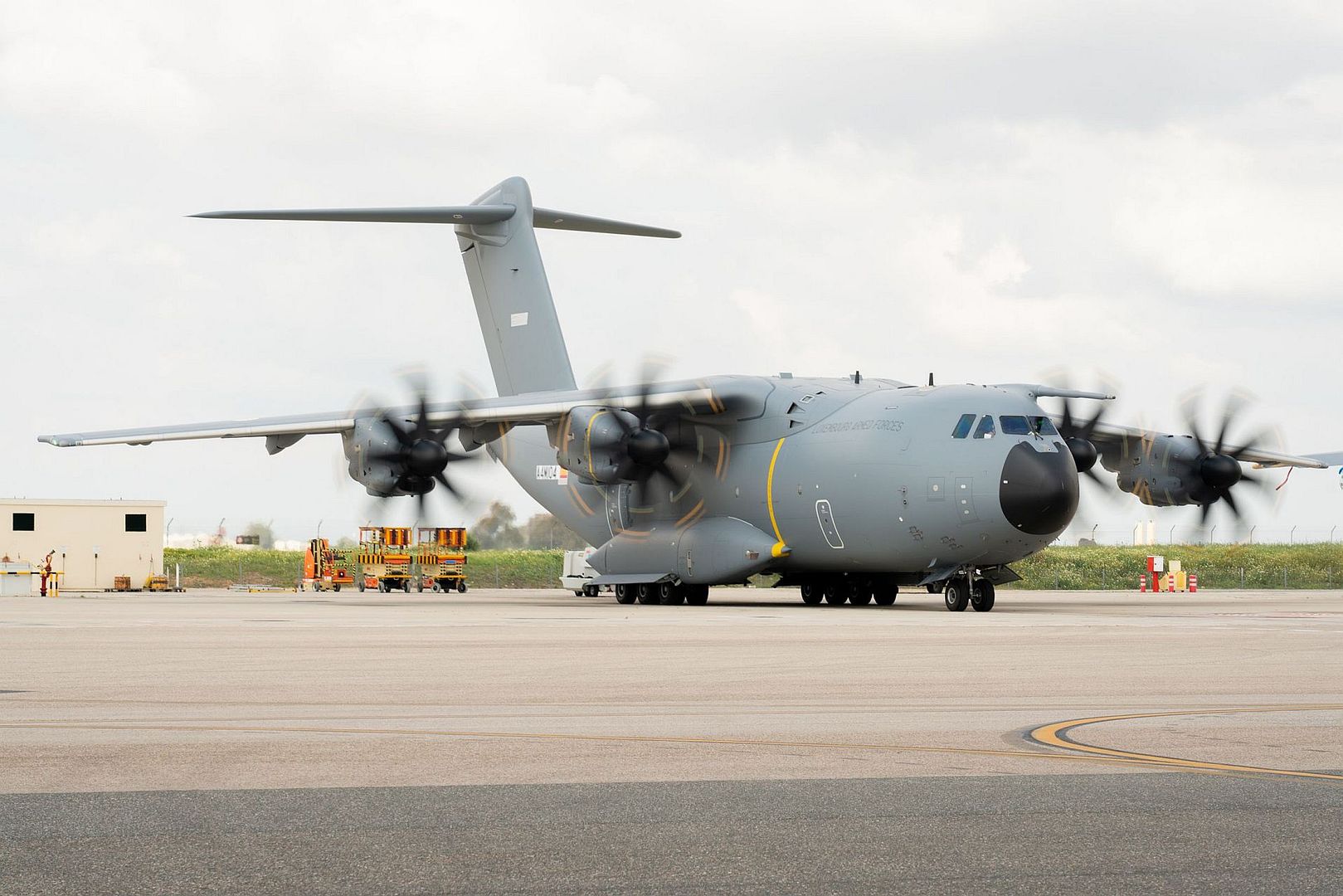
The United States Air Force Air Demonstration Squadron ?Thunderbirds? fly over Las Vegas, Nev., April 11, 2020. The Thunderbirds will flew over Las Vegas to show appreciation and support for the healthcare workers, first responders and other essential personnel who are working on the front lines to combat COVID-19. (U.S. Air Force photo's/Staff Sgt. Cory W. Bush)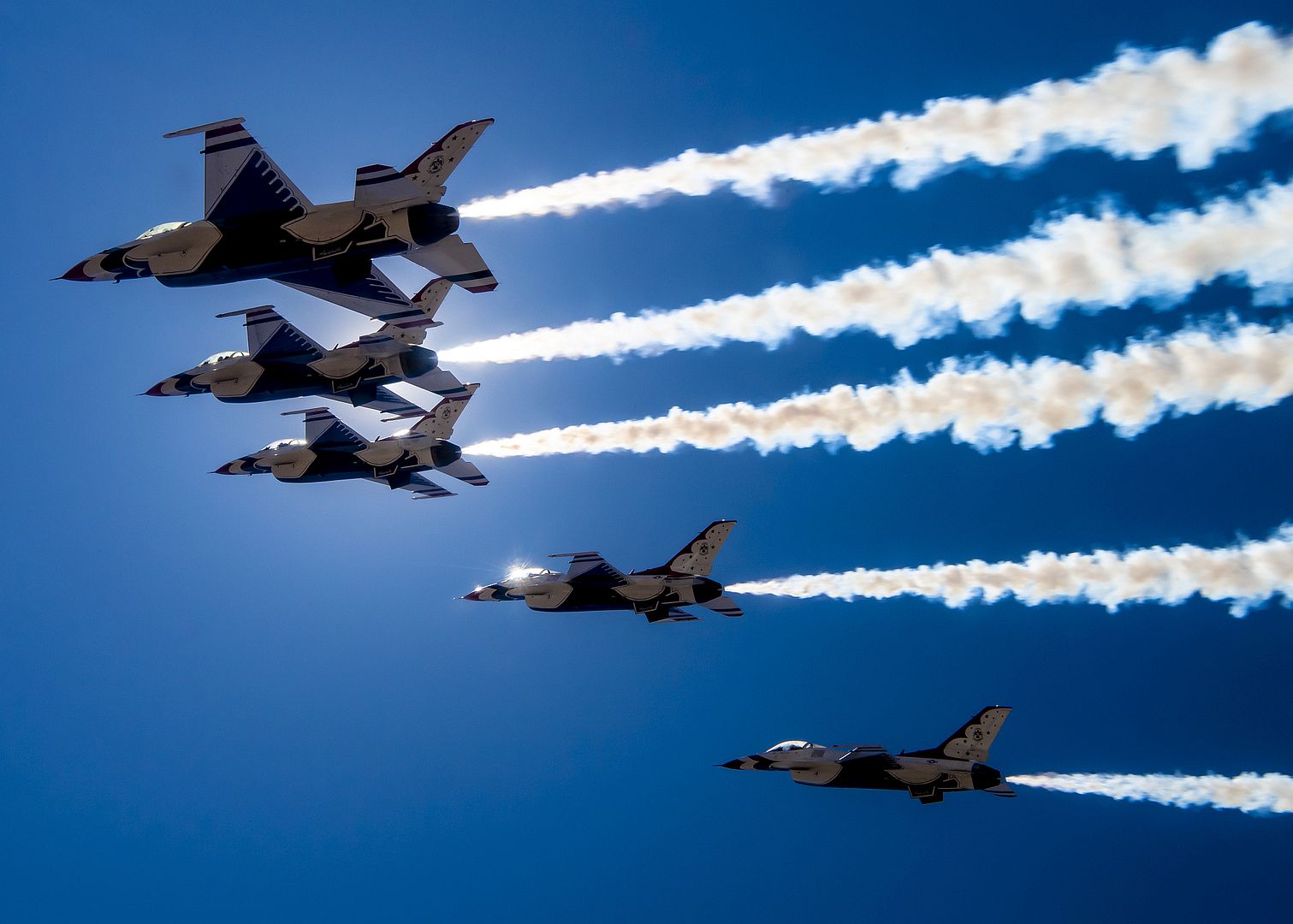
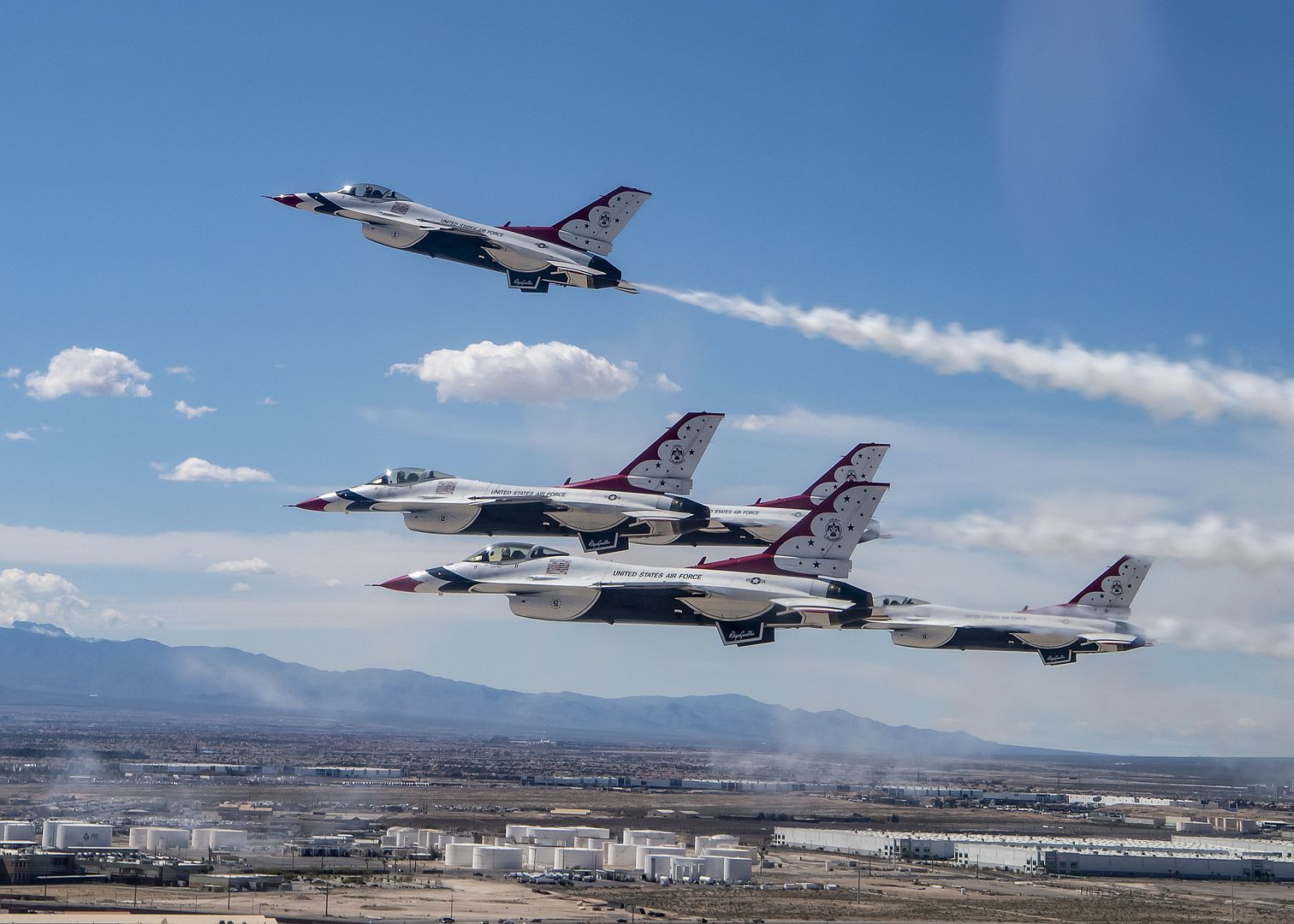
-
5 years agoTue Apr 14 2020, 09:42pm
 Main AdminA U.S. Navy MH-60S Knighthawk, U.S. Air Force RQ-4 Global Hawk, Navy MQ-4C Triton, Air Force B-52 Stratofortresses, and KC-135 Stratotankers stationed at Andersen Air Force Base, Guam, perform an "Elephant Walk" April 13, 2020. The Elephant Walk showcases the 36th Wing's readiness and ability to generate combat airpower at a moment's notice to ensure regional stability throughout the Indo-Pacific. (U.S. Air Force photo's by Senior Airman Michael S. Murphy)
Main AdminA U.S. Navy MH-60S Knighthawk, U.S. Air Force RQ-4 Global Hawk, Navy MQ-4C Triton, Air Force B-52 Stratofortresses, and KC-135 Stratotankers stationed at Andersen Air Force Base, Guam, perform an "Elephant Walk" April 13, 2020. The Elephant Walk showcases the 36th Wing's readiness and ability to generate combat airpower at a moment's notice to ensure regional stability throughout the Indo-Pacific. (U.S. Air Force photo's by Senior Airman Michael S. Murphy)
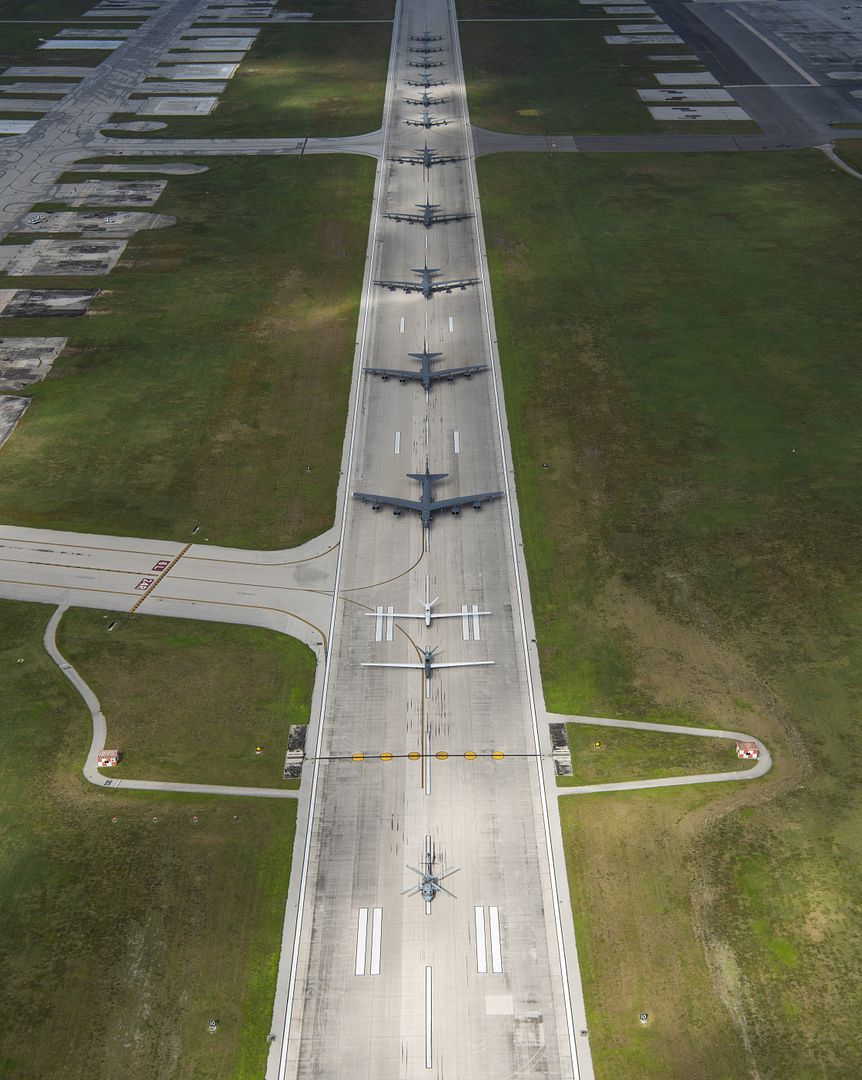
An F-35A Lightning II assigned to the 63rd Fighter Squadron taxis to the runway April 8, 2020, at Luke Air Force Base, Ariz. Luke AFB has graduated more than 61,000 pilots since 1941. Luke AFB is home to 77 F-16s and 98 F-35s enabling assigned Airmen to train the world?s greatest fighter pilots and combat ready Airmen. (U.S. Air Force photo by Airman 1st Class Brooke Moeder)
An F-16C Fighting Falcon assigned to the 64th Aggressor Squadron takes off April 3, 2020, at Nellis Air Force Base, Nev. The 64th Aggressor Squadron flew a pre-scheduled training mission using all blue aircraft, symbolizing the base?s appreciation and support for Las Vegas Valley medical professionals, including those at the Mike O?Callaghan Military Medical Center, and first responders who are fighting the COVID-19 pandemic. (U.S. Air Force photo by Senior Airman Jeremy Wentworth)
An F-16 Fighting Falcon fighter jet assigned to the 64th Aggressor Squadron (AGRS), sits at the end of the after completing final preflight checks prior to taking off from Nellis Air Force Base, Nevada, April 3, 2020. The 64th AGRS conducted a training mission in blue F-16?s to symbolize the base?s appreciation and support of the Las Vegas medical professionals, including medical personnel at the Mike O?Callaghan Military Medical Center, while they fight against COVID-19. (U.S. Air Force photo by Staff Sgt. Tabatha Arellano)
Jets line up at the end of runway for final checks prior to taking off from Nellis Air Force Base, Nevada, April 3, 2020. The flight is in support of the Las Vegas Valley medical professionals, who are fighting COVID-19. (U.S. Air Force photo by Staff Sgt. Tabatha Arellano)
A U.S. Air Force A-10 Thunderbolt II sits on the flight line at Davis-Monthan Air Force Base, Ariz., April 8, 2020. The A-10 performs close air support, airborne forward control and combat search and rescue operations. (U.S. Air Force photo by Airman 1st Class Jacob T. Stephens)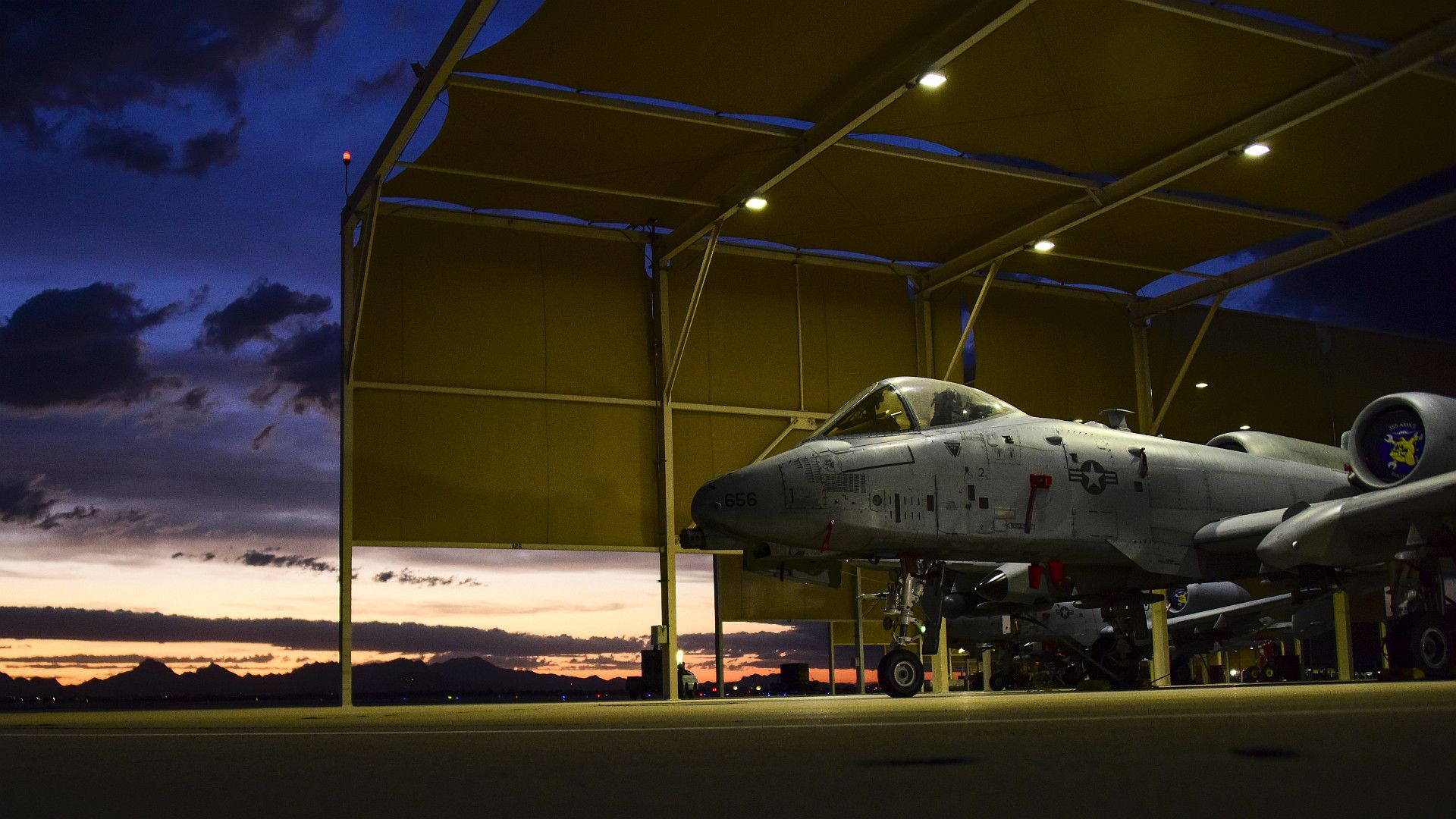
ST. LOUIS, April 14, 2020 ? Boeing [NYSE: BA] successfully completed the first flight of the F-15QA fighter, the most advanced version of the jet ever manufactured. Developed for the Qatar Emiri Air Force (QEAF), the jet demonstrated its next-generation capabilities during its 90-minute mission. The flight took off and landed from Lambert International Airport in St. Louis.
?We are very proud of this accomplishment and looking forward with great excitement to the continued successes of this program,? said Col. Ahmed Al Mansoori, commander, QEAF F-15 Wing. ?This successful first flight is an important milestone that brings our squadrons one step closer to flying this incredible aircraft over the skies of Qatar.?
Boeing?s flight test team, led by Chief Test Pilot Matt Giese, implemented a precise mission checklist to test the multirole aircraft?s capabilities. The aircraft demonstrated its maneuverability during its vertical ?Viking? takeoff and by pulling nine Gs, or nine times the force of earth?s gravity, in its subsequent maneuvering in the test airspace. Checks of systems such as avionics and radar were also successful. A test team monitoring the data in real time confirmed the aircraft performed as planned.
?This successful first flight is an important step in providing the QEAF an aircraft with best-in-class range and payload,? said Prat Kumar, Boeing vice president and F-15 program manager. ?The advanced F-15QA not only offers game changing capabilities but is also built using advanced manufacturing processes which make the jet more efficient to manufacture. In the field, the F-15 costs half the cost per flight hour of similar fighter aircraft and delivers far more payload at far greater ranges. That?s success for the warfighter."
The U.S. Department of Defense awarded Boeing a $6.2 billion contract in 2017 to manufacture 36 F-15 fighter jets for the QEAF. Boeing will begin delivering aircraft to the customer in 2021. In addition, Boeing was awarded a U.S. Air Force foreign military sale contract in 2019 for F-15QA aircrew and maintenance training for the QEAF.
The F-15QA brings to its operators next-generation technologies such as fly-by-wire flight controls, digital cockpit; modernized sensors, radar, and electronic warfare capabilities; and the world's fastest mission computer. Increases in reliability, sustainability and maintainability allow defense operators to affordably remain ahead of current and evolving threats.
Through investments in the F-15QA platform and partnership with the U.S. Air Force, Boeing is now preparing to build a domestic variant of the advanced fighter, the F-15EX. F-15EX became a program of record for the Air Force when the National Defense Authorization Act for fiscal year 2020 was signed on Dec. 30, 2019. In January, the Air Force issued public notifications of its intent to award sole-source a contract to Boeing for eight jets. Future plans call for as many as 144 aircraft.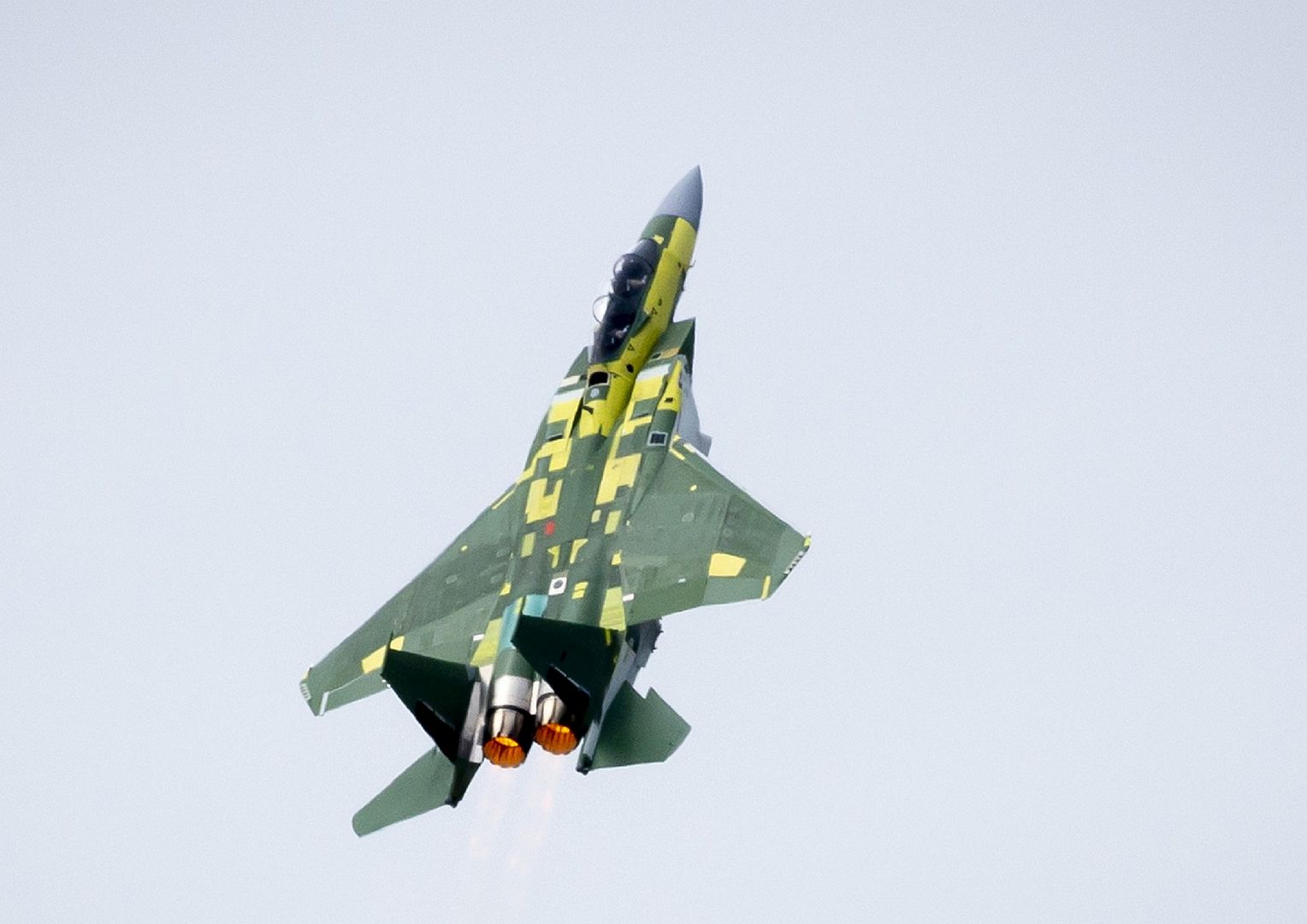
-
 Main AdminWASHINGTON (AFNS) --
Main AdminWASHINGTON (AFNS) --
The Department of the Air Force selected Truax Field, Wisconsin, and Dannelly Field, Alabama, for the next two Air National Guard F-35A Lightning II locations.
F-35As will begin to replace many of the older fourth-generation aircraft, but the Air Force will continue to fly a mix of fifth and fourth-generation fighters into the 2040s. This will allow the Air Force to maintain enough fighters to meet combatant commander requirements, provide required training, and allow a reasonable and uninterrupted deployment tempo for the force.
?The Department of the Air Force selected the 115th Fighter Wing and the 187th Fighter Wing as the next Air National Guard locations to receive the F-35A,? said Secretary of the Air Force Barbara M. Barrett. ?Putting F-35s at these two bases continues our transition into the next generation of air superiority.?
Before finalizing the basing decisions, the Air Force completed the required environmental analysis, which began in early 2018.
The Air Force expects the F-35As to begin arriving at Truax and Dannelly Fields in 2023.
Currently, three active duty operational locations?Hill Air Force Base, Utah; RAF Lakenheath, United Kingdom; and Eielson AFB, Alaska, one other Air National Guard location, Burlington Air Guard Station, Vermont.
One Air Force Reserve location, Joint Reserve Base Fort Worth, Texas, has been selected to host F-35A aircraft, pending the results of an environmental study.
F-16 Fighting Falcons from Madison, Wis. fly alongside an F-35 Lightning II. The Department of the Air Force selected Truax Field, Wis., and Dannelly Field, Ala., for the next two Air National Guard F-35A Lightning II locations.(Photo courtesy of Scott Wolff)
ROCKFORD, Il. (April 14, 2020) A Federal Emergency Management Agency Project Airbridge flight arrived at Illinois? Rockford International Airport with medical supplies to be distributed by companies nationwide in response to the COVID-19 pandemic. The Russian cargo plane, The Antonov, is a part of FEMA?s Project Airbridge which charters planes to bring supplies like N-95 respirators, surgical masks, gloves and gowns. (Photo by Dominick Del Vecchio)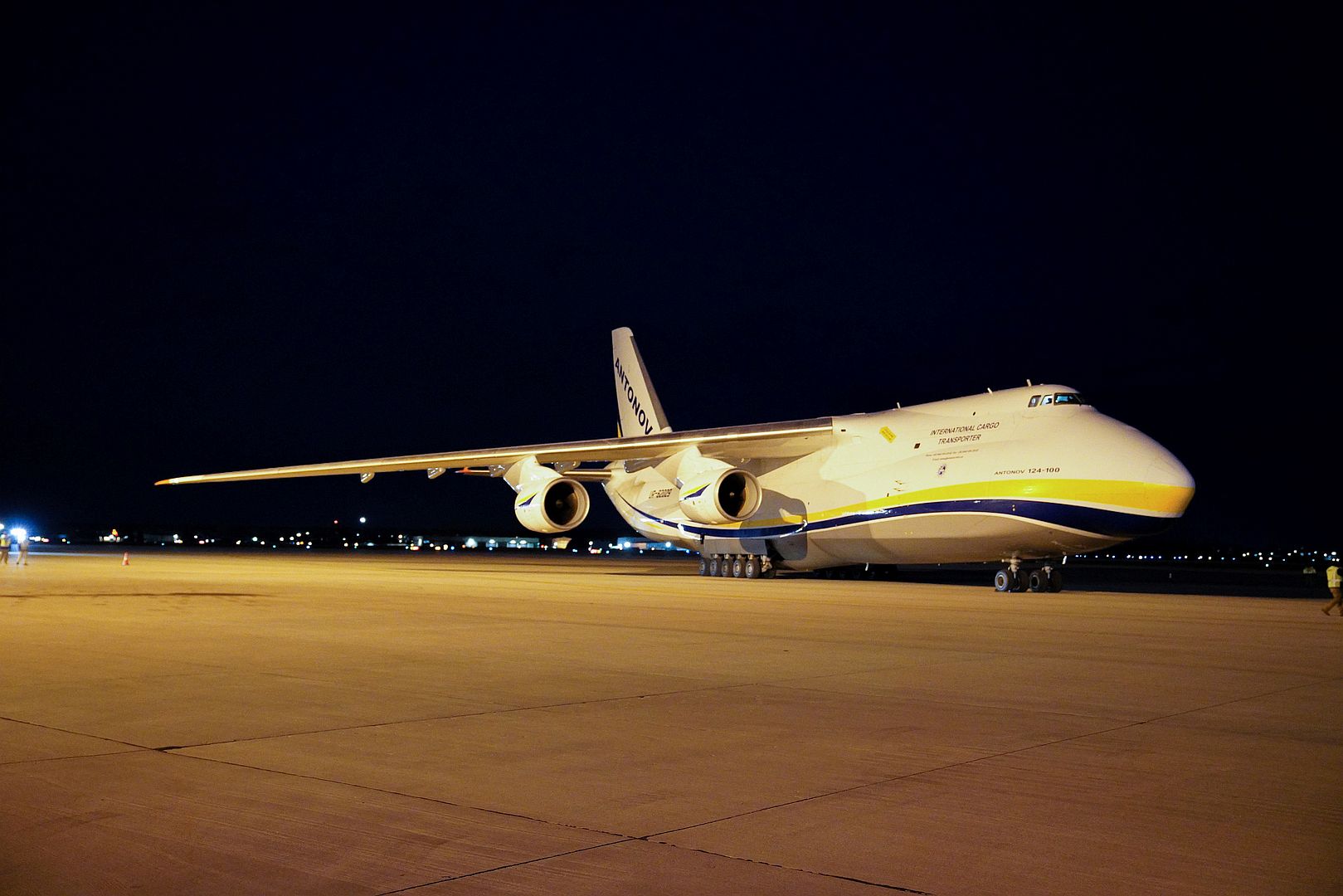
PHILIPPINE SEA (April 14, 2020) Sailors aboard amphibious assault ship USS America (LHA 6) prepare an F-35B Lightning II fighter aircraft with Marine Medium Tiltrotor Squadron (VMM) 265 (Reinforced), 31st Marine Expeditionary Unit (MEU), for takeoff. VMM-265 (Rein.), reinforced with F-35Bs from Marine Fighter Attack Squadron 121, is currently serving as the aviation combat element for the 31st MEU. America, flagship of the America Expeditionary Strike Group, 31st MEU team, is operating in the U.S 7th Fleet area of operations to enhance interoperability with allies and partners and serve as a ready response force to defend peace and stability in the Indo-Pacific region. (Marine Corps photo by Lance Cpl. Kolby Leger).jpg)
An F-15E Strike Eagle assigned to the 492nd Fighter Squadron performs a flight maneuver above Royal Air Force Lakenheath, England, April 15, 2020. The 492nd FS conducts daily routine training to ensure the Liberty Wing brings unique air combat capabilities to the fight when called upon by United States Air Forces in Europe-Air Forces Africa. (U.S. Air Force photo by Airman 1st Class Madeline Herzog)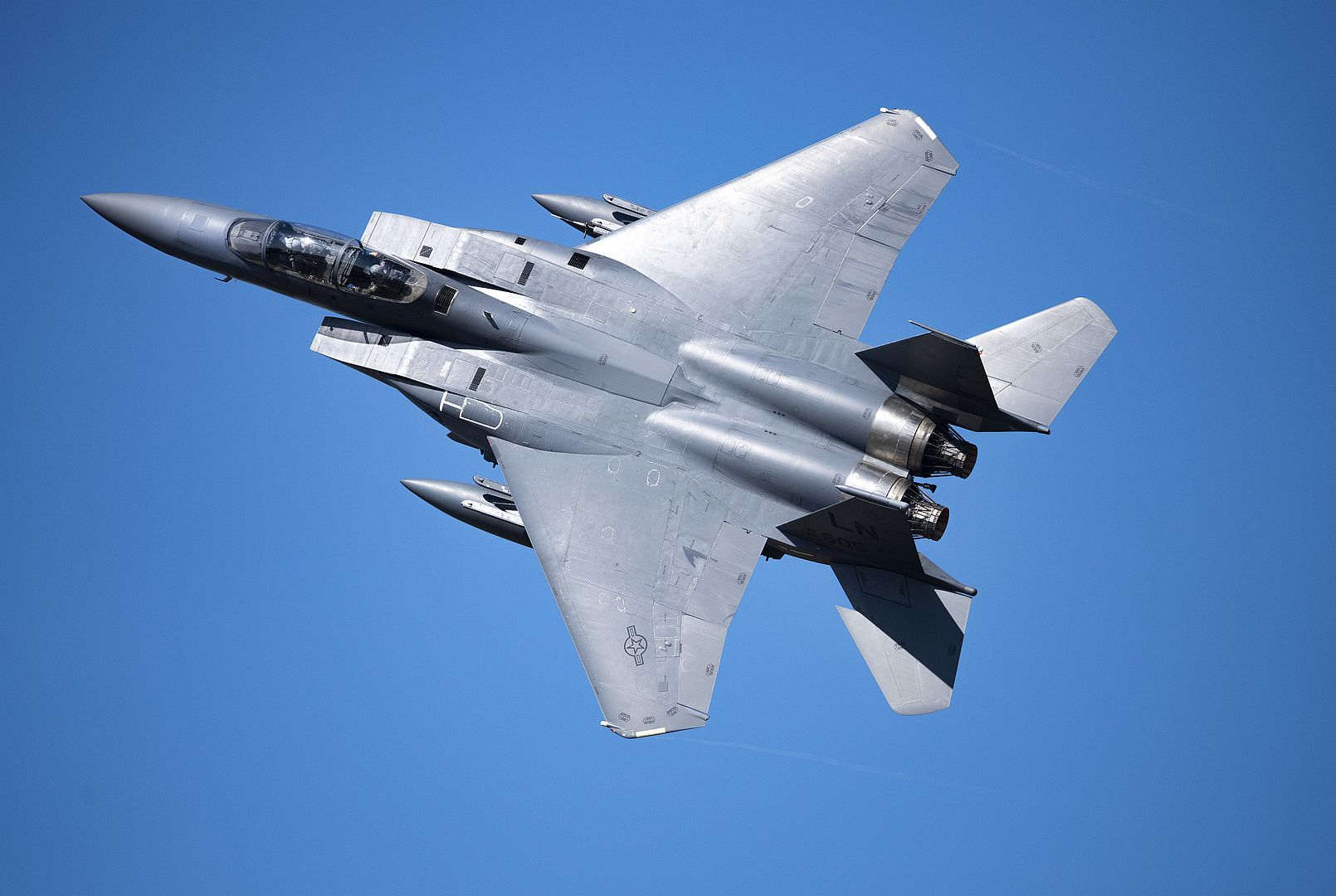
An F-15C Eagle assigned to the 493rd Fighter Squadron takes off for a training sortie from Royal Air Force Lakenheath, England, April 15, 2020. The Eagle is an all-weather, extremely maneuverable, tactical fighter designed to gain and maintain air supremacy over the battlefield. (U.S. Air Force photo by Airman 1st Class Madeline Herzog)
PHILIPPINE SEA (April 14, 2020) Sailors and Marines aboard amphibious assault ship USS America (LHA 6) conduct flight operations with an MV-22B Osprey assigned to the 31st Marine Expeditionary Unit, Marine Medium Tiltrotor Squadron (VMM) 265 (Reinforced). America, flagship of the America Expeditionary Strike Group, 31st Marine Expeditionary Unit team, is operating in the U.S. 7th Fleet area of operations to enhance interoperability with allies and partners and serve as a ready response force to defend peace and stability in the Indo-Pacific region. (U.S. Navy photo by Mass Communication Specialist 1st Class Rufus Hucks)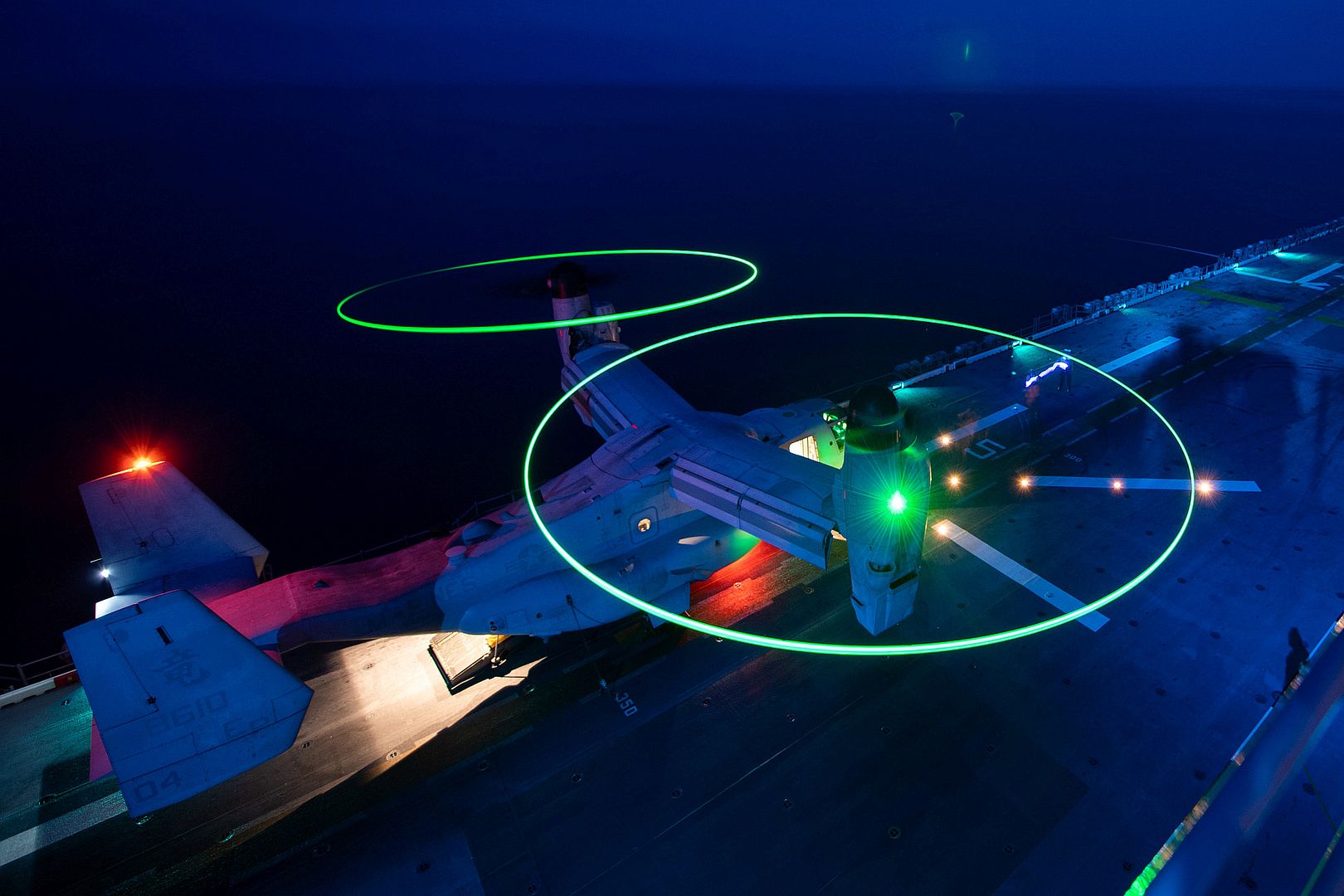
U.S. Air Force Maj. Josh Gunderson, F-22 Demo Team commander, flies overhead during a practice demonstration at Joint Base Langley-Eustis, Virginia, April 14, 2020. The Air Force Heritage Flight Foundation celebrates U.S. air power history and serves as a living memorial to those who have served in the U.S. Air Force by providing 40-60 annual Heritage Flight demonstrations around the world. (U.S. Air Force Photo by Nicholas J. De La Pena)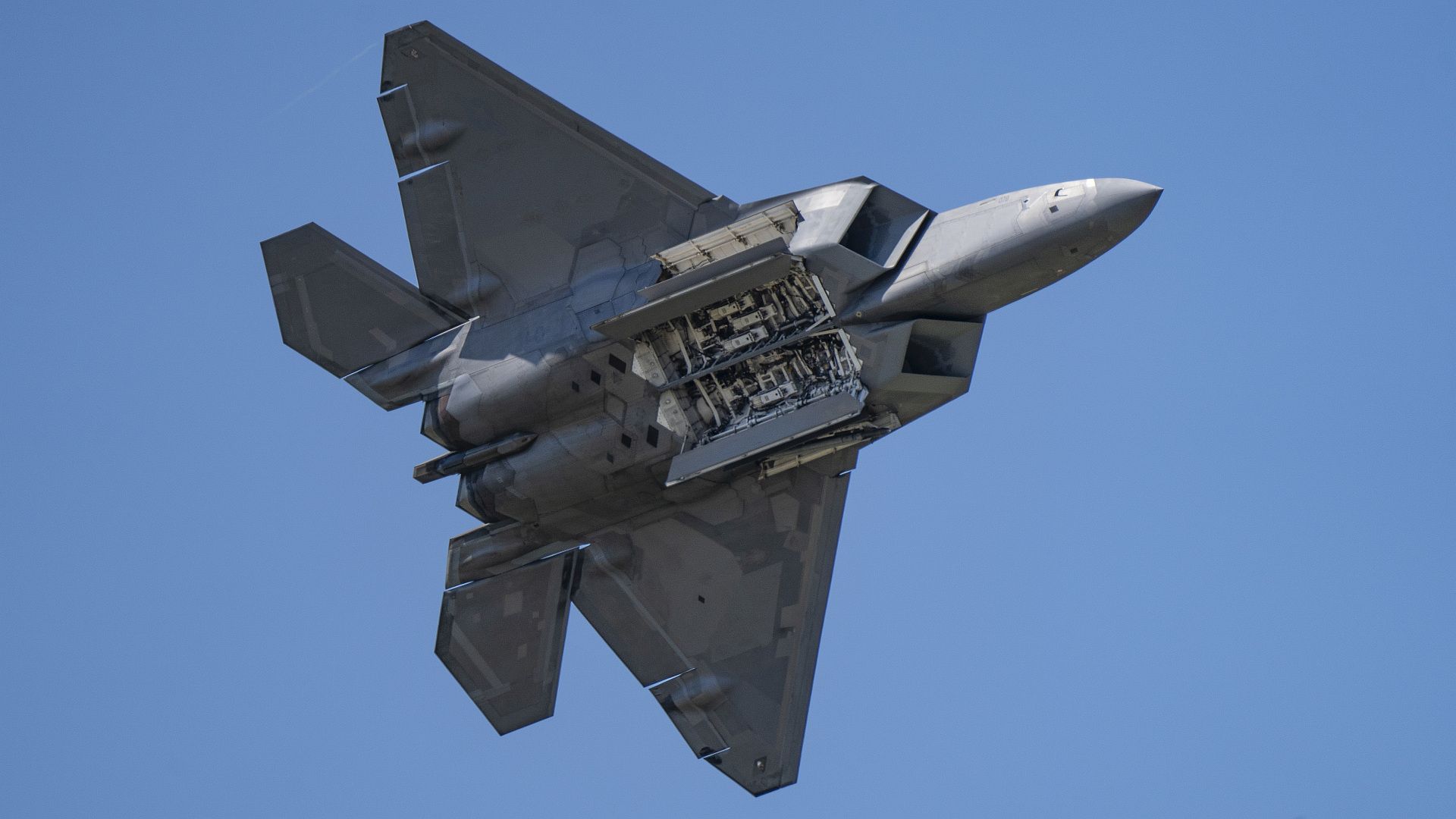
ARABIAN SEA (April 14, 2020) An F/A-18F Super Hornet attached to the Fighting Swordsmen of Strike Fighter Squadron (VFA) 32 takes off from the aircraft carrier USS Dwight D. Eisenhower (CVN 69), April 14, 2020. Ike is deployed to the U.S. 5th Fleet area of operations in support of naval operations to ensure maritime stability and security in the Central Region, connecting the Mediterranean and Pacific through the Western Indian Ocean and three strategic choke points. (U.S. Navy photo by Mass Communication Specialist Aaron Bewkes/Released -
5 years agoThu Apr 16 2020, 09:29pm
 Main AdminAn F-16 fighter jet, assigned to the Ohio National Guard?s 180th Fighter Wing, taxis to the runway for a training flight at the 180FW, April 14, 2020. During the COVID-19 pandemic, the 180FW reduced operations to ensure the safety of its Airmen, but continued to conduct flying missions to maintain readiness, ensuring combat power can be delivered to combatant commanders, anytime, anywhere.
Main AdminAn F-16 fighter jet, assigned to the Ohio National Guard?s 180th Fighter Wing, taxis to the runway for a training flight at the 180FW, April 14, 2020. During the COVID-19 pandemic, the 180FW reduced operations to ensure the safety of its Airmen, but continued to conduct flying missions to maintain readiness, ensuring combat power can be delivered to combatant commanders, anytime, anywhere.
(Air National Guard photo by Senior Airman Kregg York)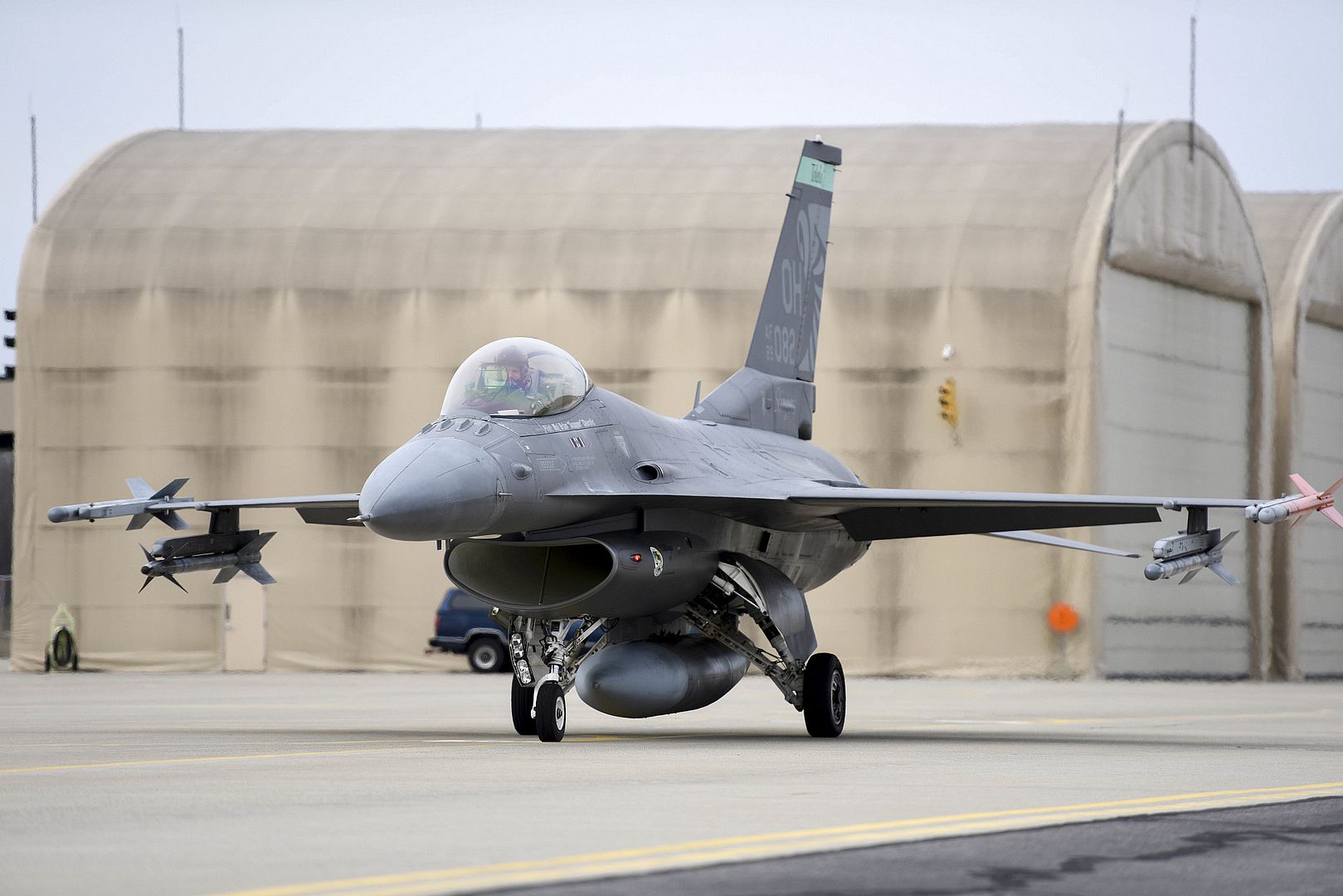
A 494th Aircraft Maintenance Unit crew chief cleans an F-15E Strike Eagle to prevent the spread of COVID-19 at Royal Air Force Lakenheath, England, April 16, 2020. The task requires everything inside the cockpit to be sanitized, to include any tool, button or switch the aircrew may have come in contact with during their flight. (U.S. Air Force photo by Senior Airman Christopher S. Sparks)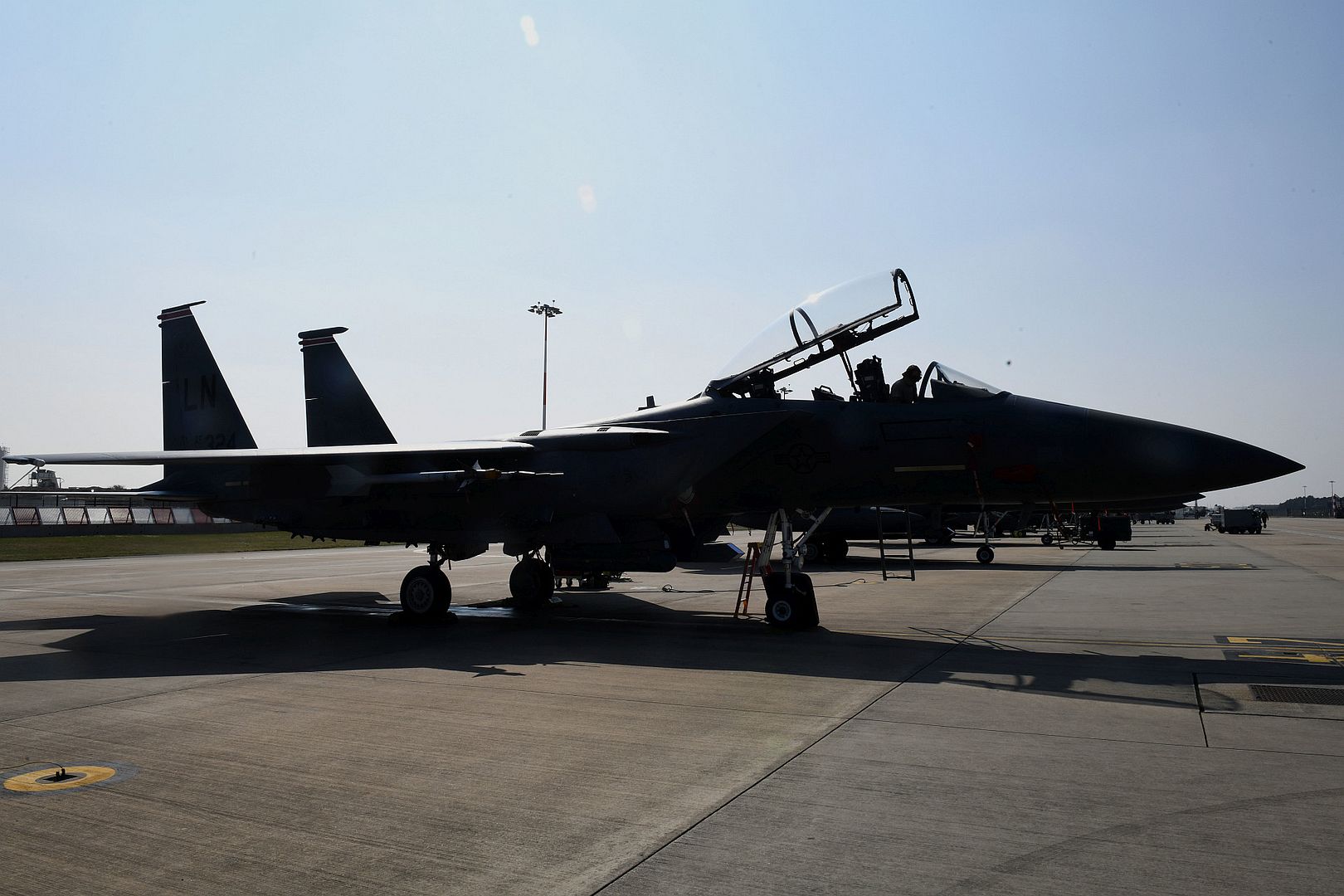
ARABIAN GULF (April 14, 2020) A CH-53E Super Stallion helicopter, attached to the Blue Knights of Marine Medium Tiltrotor Squadron (VMM) 365 (Reinforced), prepares to land on the flight deck aboard the amphibious transport dock ship USS New York (LPD 21), April 14, 2020. New York, with the Bataan Amphibious Ready Group and with embarked 26th Marine Expeditionary Unit, is deployed to the U.S. 5th Fleet area of operations in support of naval operations to ensure maritime stability and security in the Central Region, connecting the Mediterranean and the Pacific through the Western Indian Ocean and three strategic choke points. (U.S. Navy photo by Mass Communication Specialist 2nd Class Lyle Wilkie)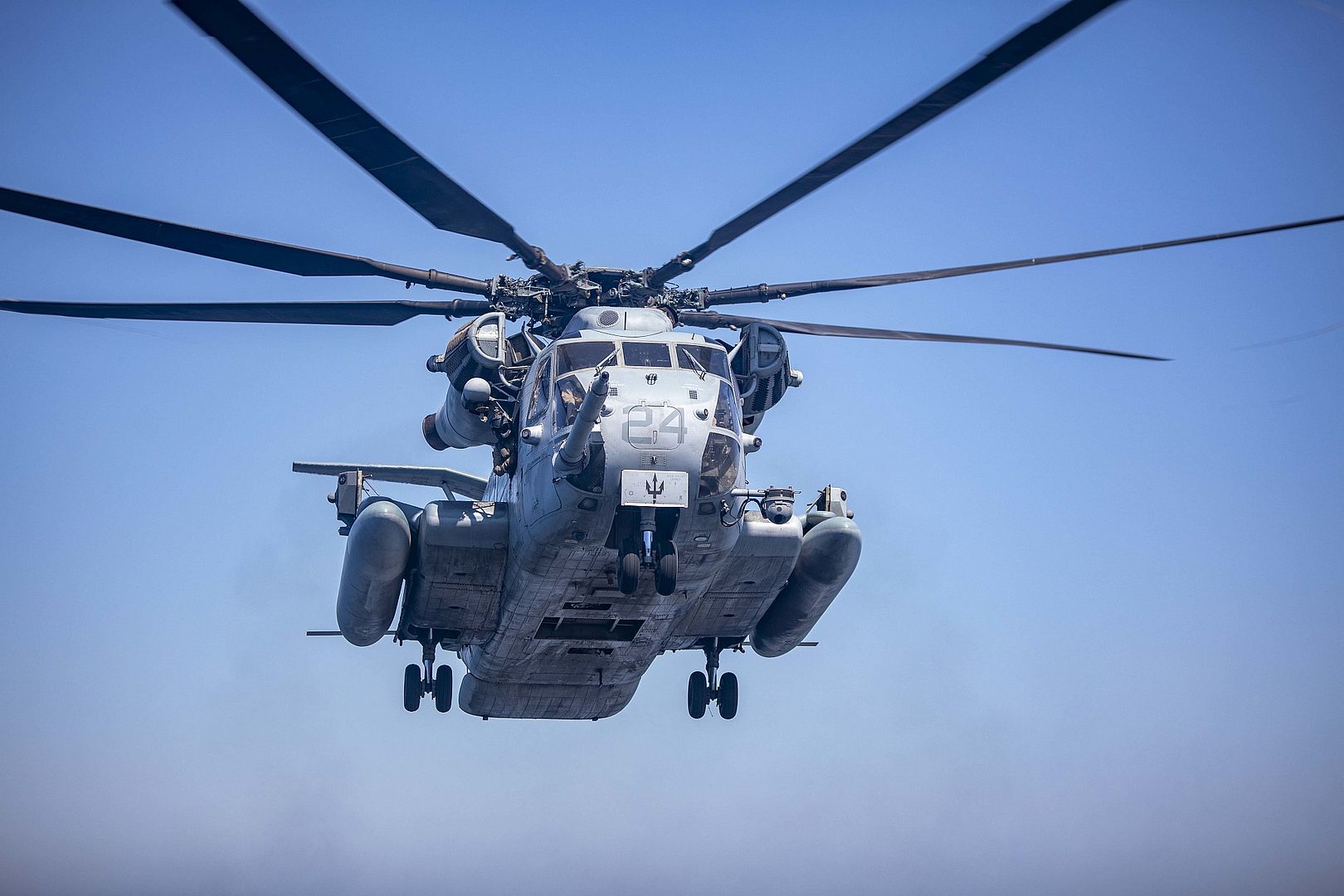
MESA, Ariz., April 16, 2020 ? Production, flight test and deliveries of the AH-64E Apache helicopter continue at the Boeing [NYSE: BA] site in Mesa, Arizona. With 500 AH-64E Apaches in service with the United States Army and defense forces around the world, the ?Echo? model provides enhanced performance; joint digital interoperability; situational awareness and survivability with reduced operational and support costs. First delivered in 2011, the AH-64E has been used in combat operations and peacekeeping efforts. Planned modernization of this multi-role combat helicopter ensures it is ready to fulfill operational requirements globally.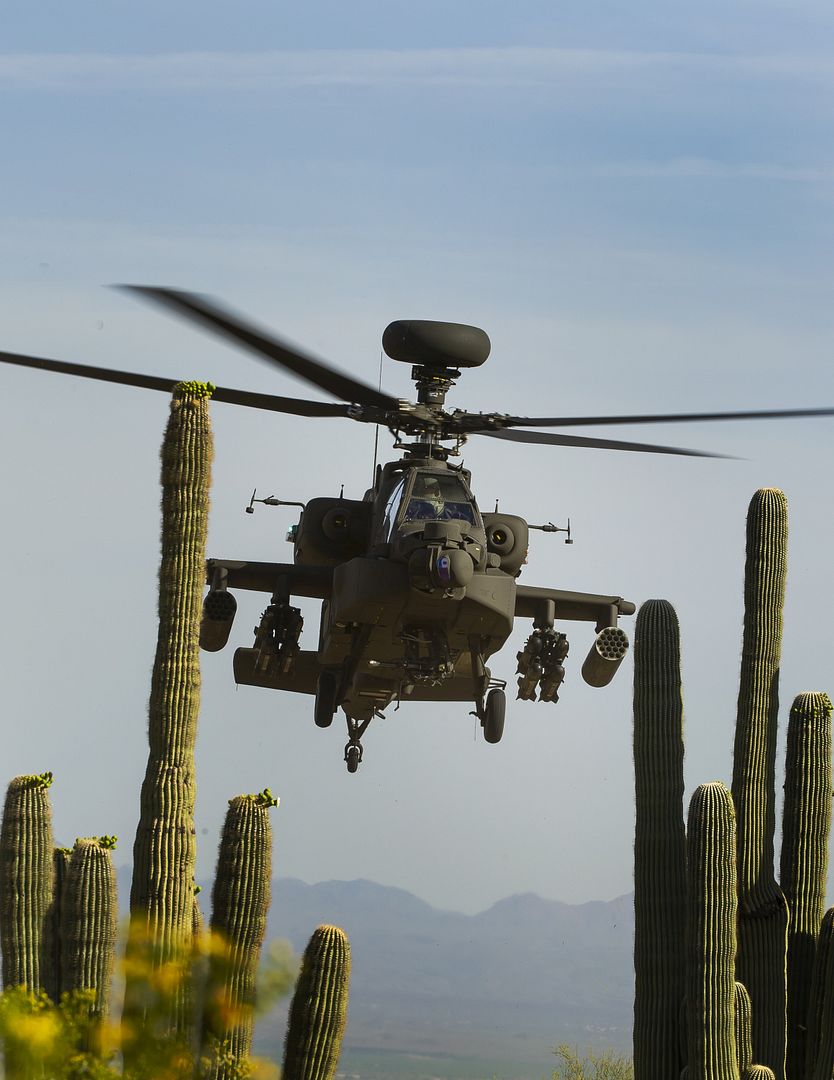
16 April 2020.
Returning to Siauliai Air Base after six years, the Royal Air Force will augment NATO?s peacetime mission here with a 150 strong Typhoon detachment conducting another deployment of Operation AZOTIZE.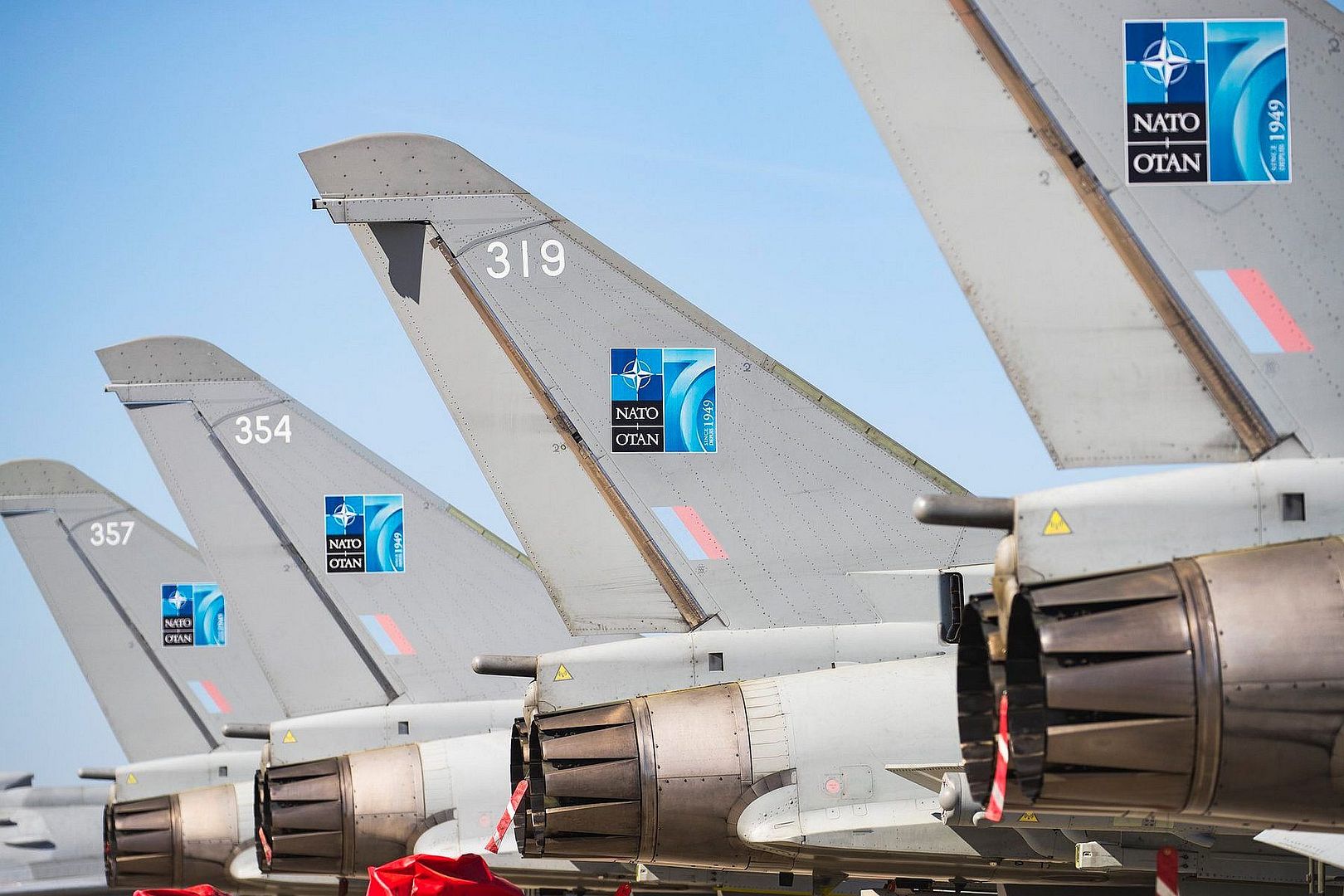
Formed around number 6 Squadron based at RAF Lossiemouth, Scotland, the Typhoon detachment is augmented by specialist personnel from across the RAF to ensure that the detachment is able to operate and meet its operational taskings. The RAF have previously deployed to the Baltic region during 2014, 2016, 2016 and 2019 as a the second Air Policing detachment under enhanced Air Policing. Additionally, the RAF has conducted NATO AP missions in the skies of Romania and Iceland, demonstrating Allied cooperation, interoperability and cohesion.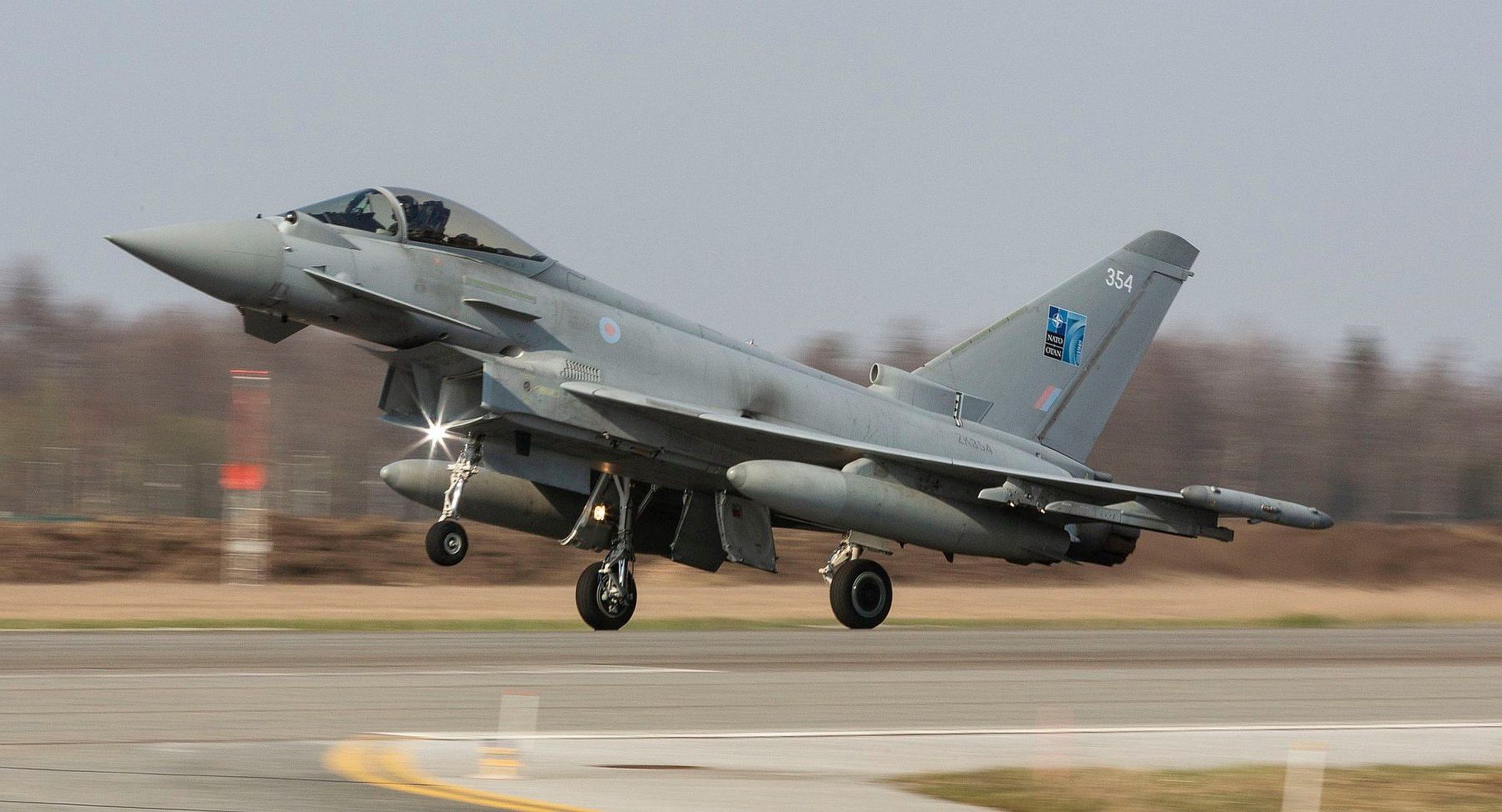
NATO?s Air Policing is a peacetime collective mission safeguarding the integrity of the Allies? airspace. All Allies contribute to this collective mission bringing a system of radar sites and air surveillance and control units as well as fighter aircraft together under the coordination of Allied Air Command. Via its two Combined Air Operation Centres at Uedem, Germany, and Torrejon, Spain, the Allies have successfully cooperated and ensure one single standard of Air Policing across NATO airspace in Europe. Allies without necessary air capabilities of their own e.g. Estonia, Latvia and Lithuania, are integrated into Air Policing by deploying Allied fighter detachments.
(photo's MOD)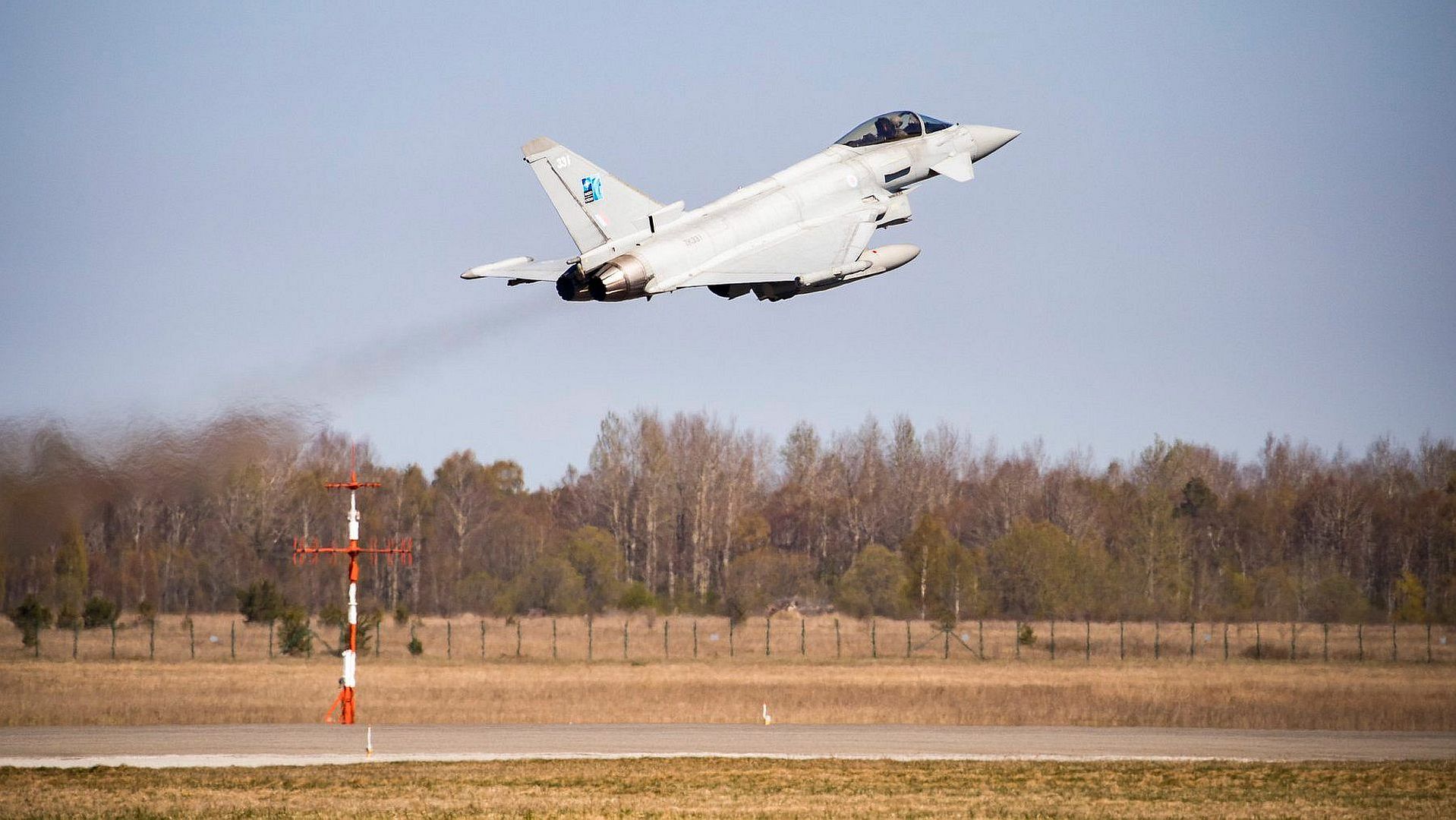
-
 Main AdminSOUTH CHINA SEA (April 16, 2020) An F-35B Lightning II assigned to the 31st Marine Expeditionary Unit (MEU), Marine Medium Tiltrotor Squadron (VMM) 265 (Reinforced) takes off from the flight deck of amphibious assault ship USS America (LHA 6). America, flagship of the America Expeditionary Strike Group, 31st MEU, is operating in the U.S. 7th Fleet area of operations to enhance interoperability with allies and partners and serve as a ready response force to defend peace and stability in the Indo-Pacific region. (U.S. Navy photo by Mass Communication Specialist 3rd Class Vance Hand)
Main AdminSOUTH CHINA SEA (April 16, 2020) An F-35B Lightning II assigned to the 31st Marine Expeditionary Unit (MEU), Marine Medium Tiltrotor Squadron (VMM) 265 (Reinforced) takes off from the flight deck of amphibious assault ship USS America (LHA 6). America, flagship of the America Expeditionary Strike Group, 31st MEU, is operating in the U.S. 7th Fleet area of operations to enhance interoperability with allies and partners and serve as a ready response force to defend peace and stability in the Indo-Pacific region. (U.S. Navy photo by Mass Communication Specialist 3rd Class Vance Hand)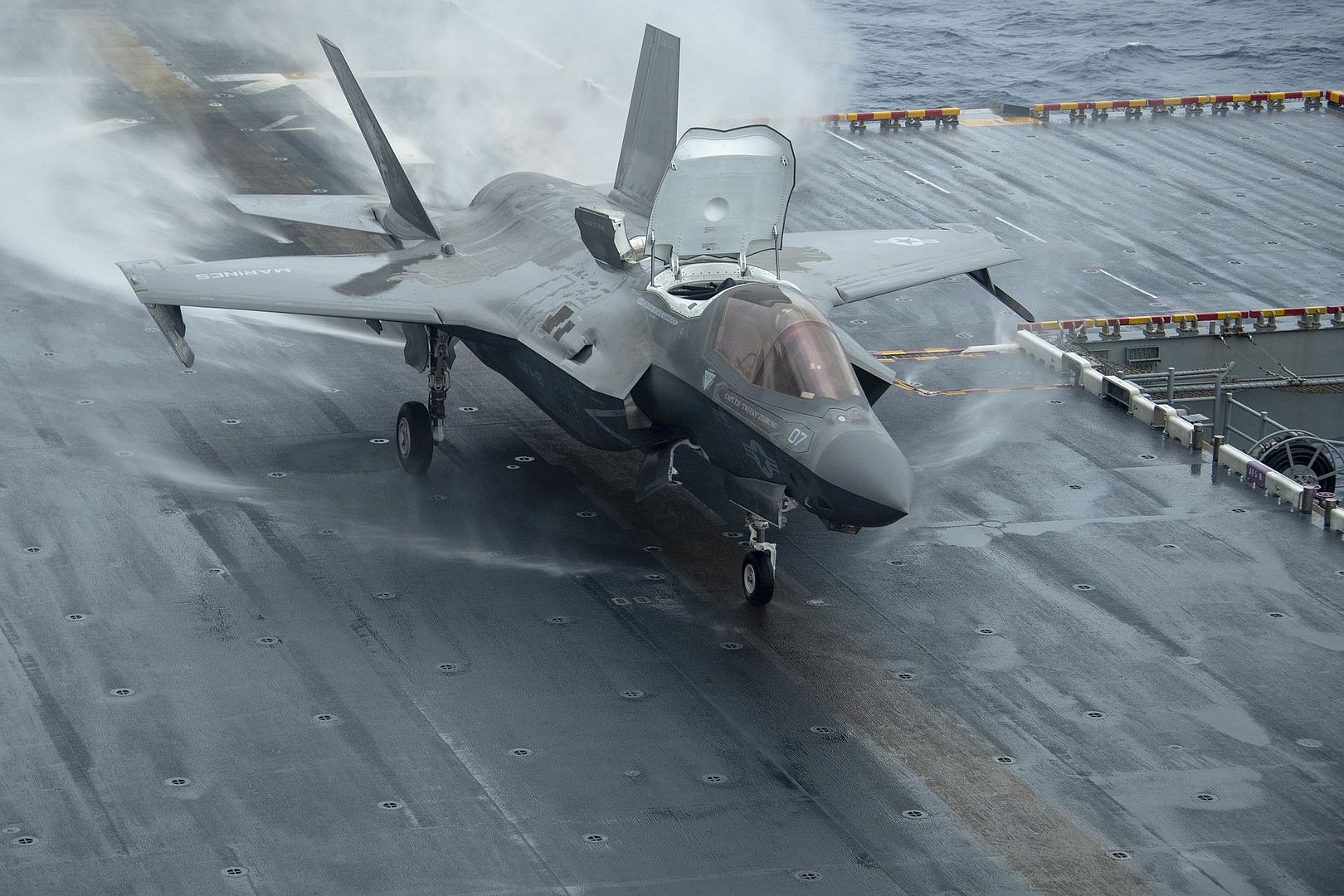
An F-15E Strike Eagle assigned to the 492nd Fighter Squadron prepares to touch down at Royal Air Force Lakenheath, England, April 16, 2020. The 492nd FS conducts routine training to ensure the Liberty Wing brings unique air combat capabilities to the fight when called upon by U.S. Air Forces in Europe-Air Forces Africa. (U.S. Air Force photo by Airman 1st Class Jessi Monte)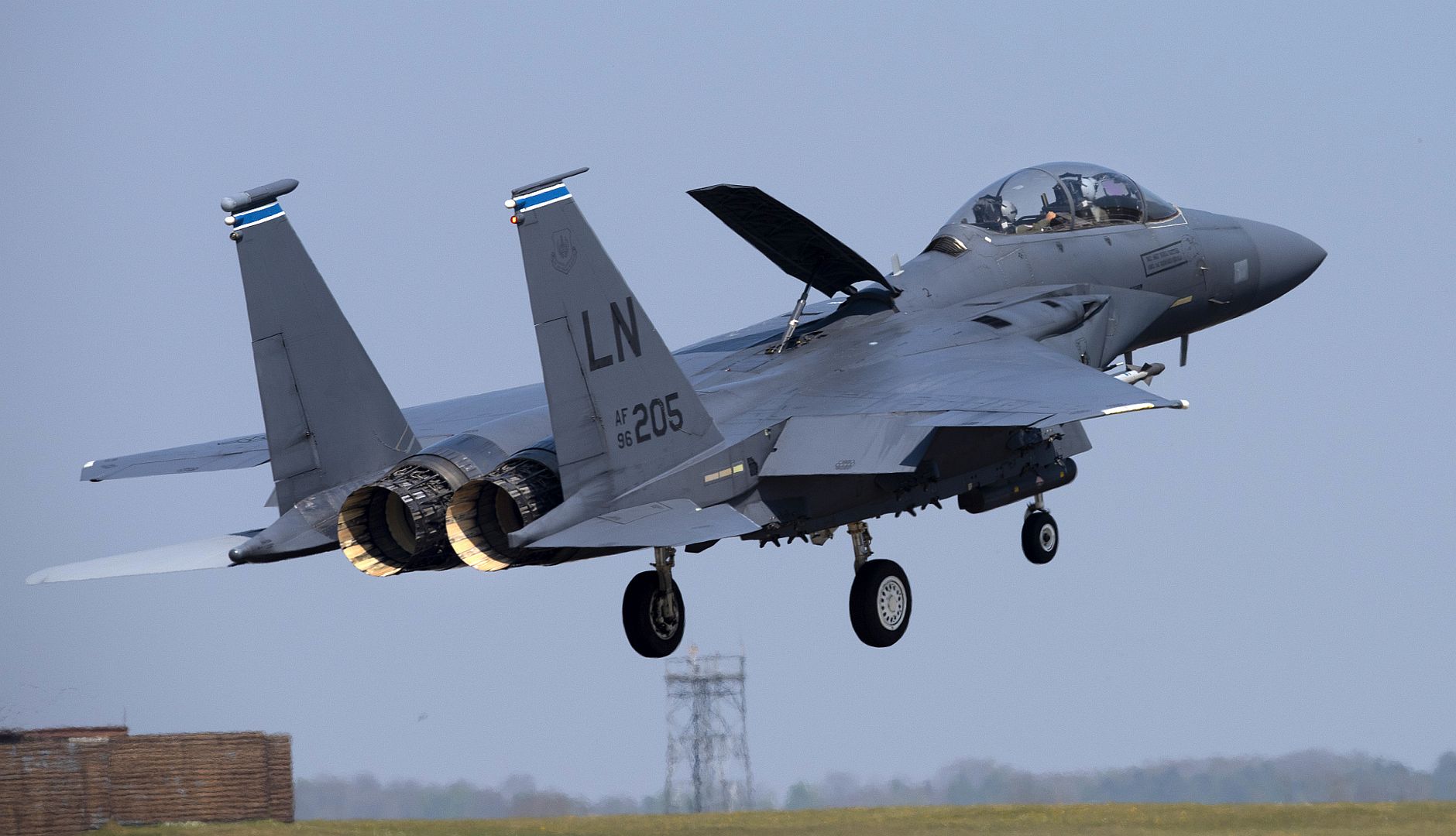
An F-15E Strike Eagle assigned to the 494th Fighter Squadron takes off at Royal Air Force Lakenheath, England, April 16, 2020. Despite the current COVID-19 crisis, the 48th Fighter Wing has a commitment to be ready to deliver combat air power when called upon by U.S. Air Forces in Europe-Air Forces Africa. (U.S. Air Force photo by Airman 1st Class Jessi Monte)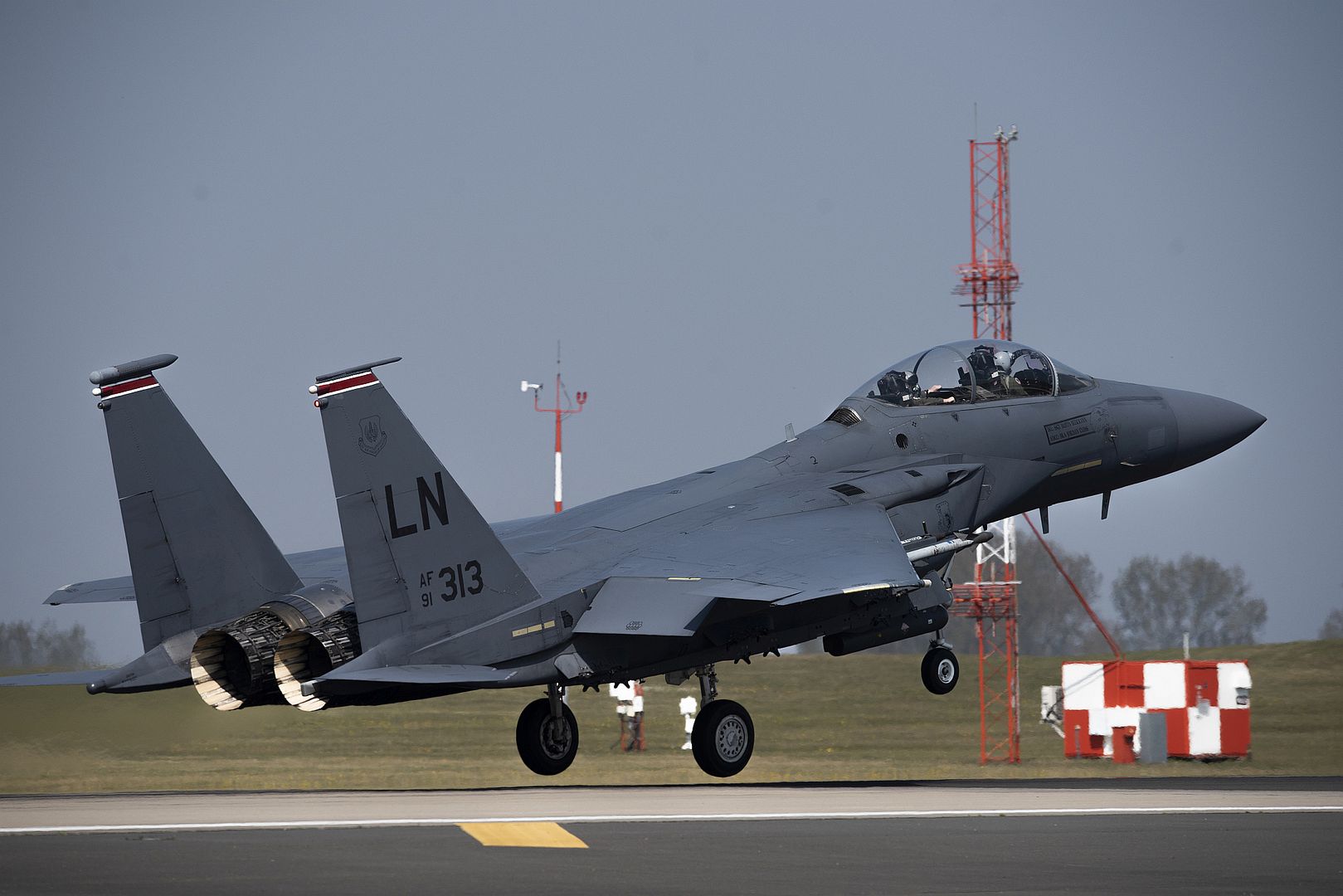
17.04.2020
In the Murmansk region, exercise with combined aviation regiment was held at Olenegorsk military airfield as part of check for the winter training period.
Within the framework of the event, the preparation of aviation equipment, flight and engineering personnel for performing tasks for their intended purpose was checked.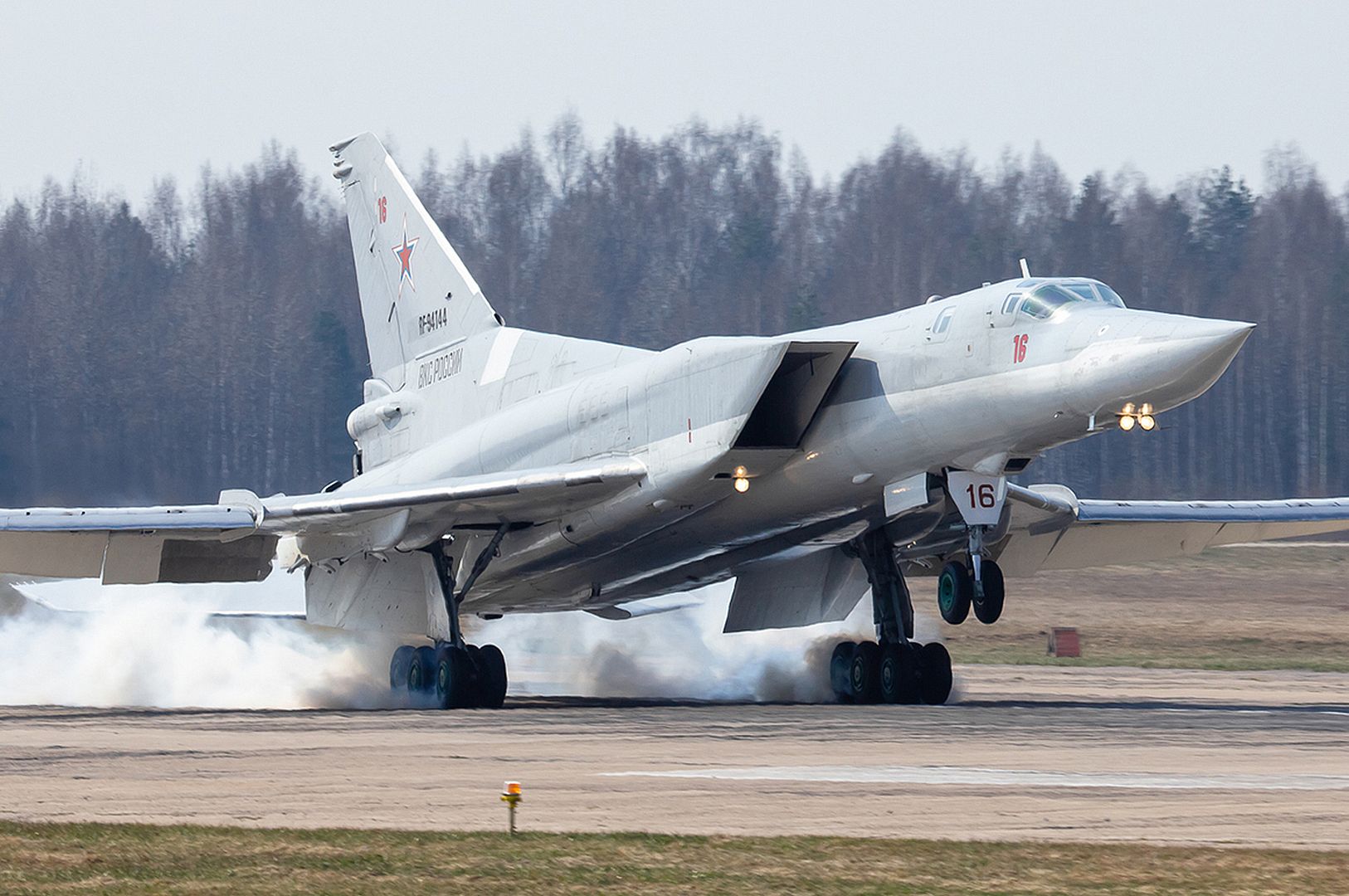
The crews of long-range aviation practiced relocation to an operational airfield, piloting in difficult weather conditions, search and rescue operations on the high seas, and combat use of aviation weapons for the naval targets of a mock enemy.
Particular attention was paid to temporary standards for the preparation of aircraft for a second flight.
The exercise was led by the commander of the guards long-range aviation unit, Major General Oleg Pchela.
The event involved Tu-22M3 long-range bombers, An-12 transport aircraft and Mi-8 helicopters.
Getafe, 17 April 2020 ? Airbus has achieved the first ever fully automatic air-to-air refuelling (A3R) operation with a boom system. The flight test campaign, conducted earlier in the year over the Atlantic Ocean, involved an Airbus tanker test aircraft equipped with the Airbus A3R solution, with an F-16 fighter aircraft of the Portuguese Air Force acting as a receiver.
This milestone is part of the industrialisation phase of A3R systems ahead of its implementation in the A330 MRTT tanker development.
The campaign achieved a total of 45 flight test hours and 120 dry contacts with the A3R system, covering the whole aerial refuelling envelope, as the F-16 and MRTT consolidate the maturity and capabilities of the development at this stage. The certification phase will start in 2021.
Didier Plantecoste, Airbus Head of Tanker and Derivatives Programmes, said: ?The achievement of this key milestone for the A3R programme highlights the A330 MRTT?s excellent capability roadmap development and once more confirms that our tanker is the world?s reference for present and future refuelling operations. Our special thanks go to the Portuguese Air Force for their continued support and help on this crucial development?.
The A3R system requires no additional equipment on the receiver aircraft and is intended to reduce air refuelling operator (ARO) workload, improve safety and optimise the rate of air-to-air refuelling transfer in operational conditions, helping maximise aerial superiority. The goal for the A3R system is to develop technologies that will reach fully autonomous capabilities.
Once the system is activated by the ARO, the A3R flies the boom automatically and keeps the alignment between the boom tip and the receiver receptacle with an accuracy of a couple of centimeters; the proper alignment and the receiver stability is checked in real-time to keep a safe distance between the boom and the receiver and also to determine the optimum moment to extend the telescopic beam to achieve the connection with the receiver. At this point, the fuel transfer is initiated to fill up the receiver aircraft and once completed and the disconnection is commanded, the boom is cleared away from the receiver by retracting the telescopic beam and flying the boom away to keep a safe separation distance. During this process, the ARO simply monitors the operation.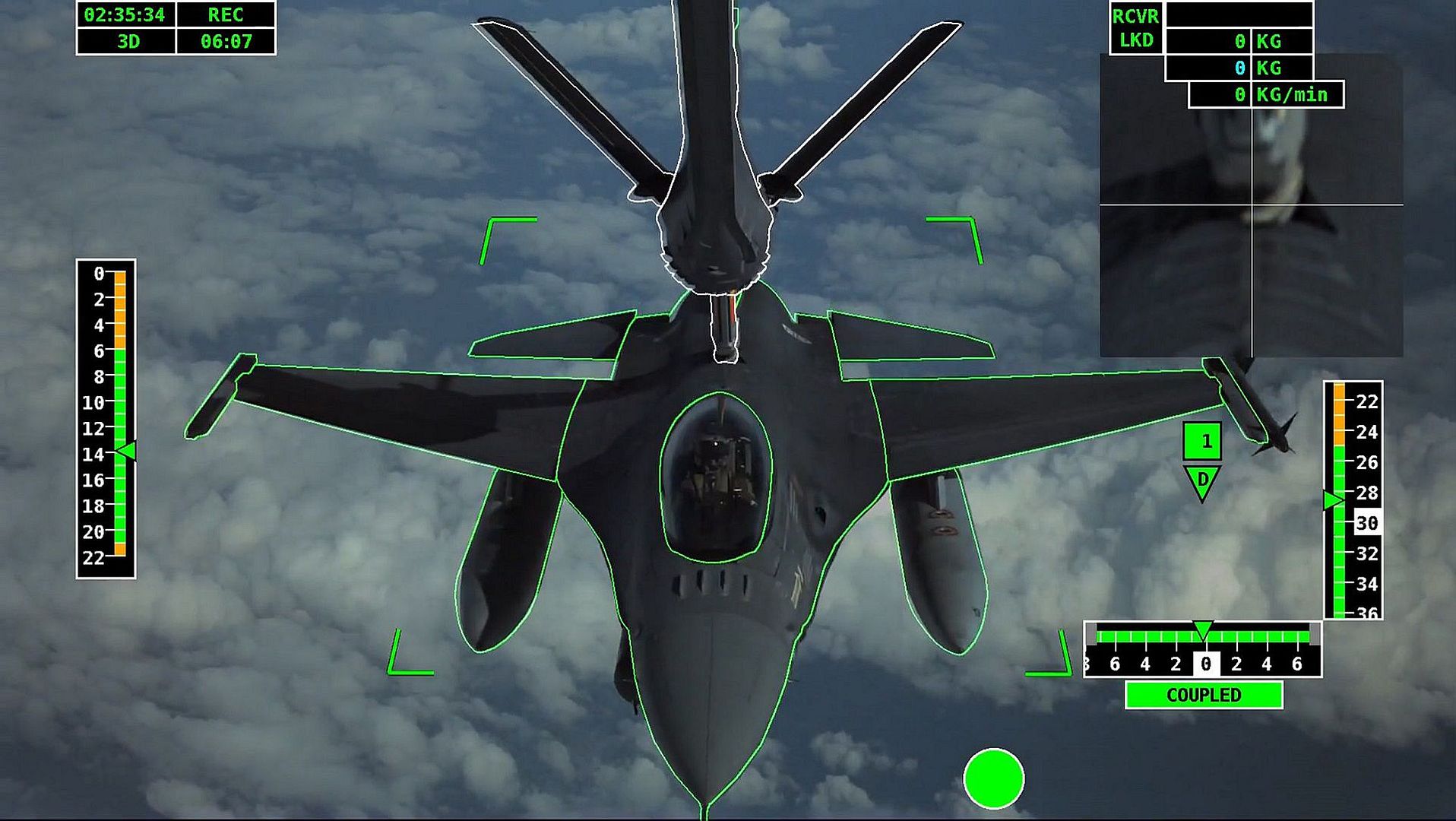
Post a reply
- Go to Previous topic
- Go to Next topic
- Go to Welcome
- Go to Introduce Yourself
- Go to General Discussion
- Go to Screenshots, Images and Videos
- Go to Off topic
- Go to Works in Progress
- Go to Skinning Tips / Tutorials
- Go to Skin Requests
- Go to IJAAF Library
- Go to Luftwaffe Library
- Go to RAF Library
- Go to USAAF / USN Library
- Go to Misc Library
- Go to The Ops Room
- Go to Made in Germany
- Go to Campaigns and Missions
- Go to Works in Progress
- Go to Juri's Air-Raid Shelter
- Go to Campaigns and Missions
- Go to Works in Progress
- Go to Skinpacks
- Go to External Projects Discussion
- Go to Books & Resources
